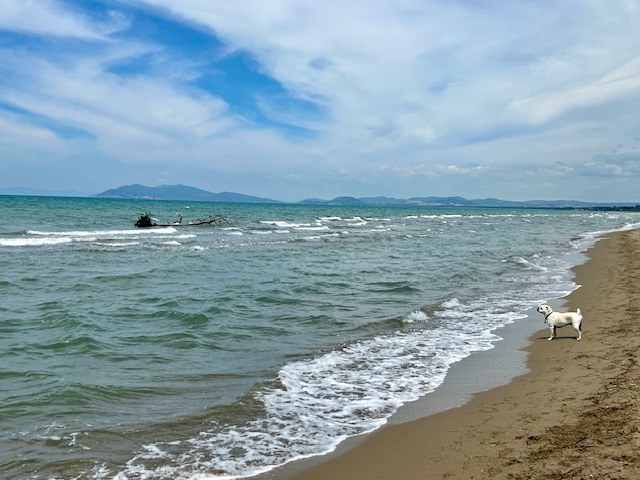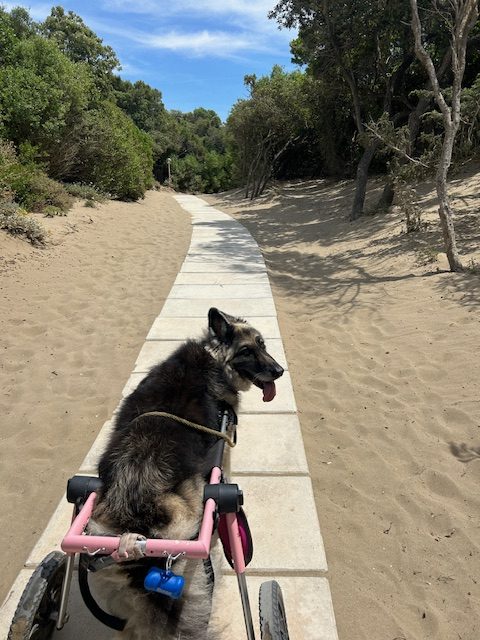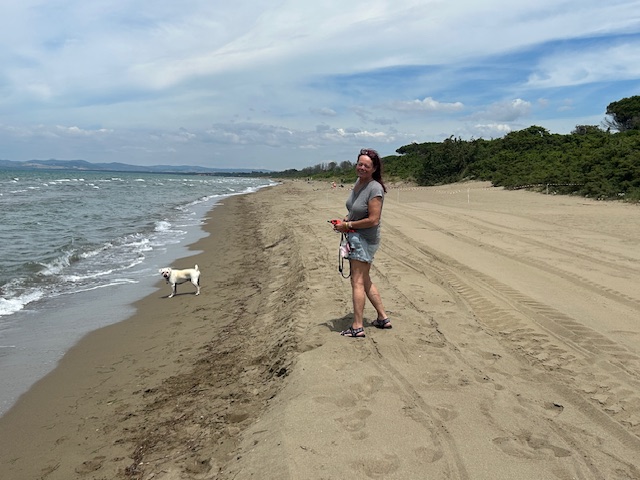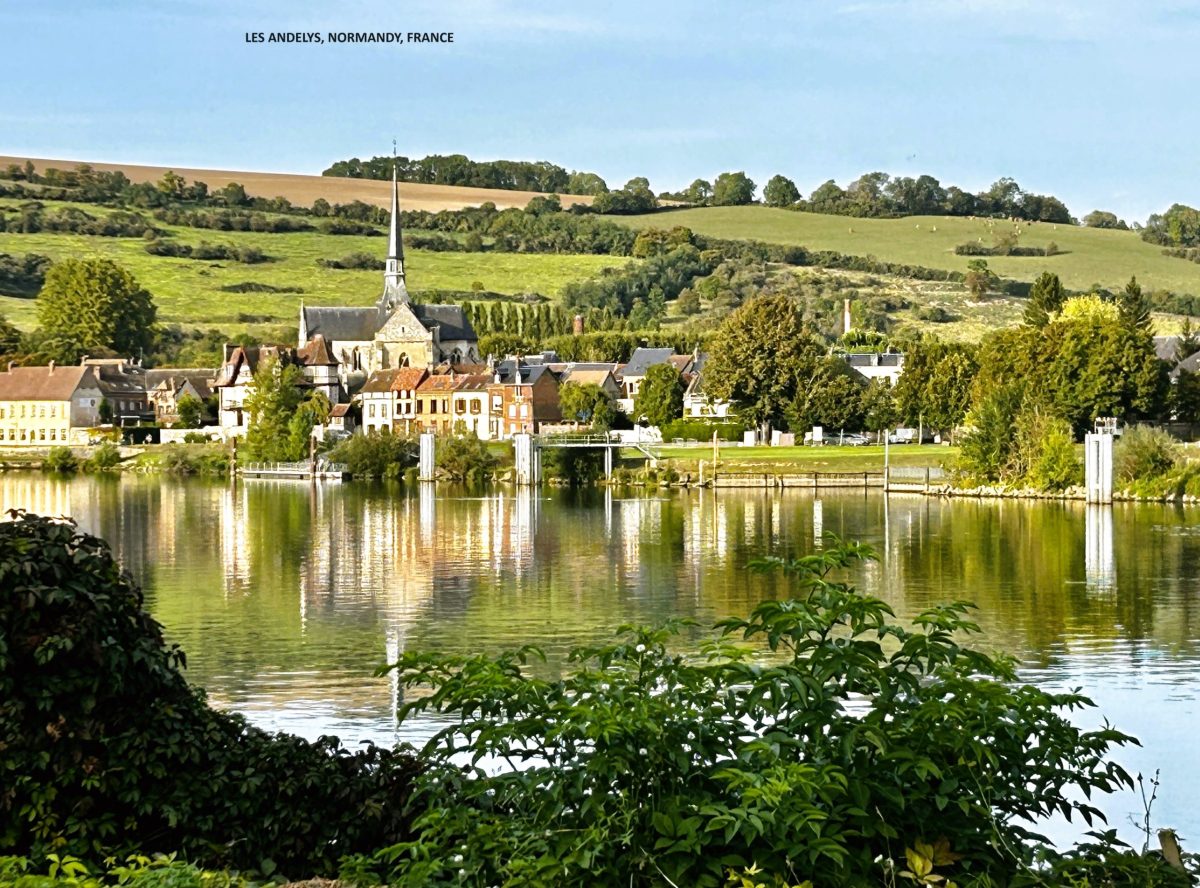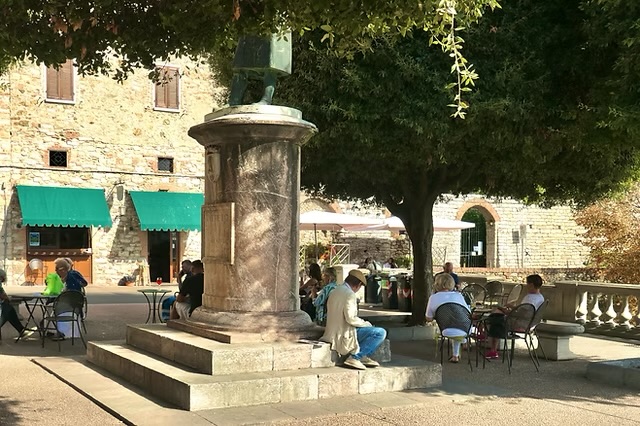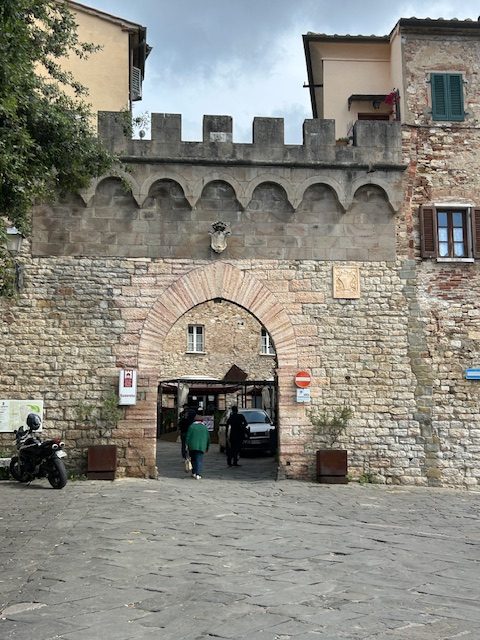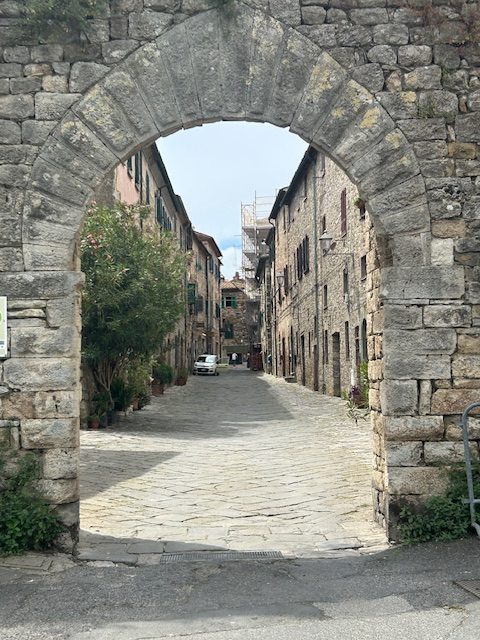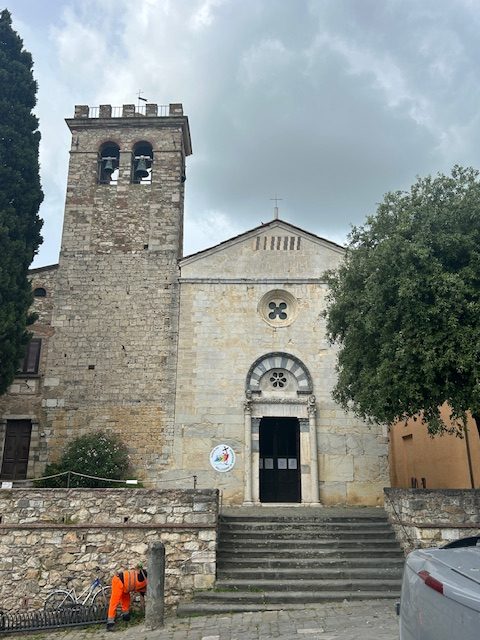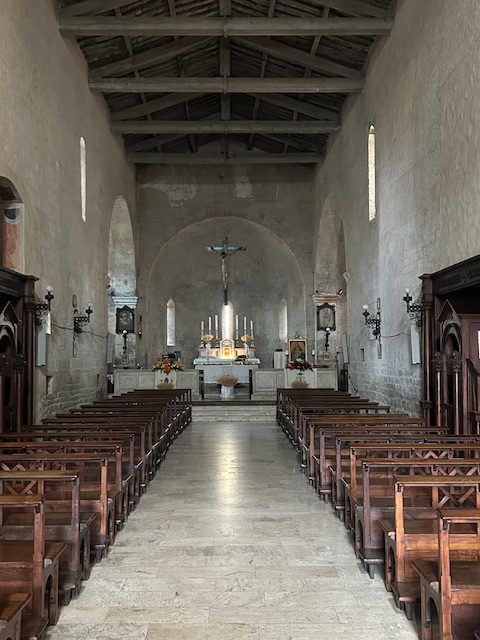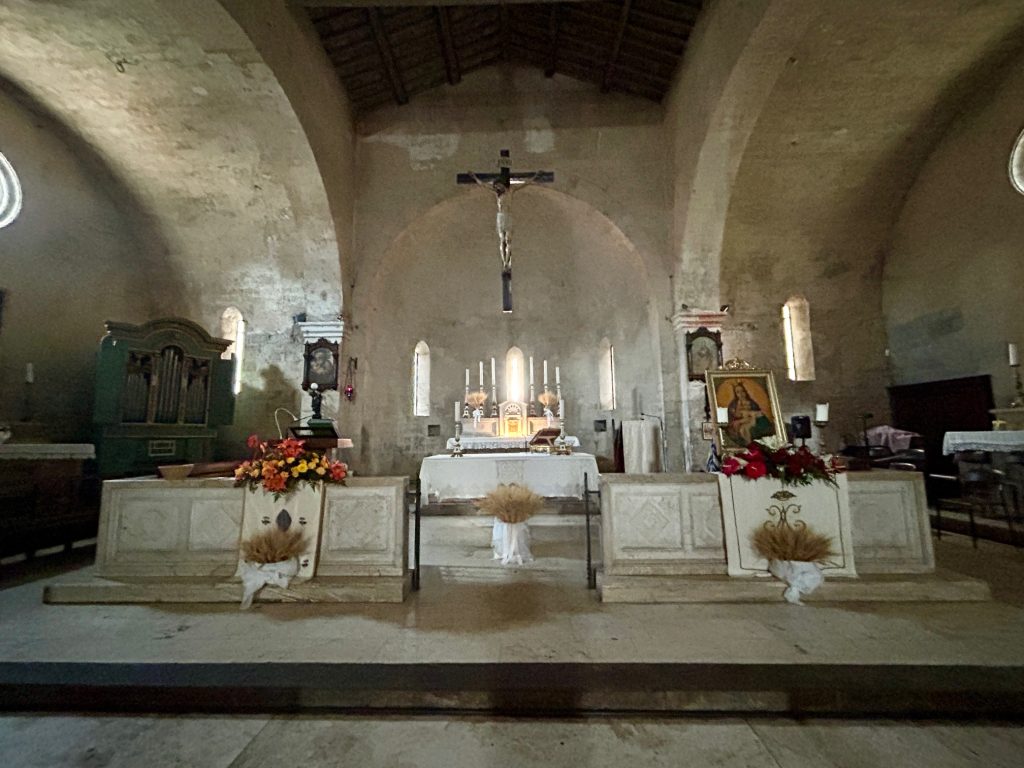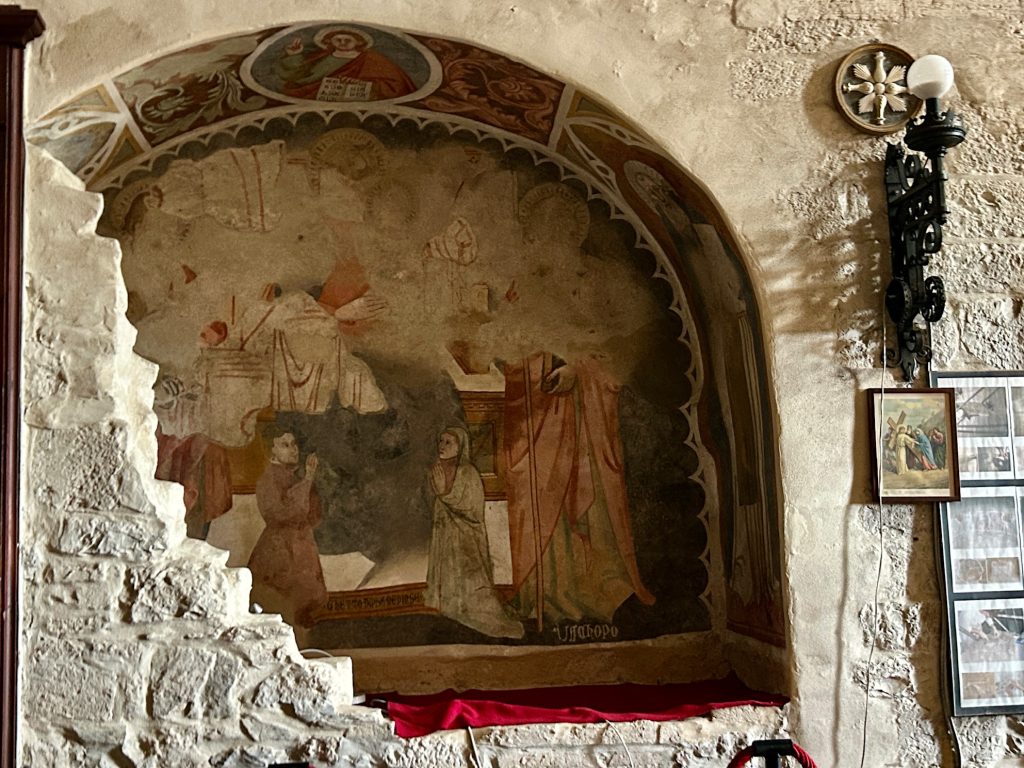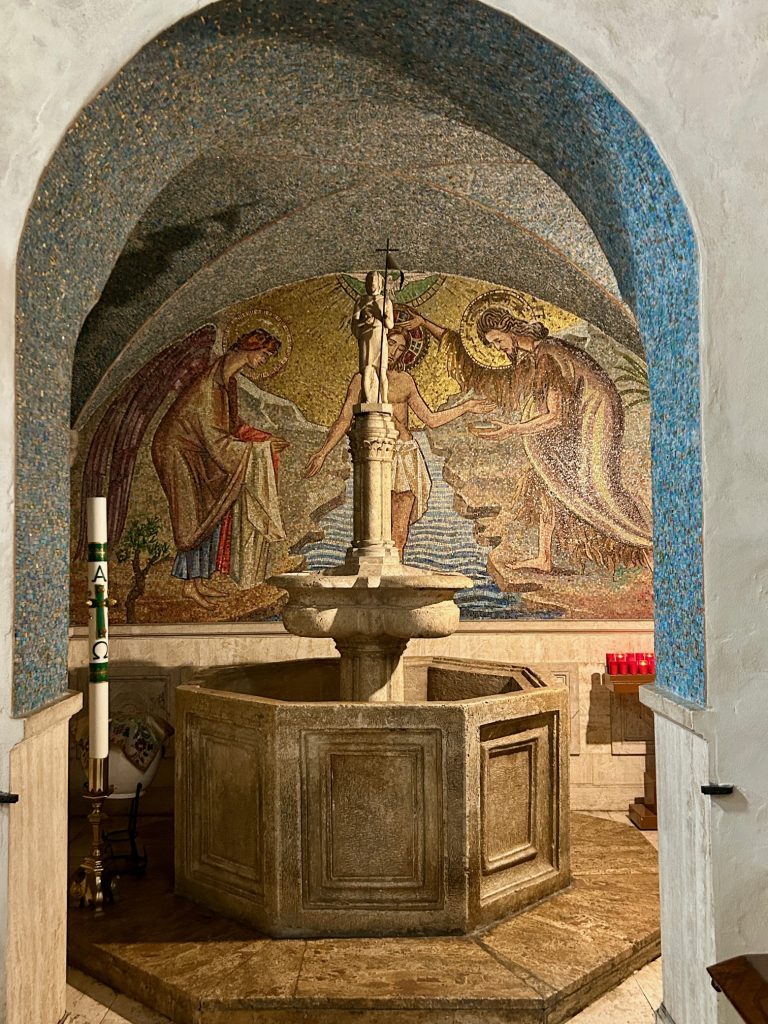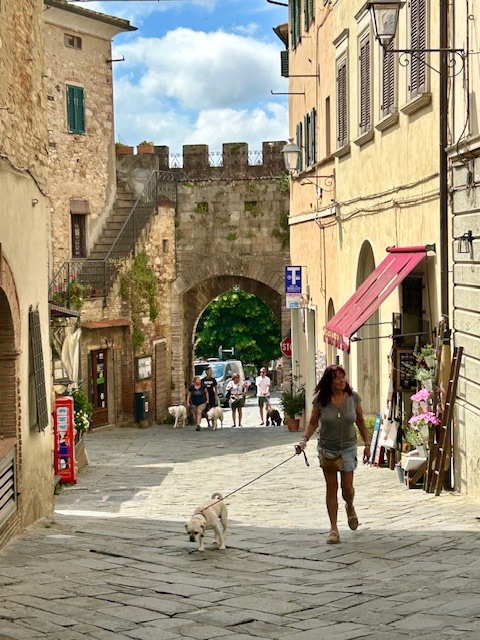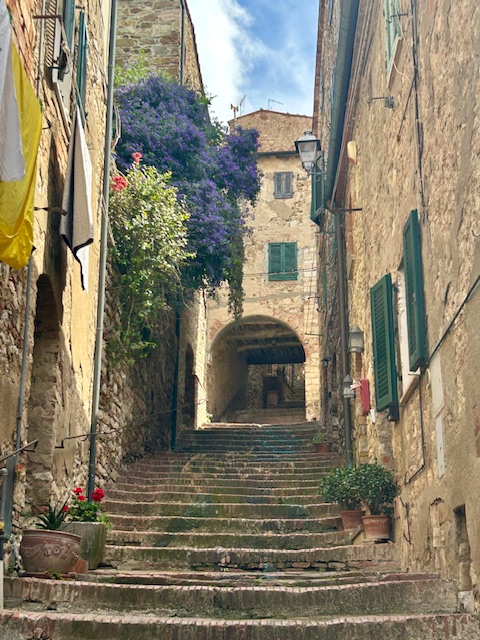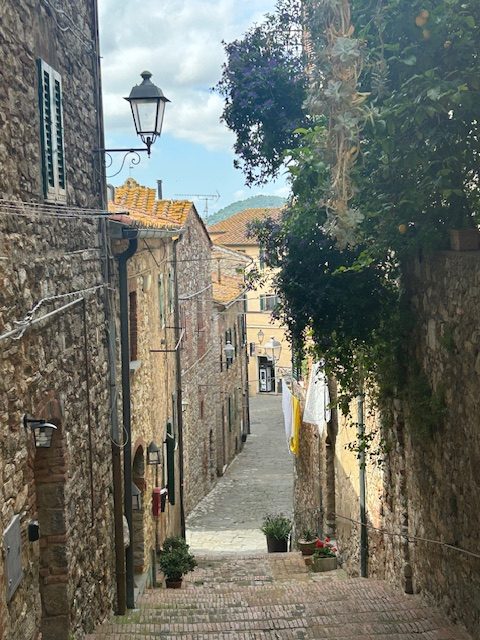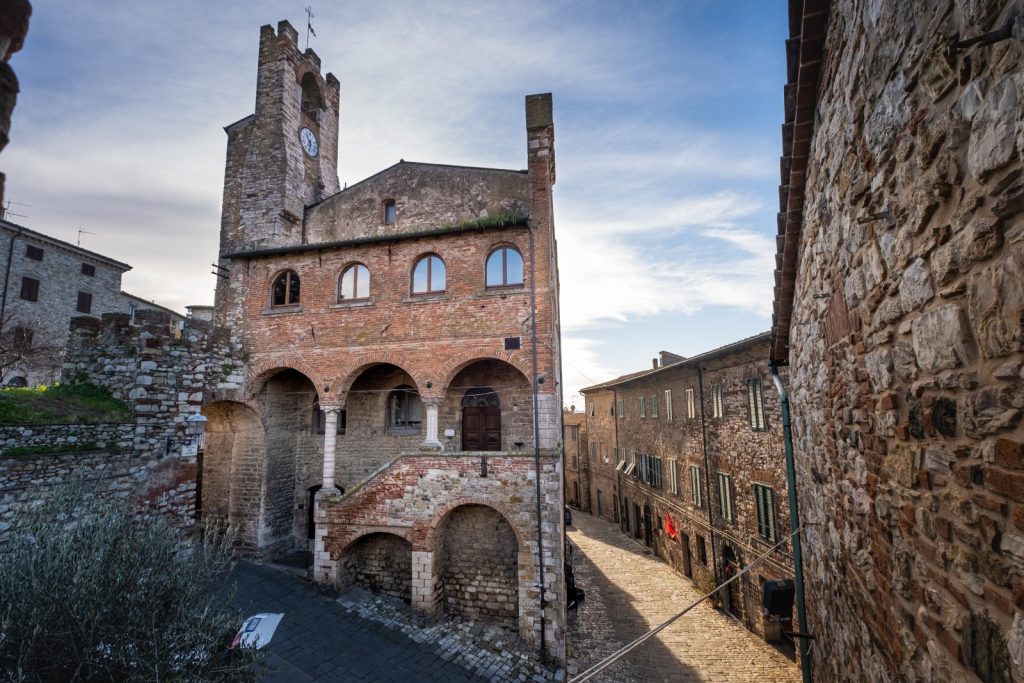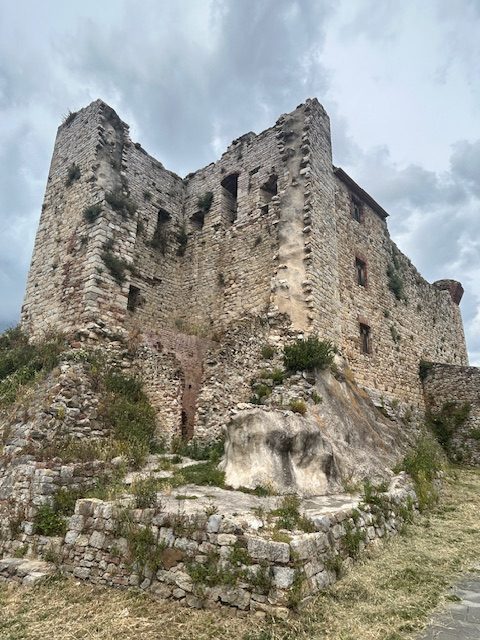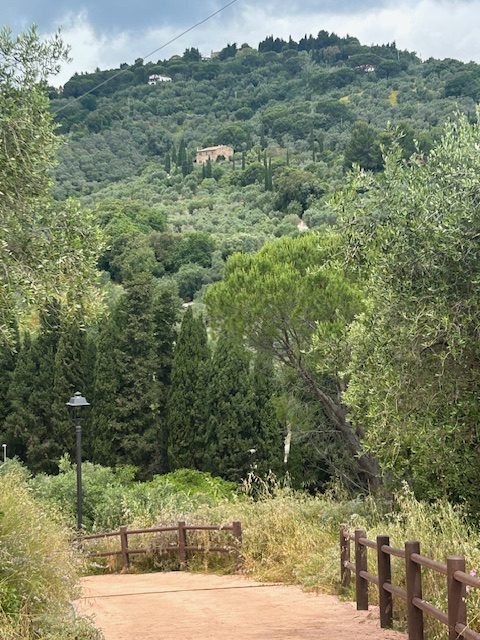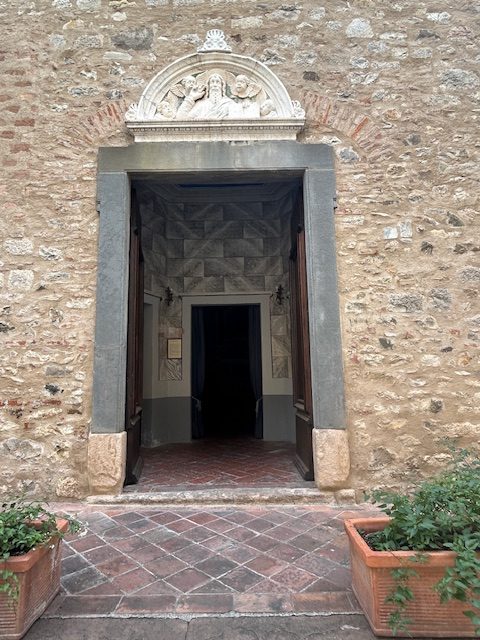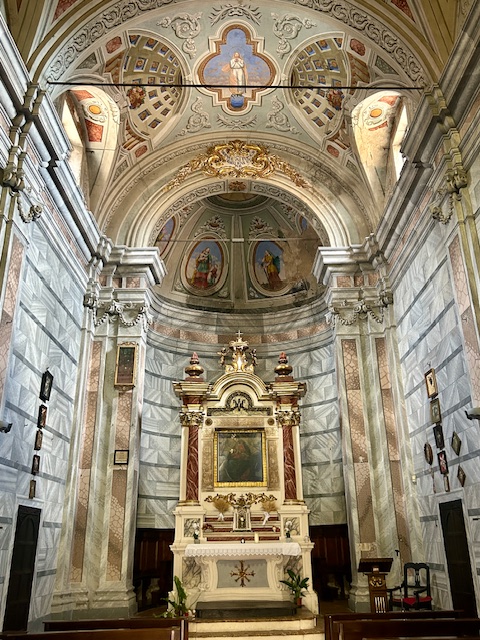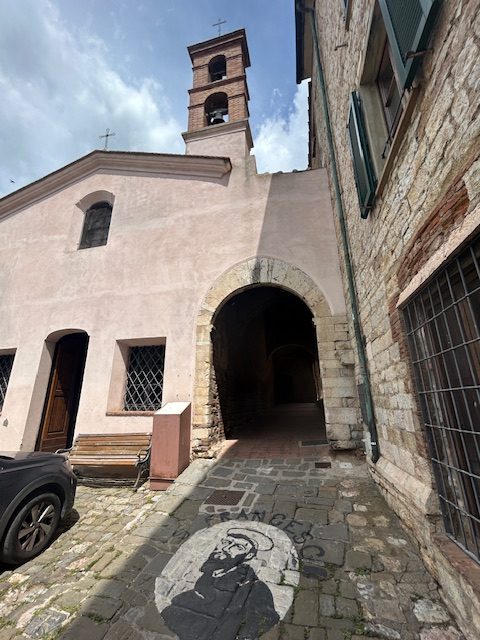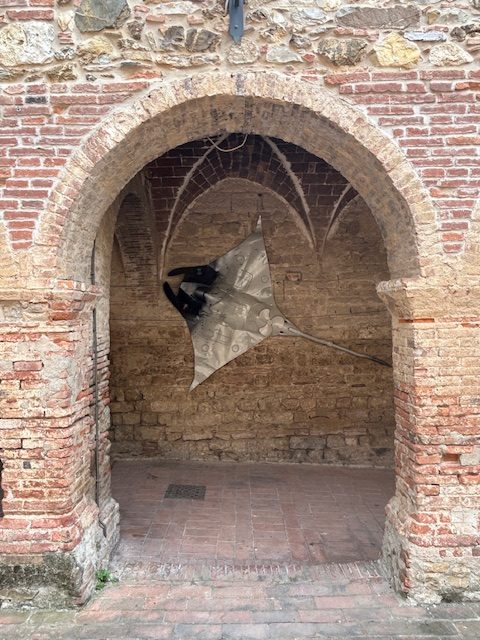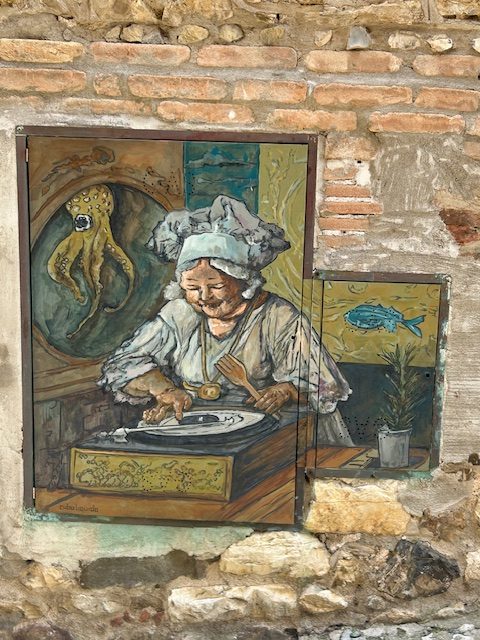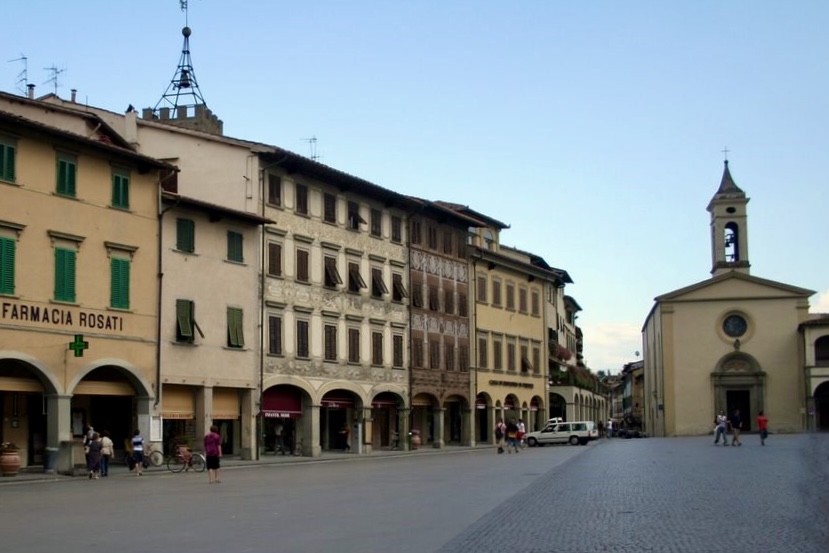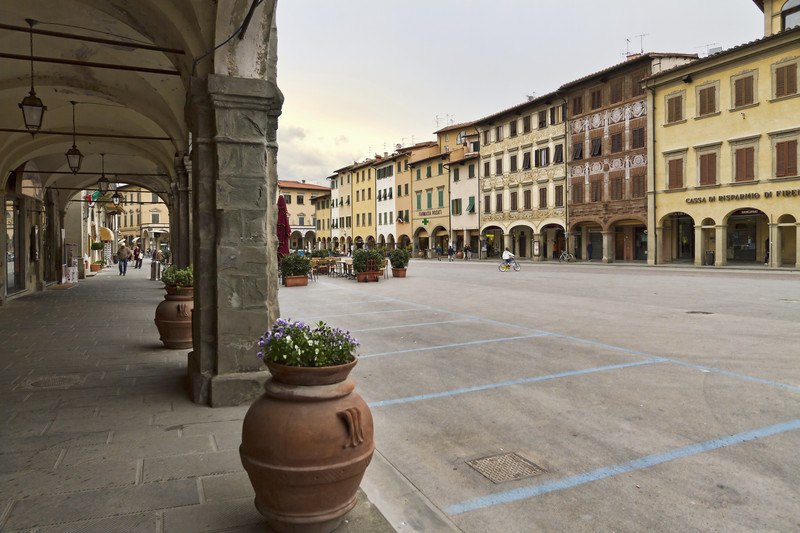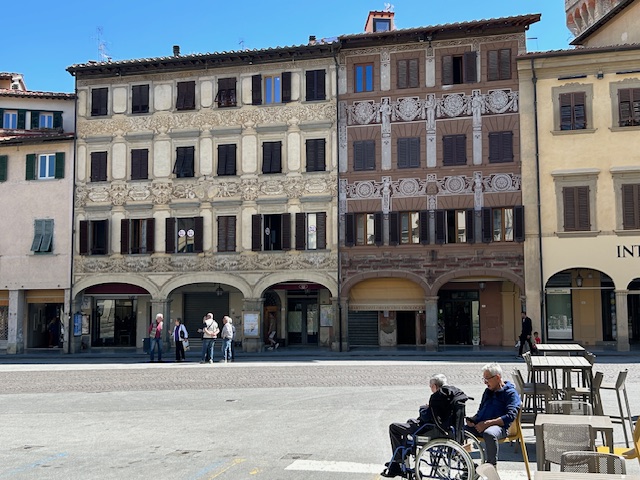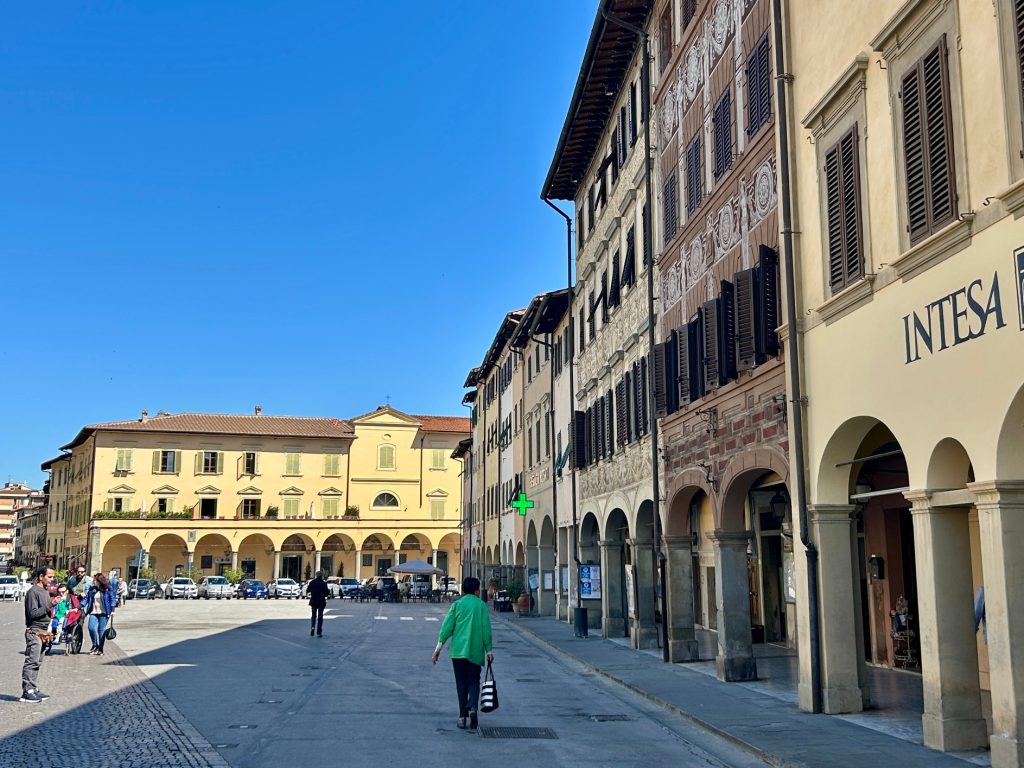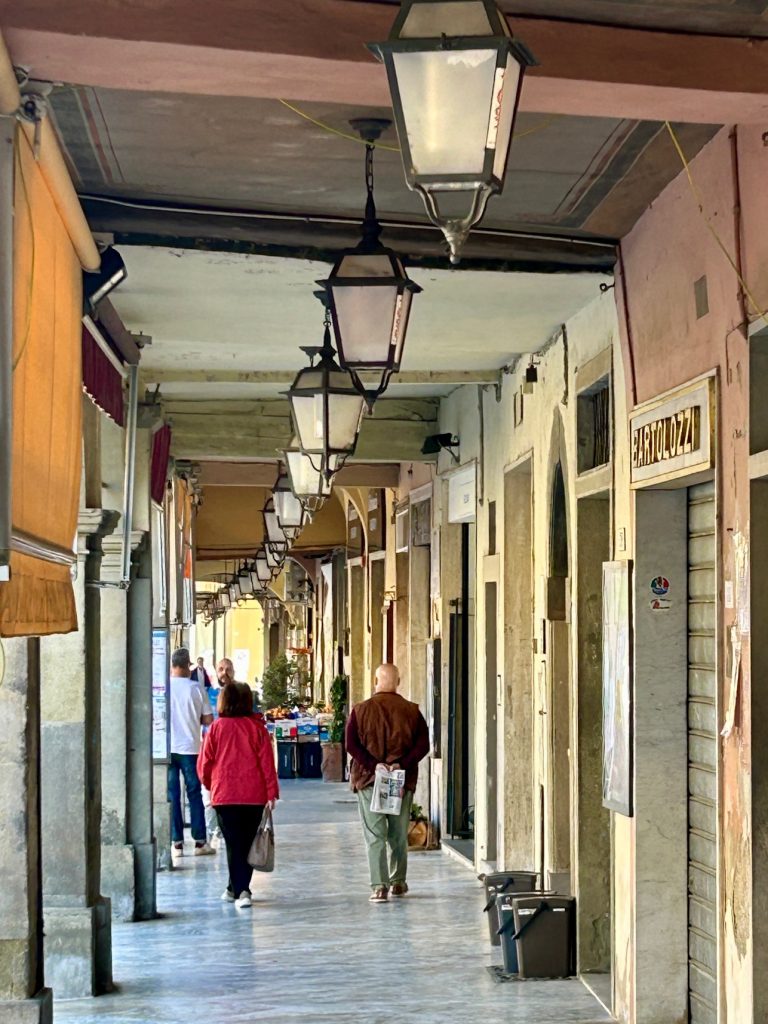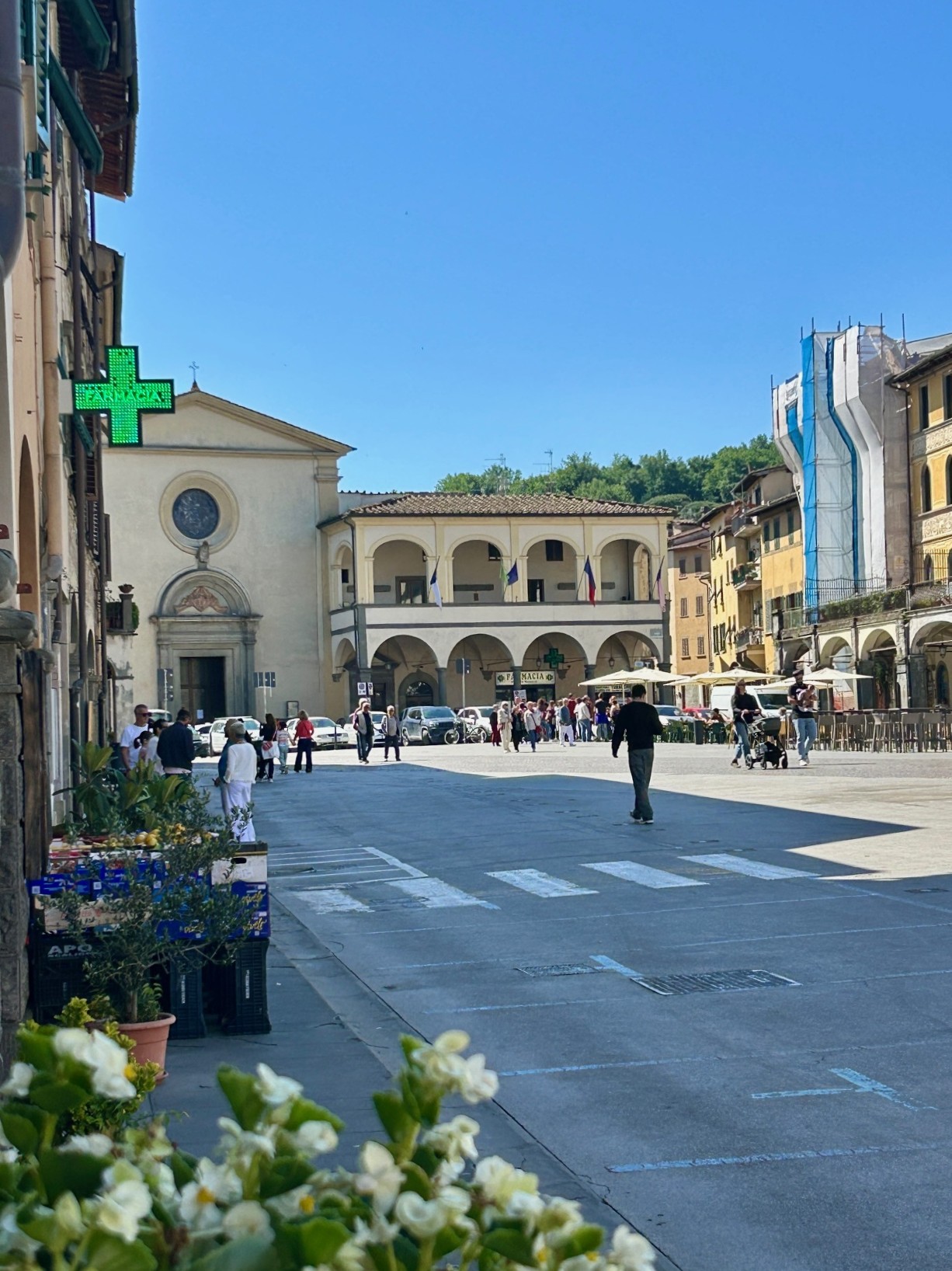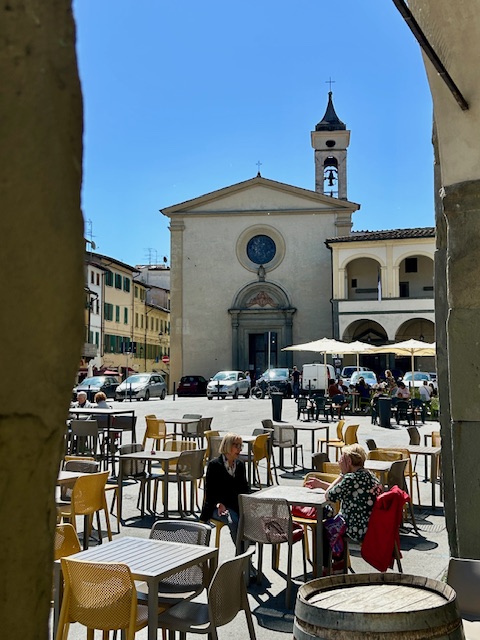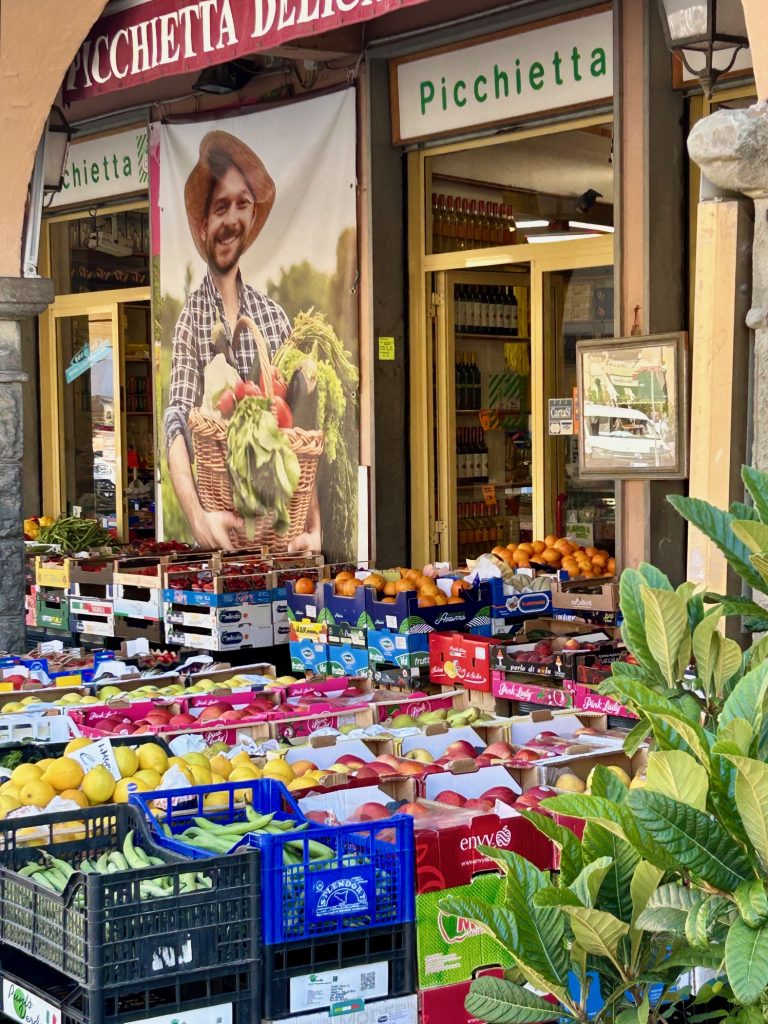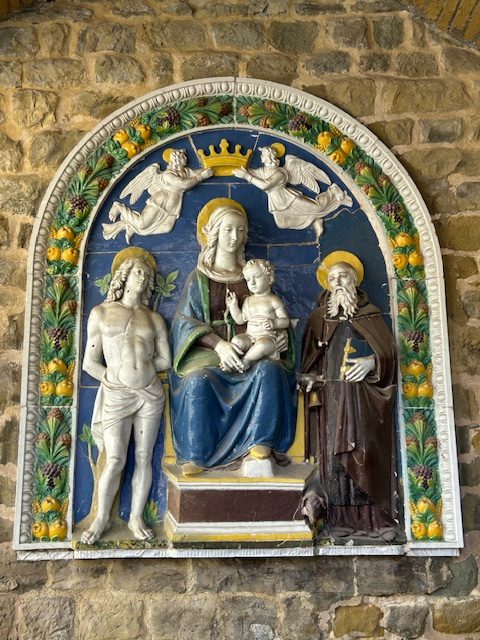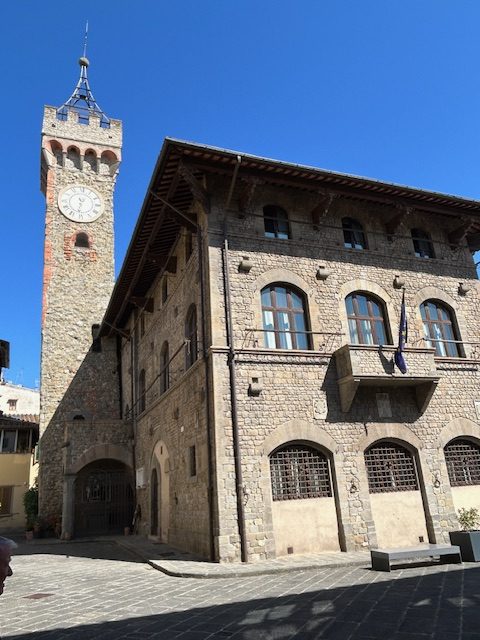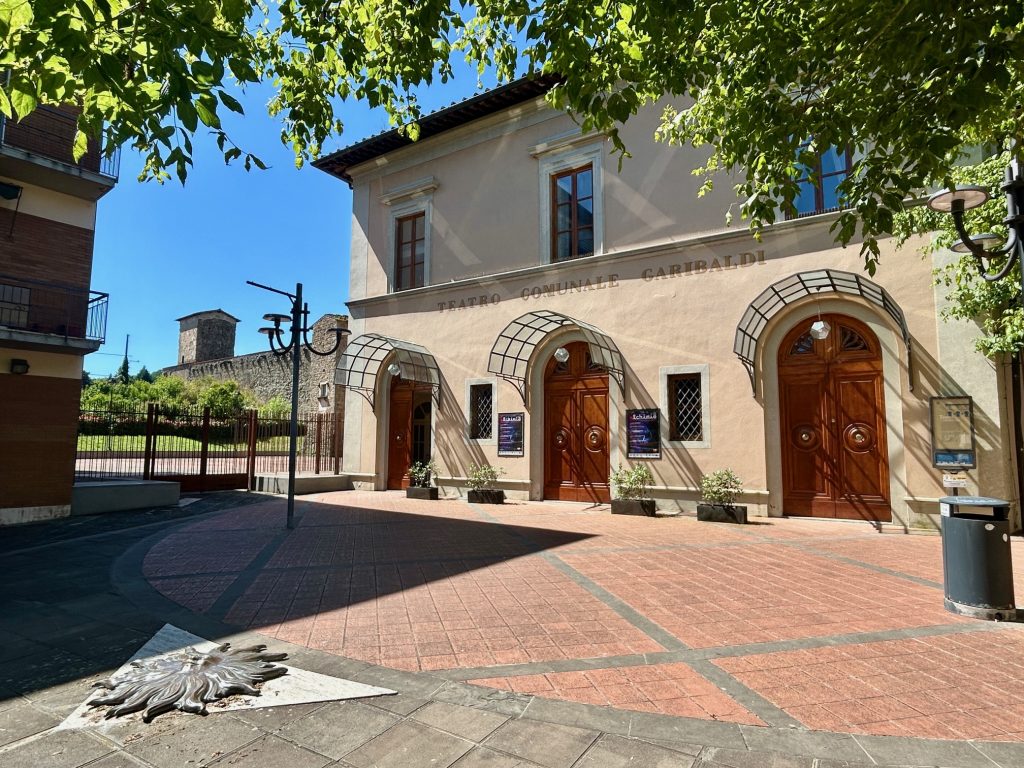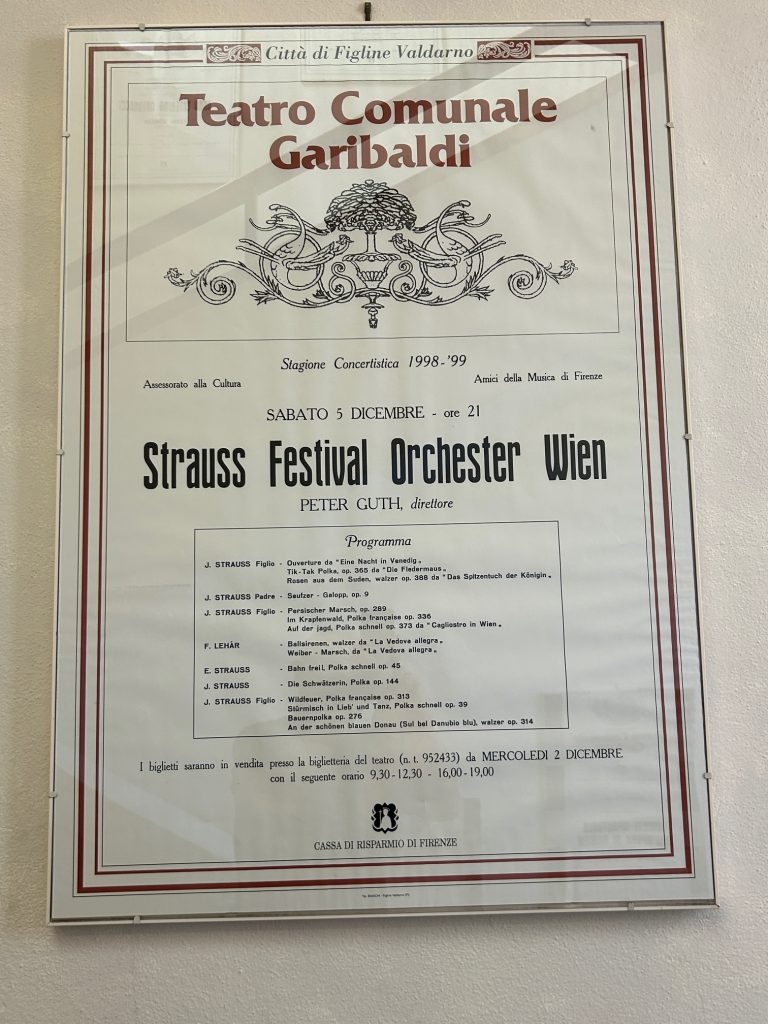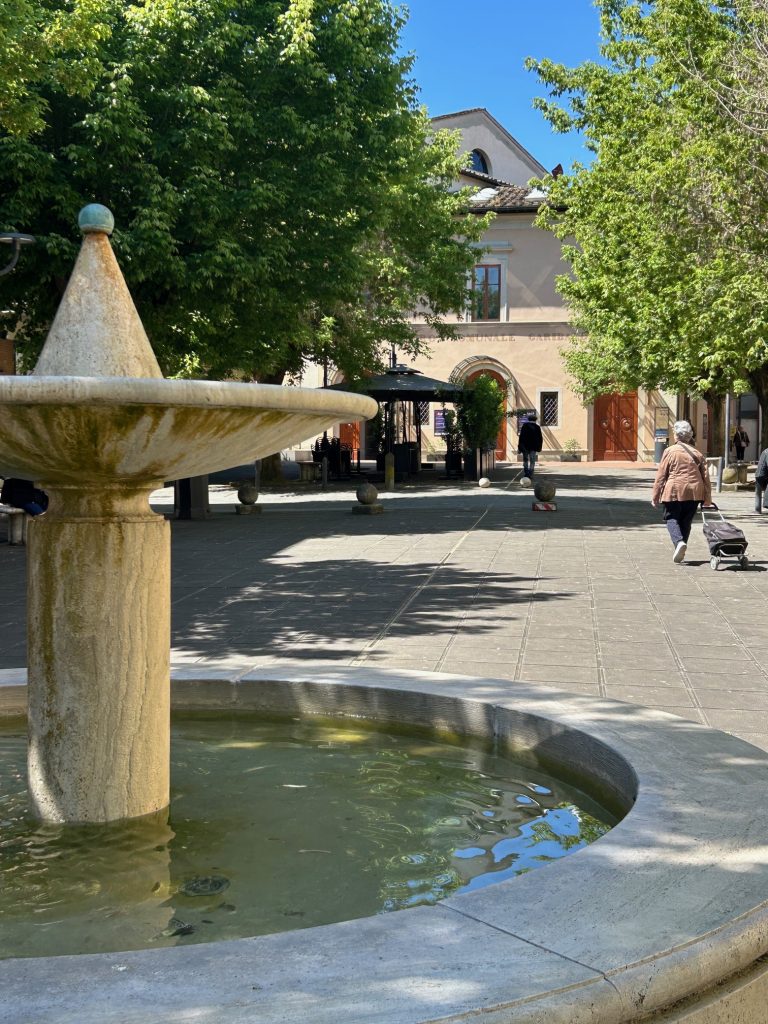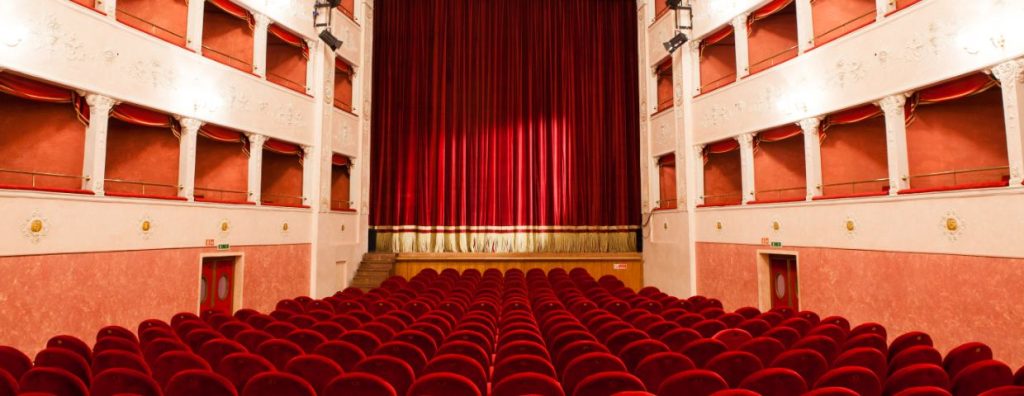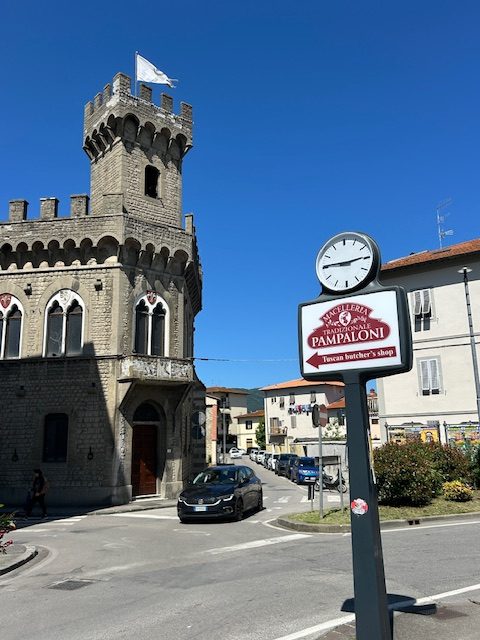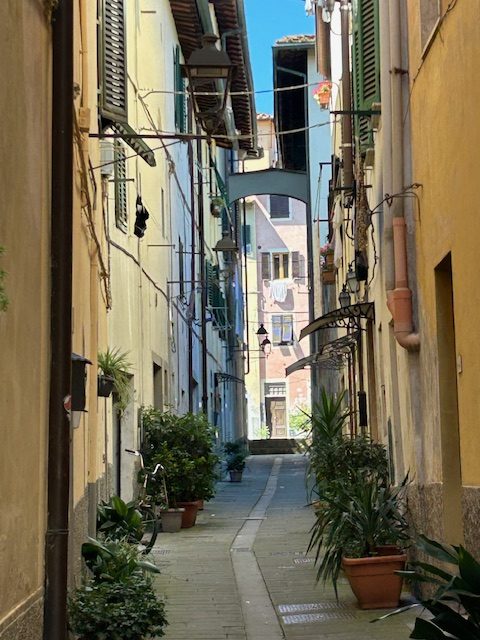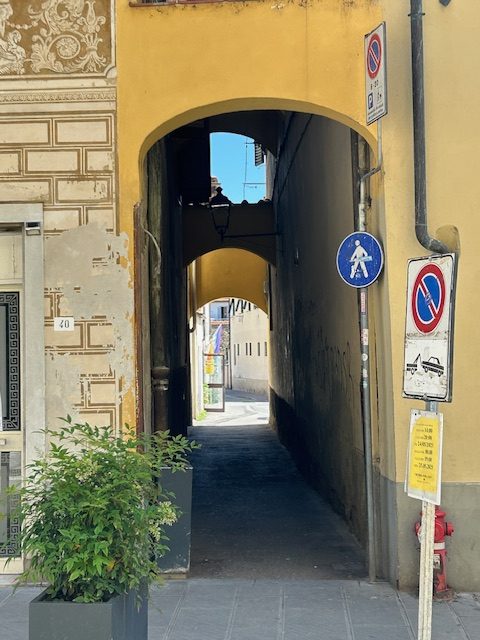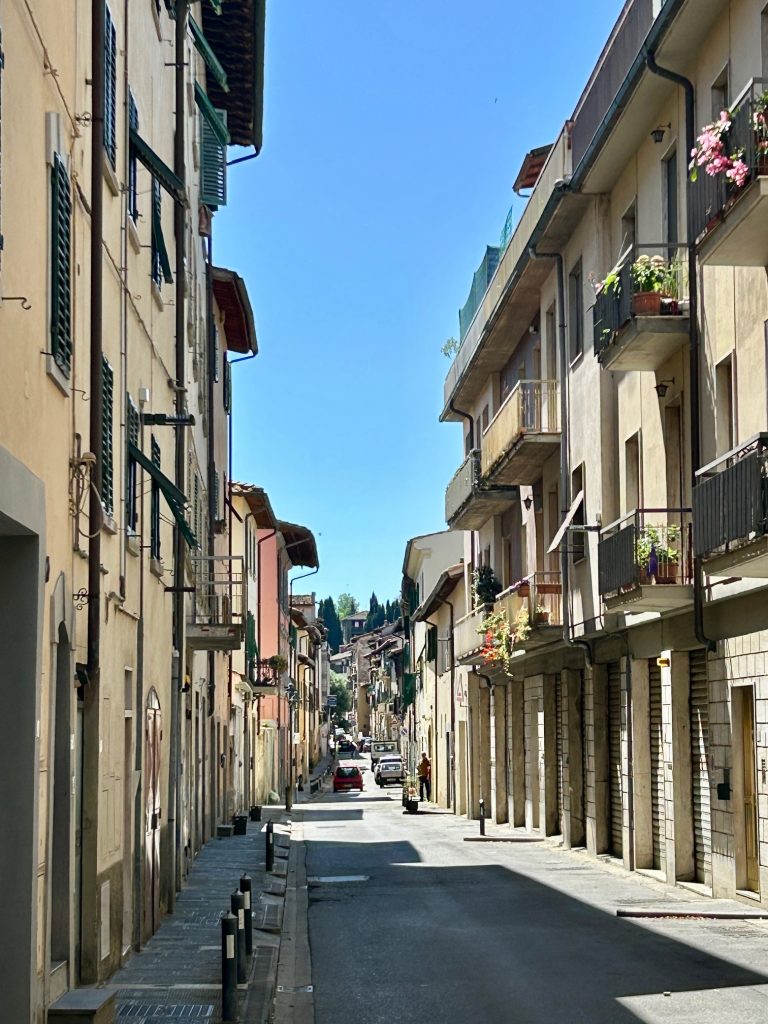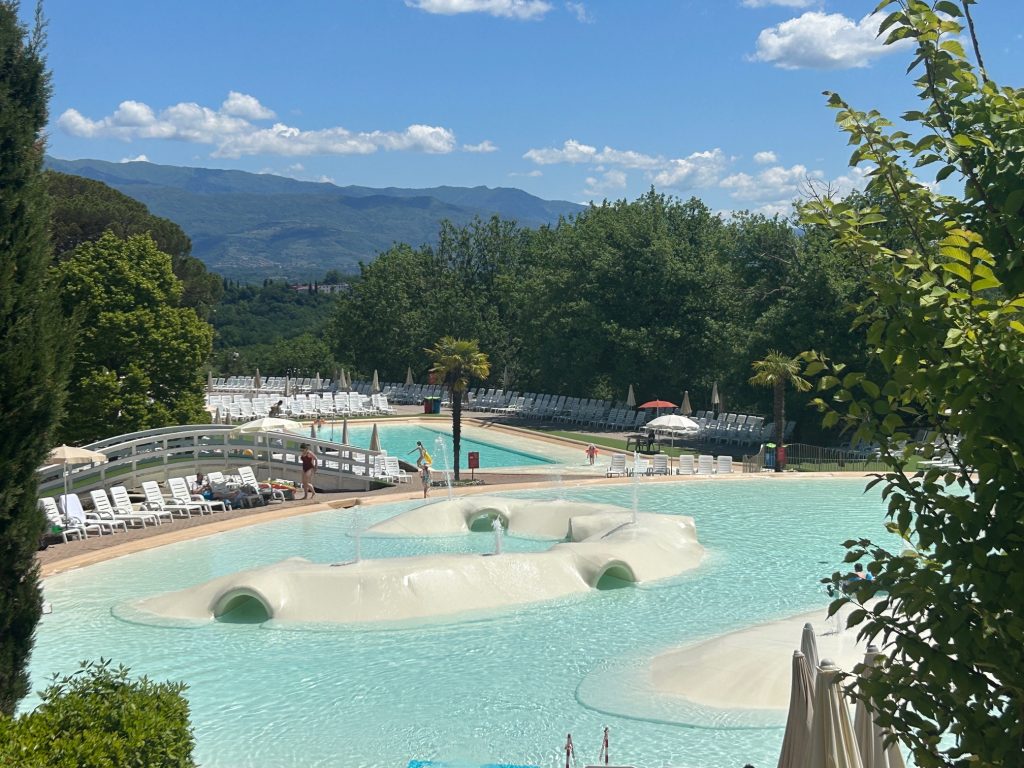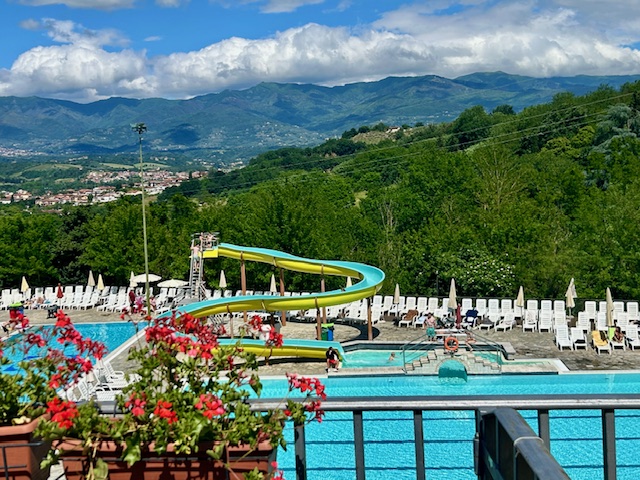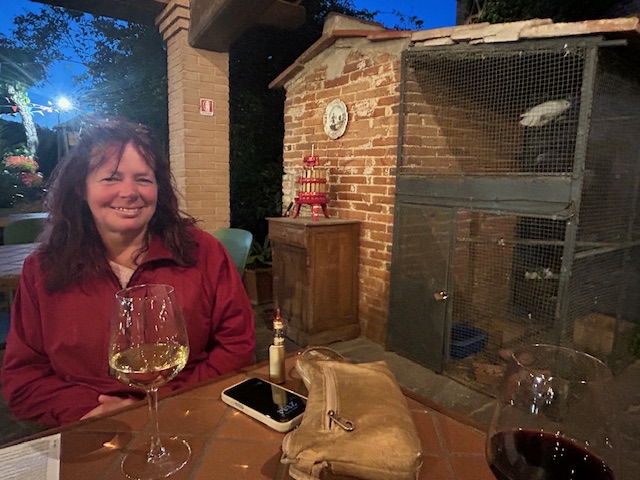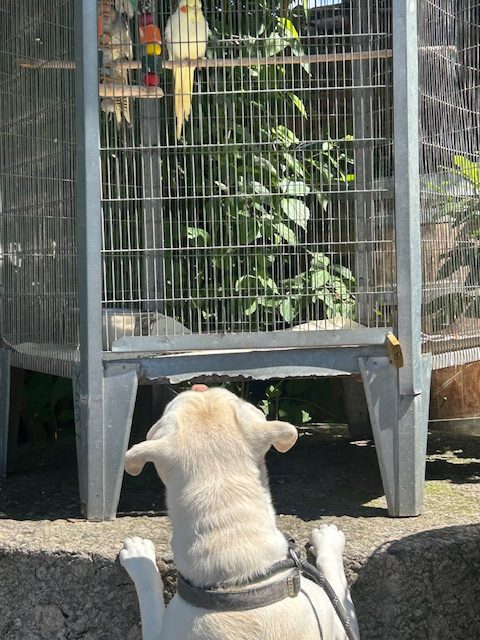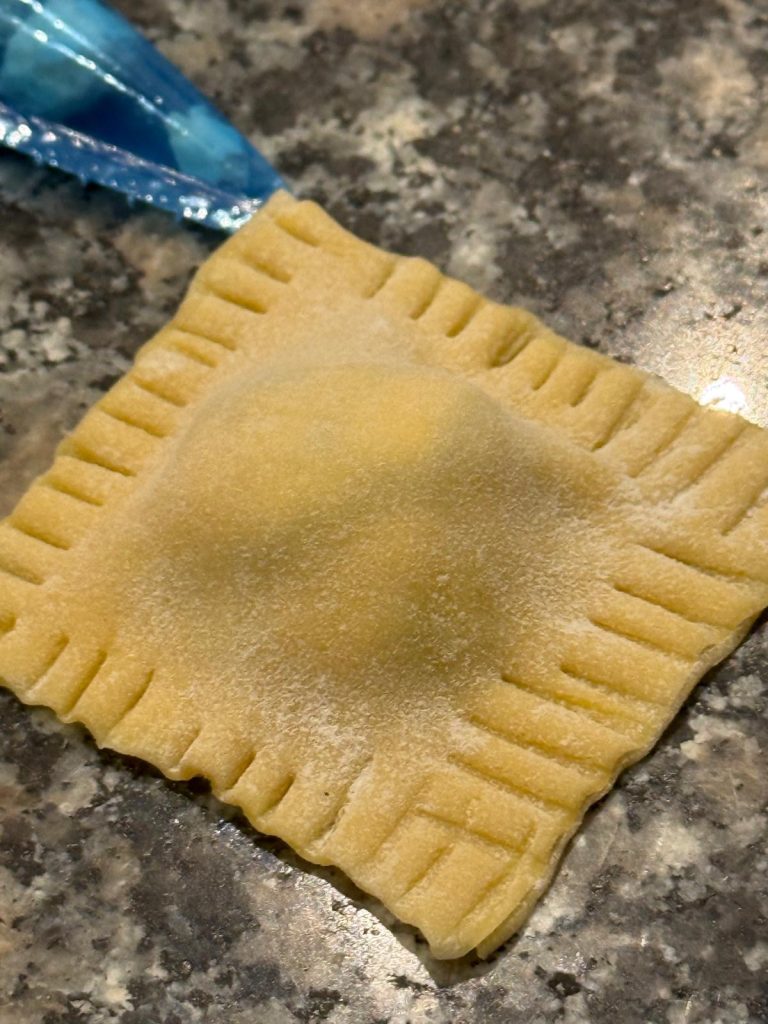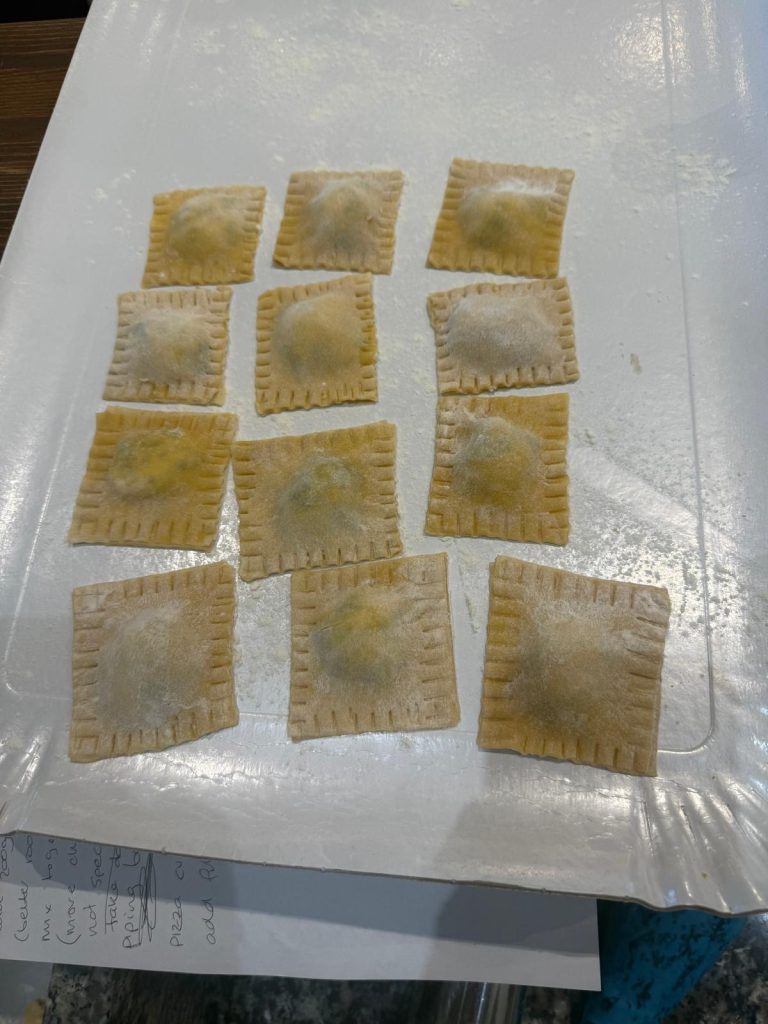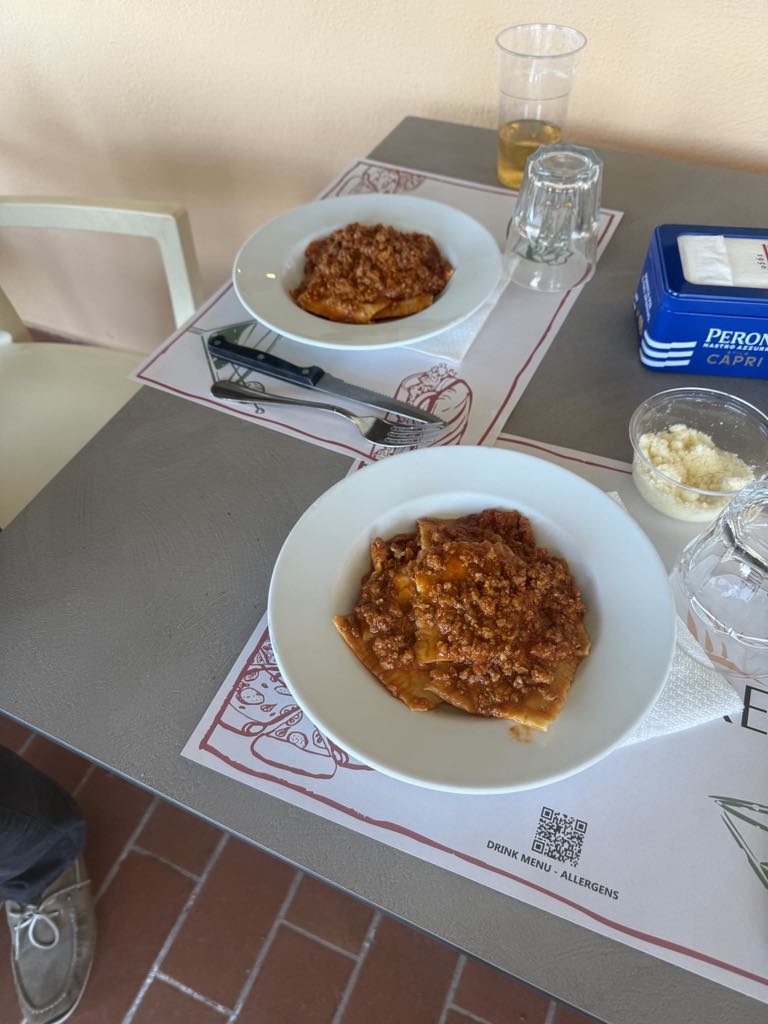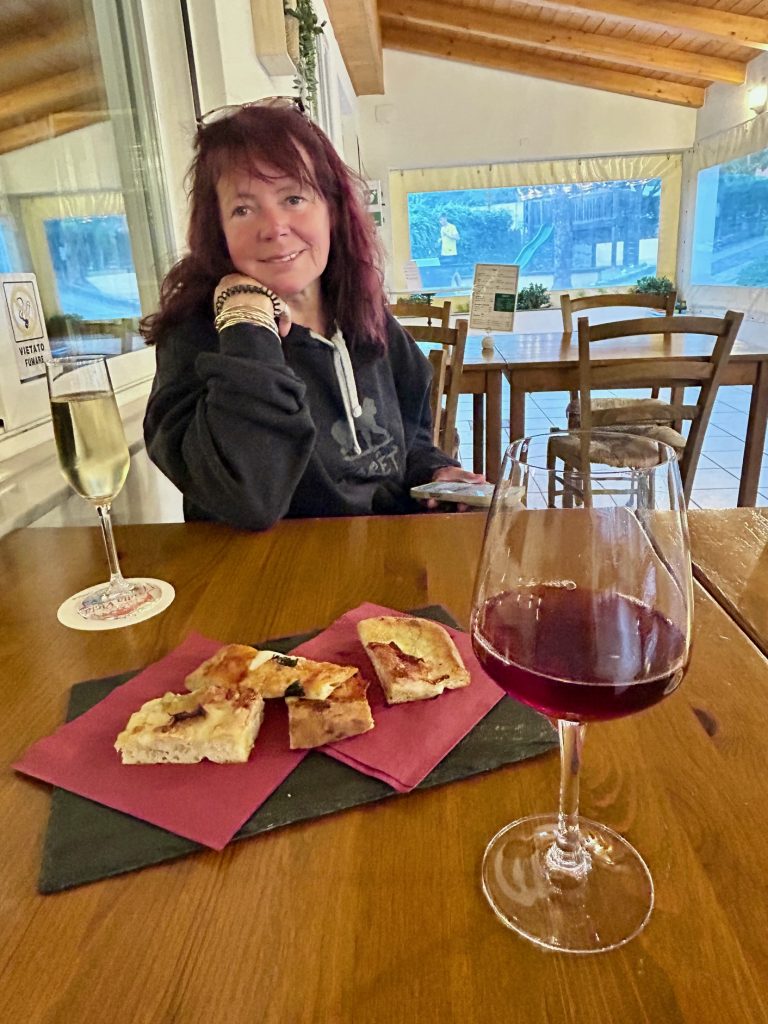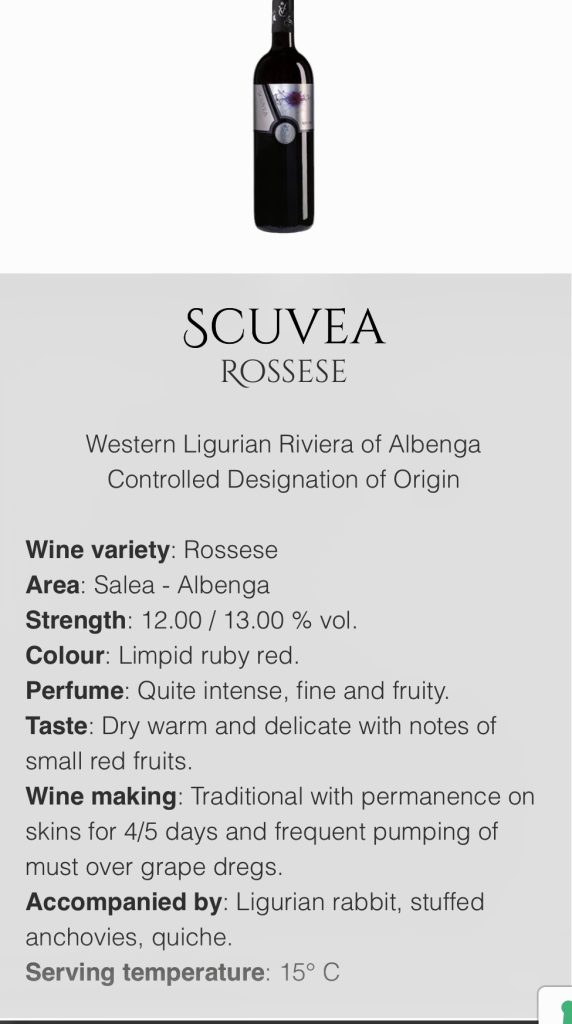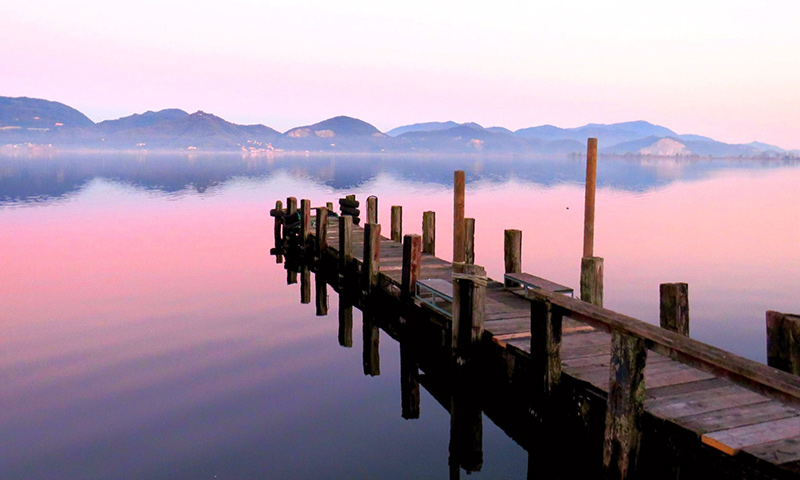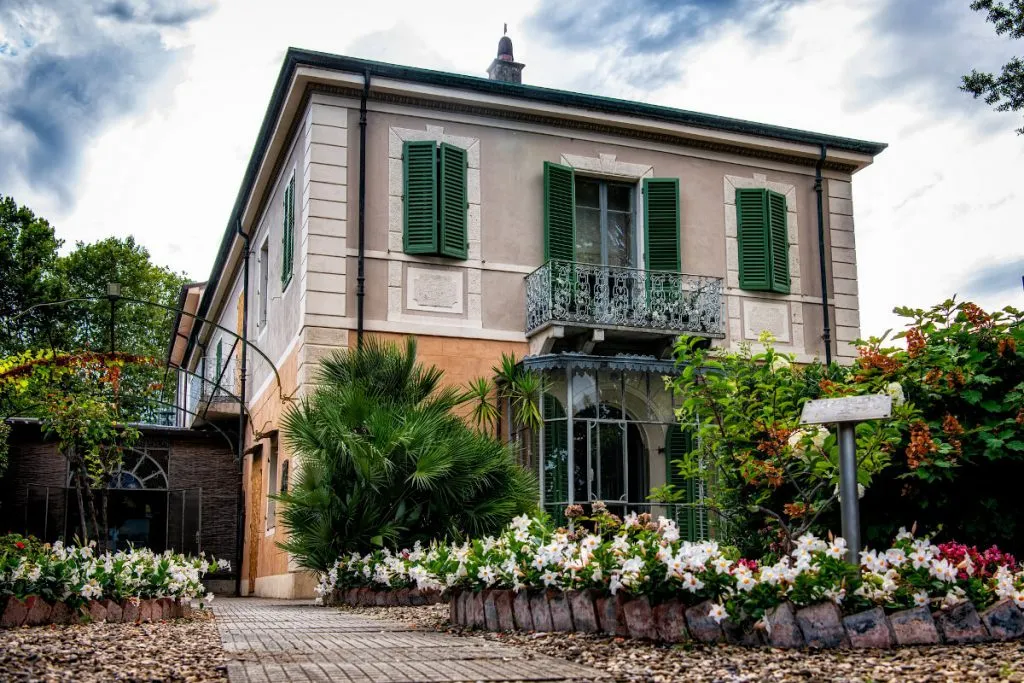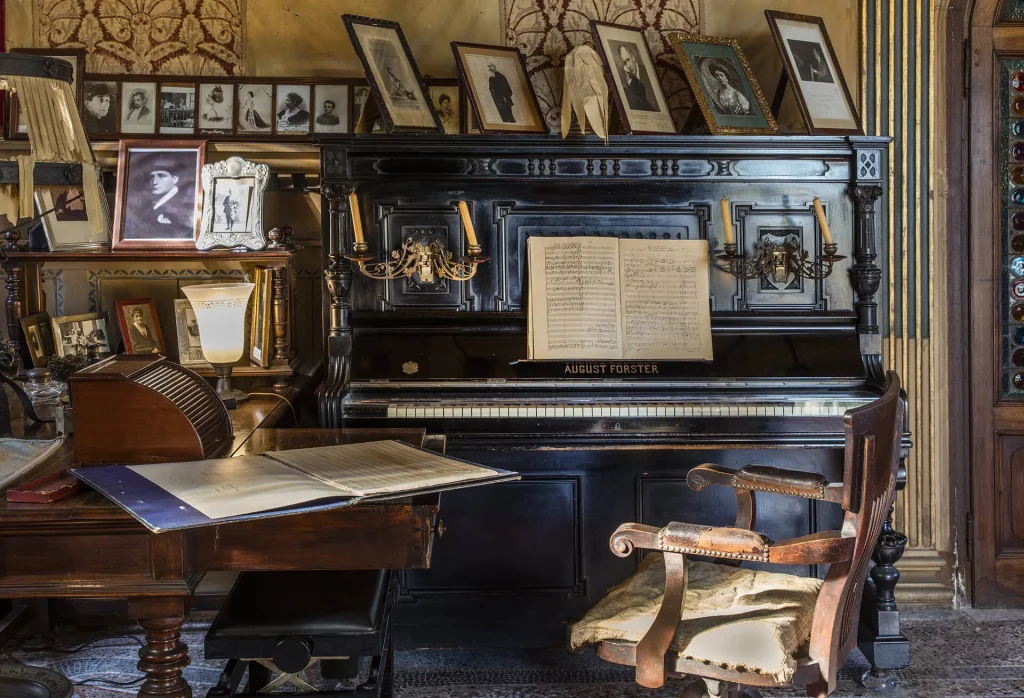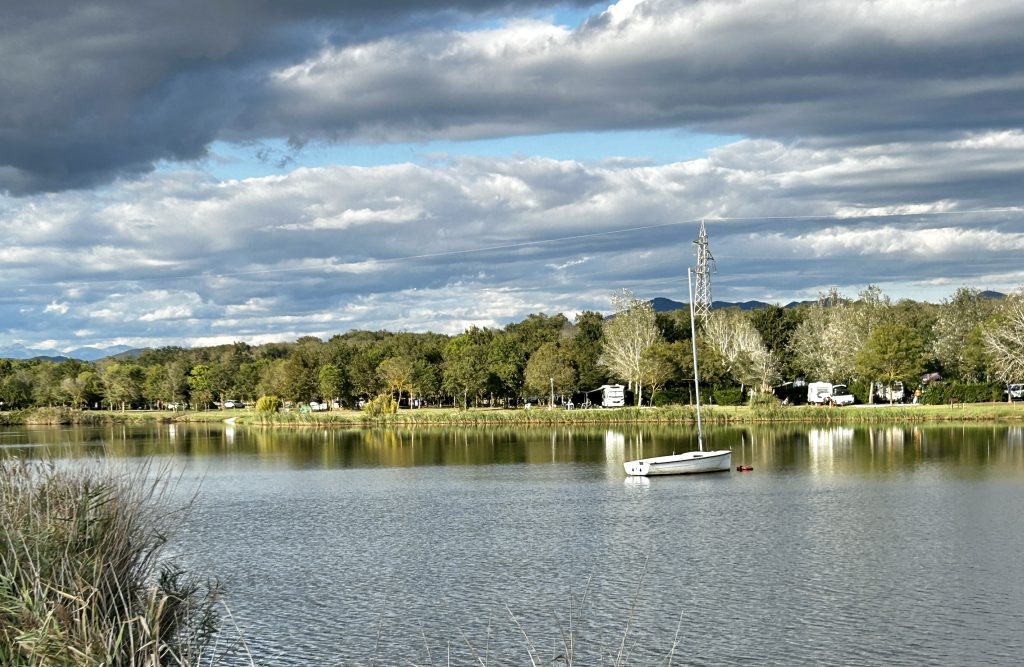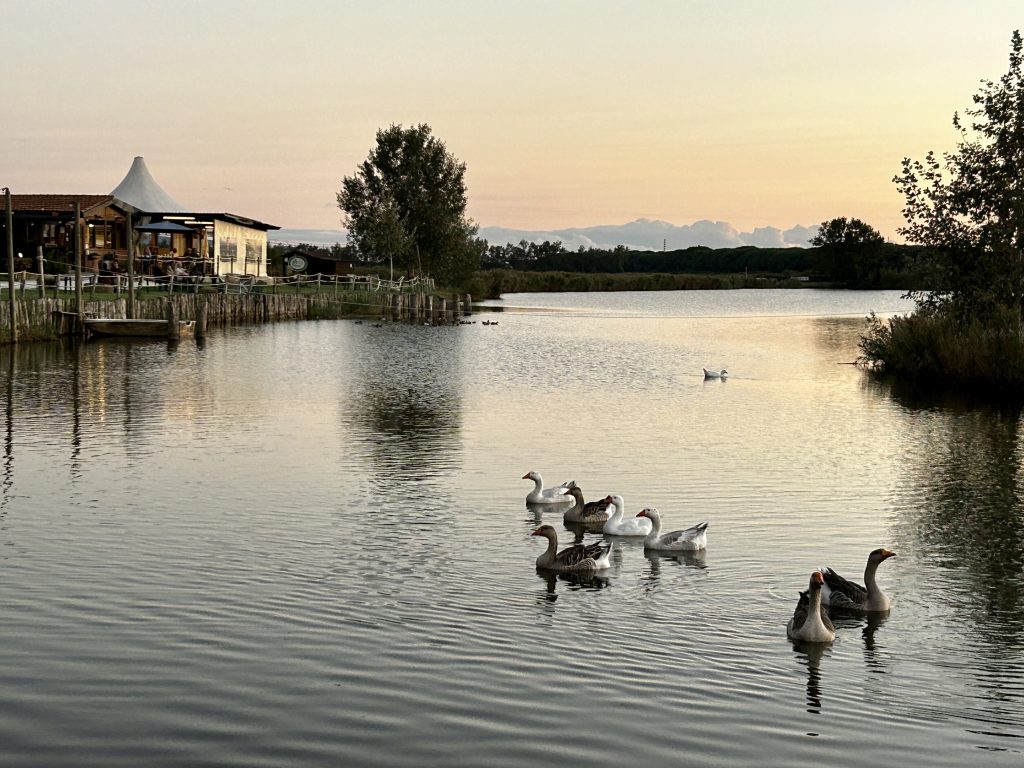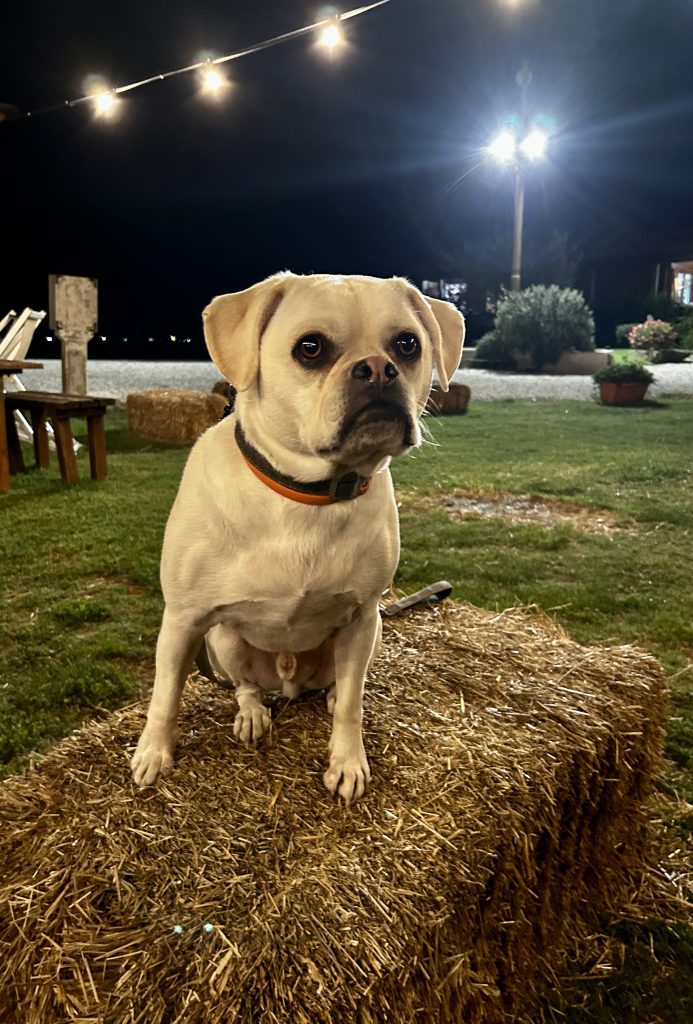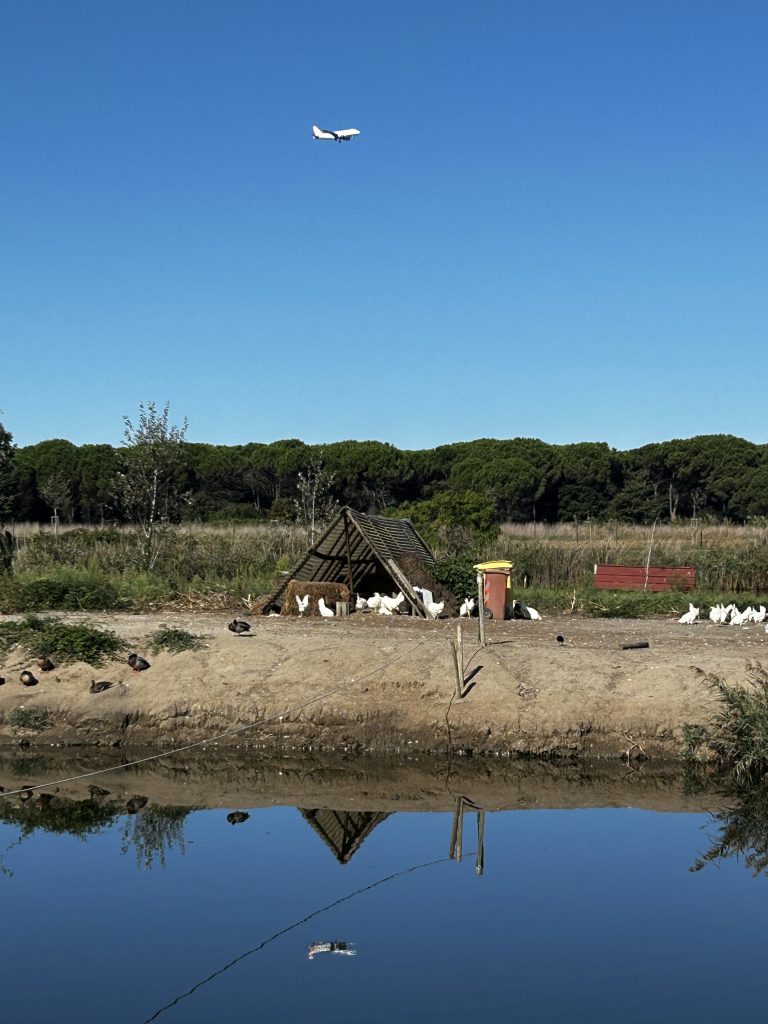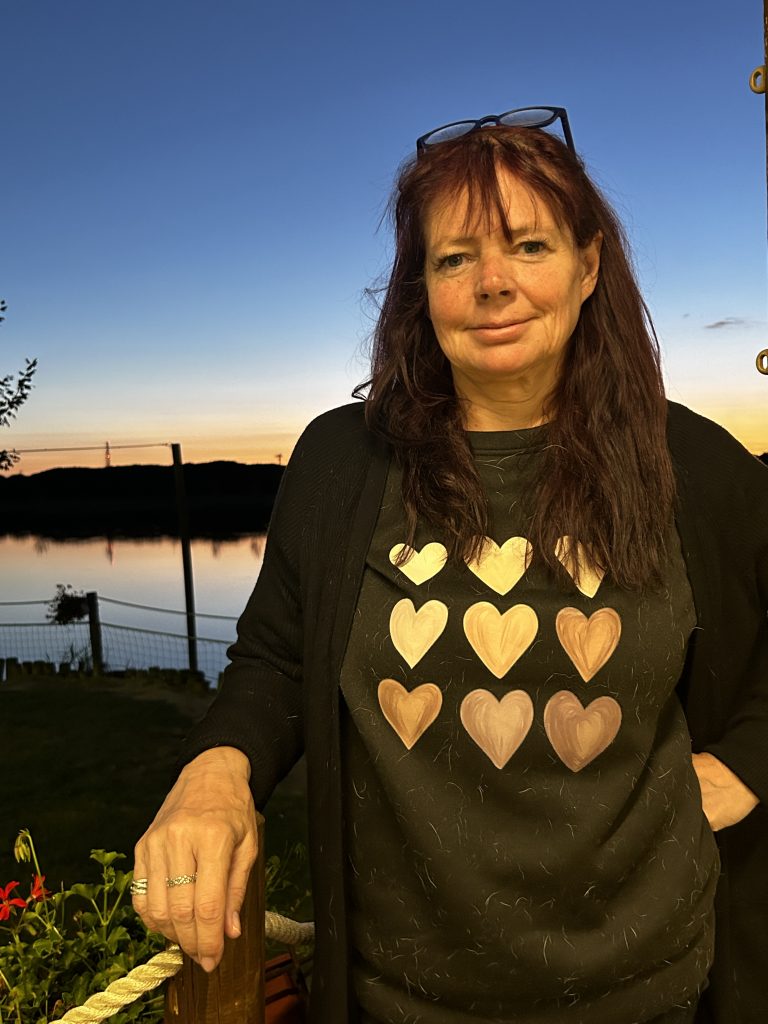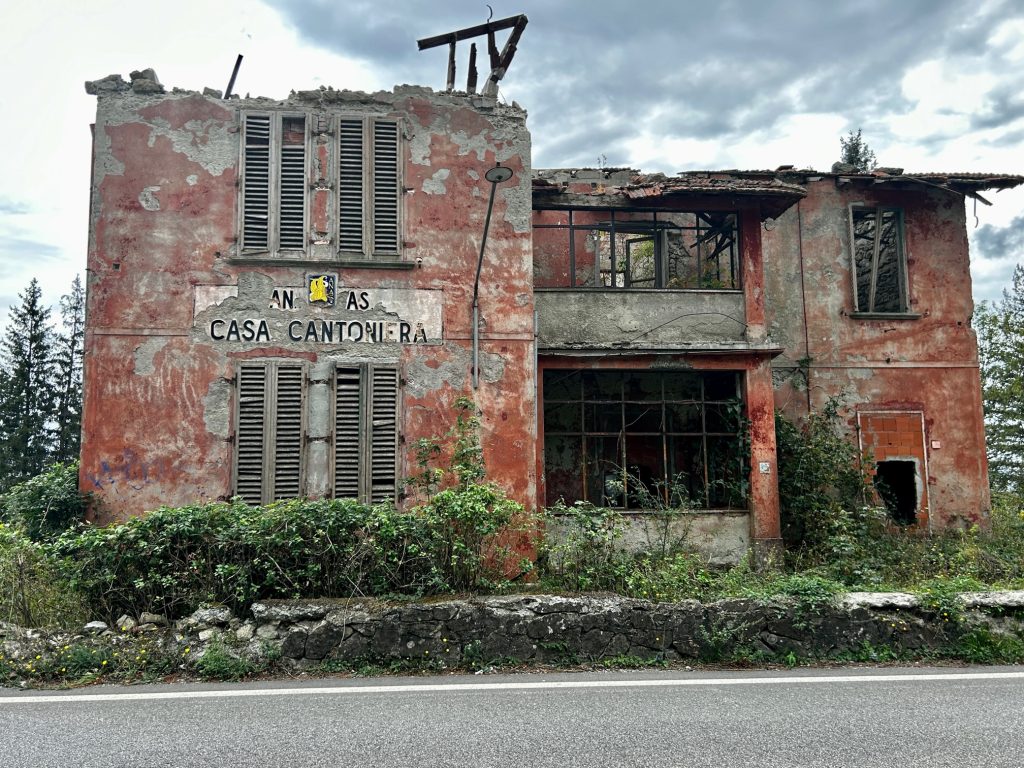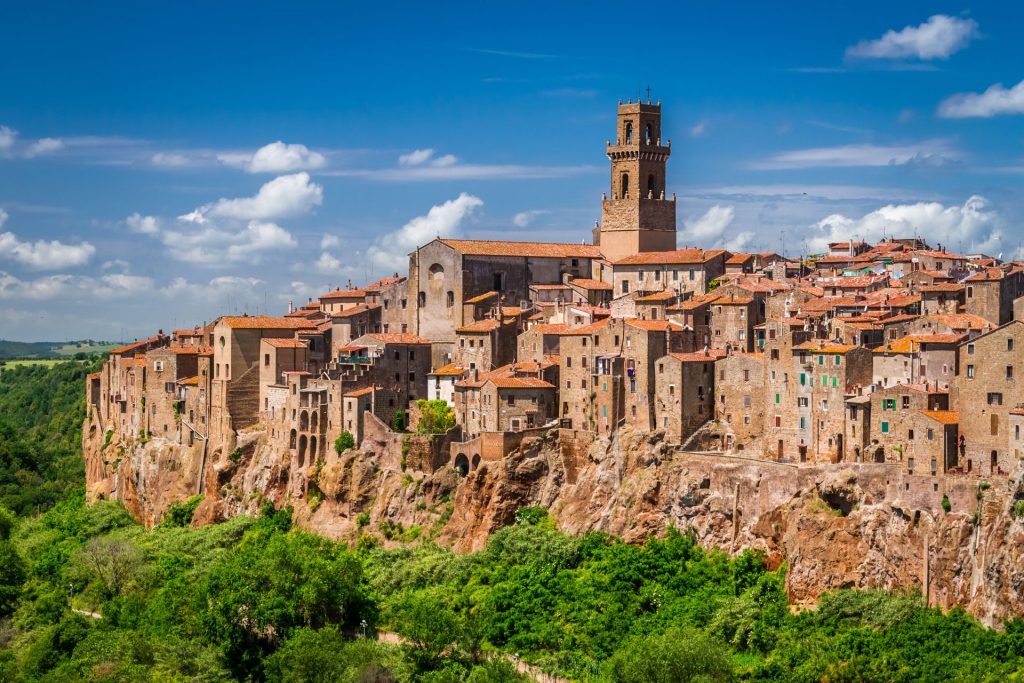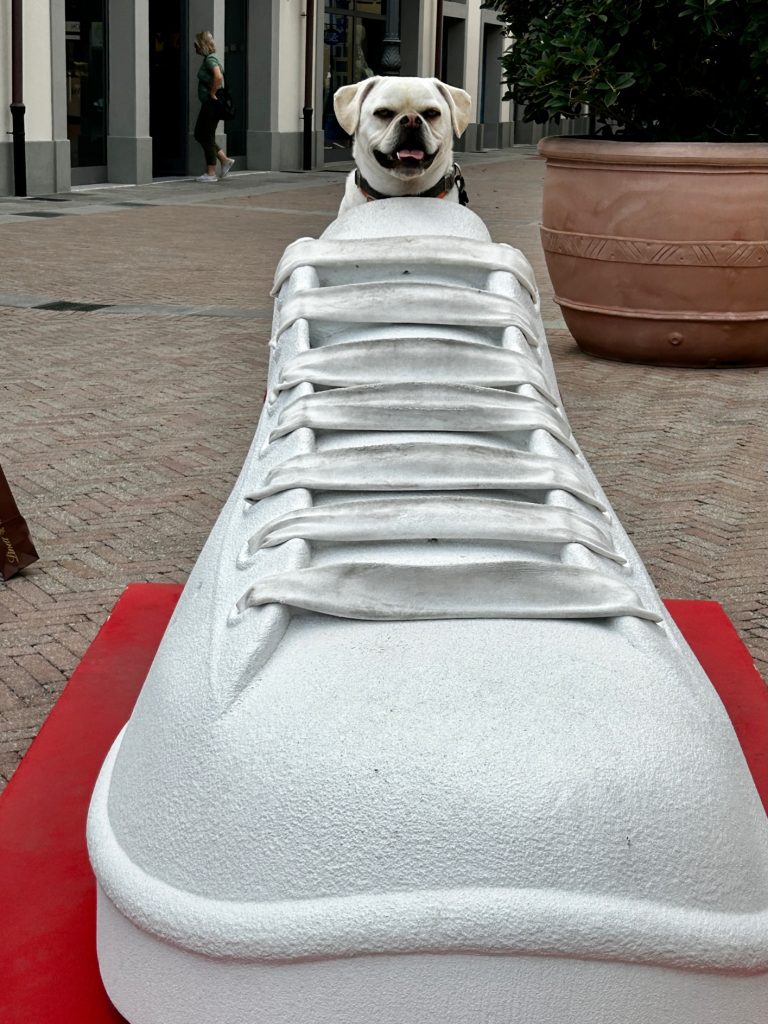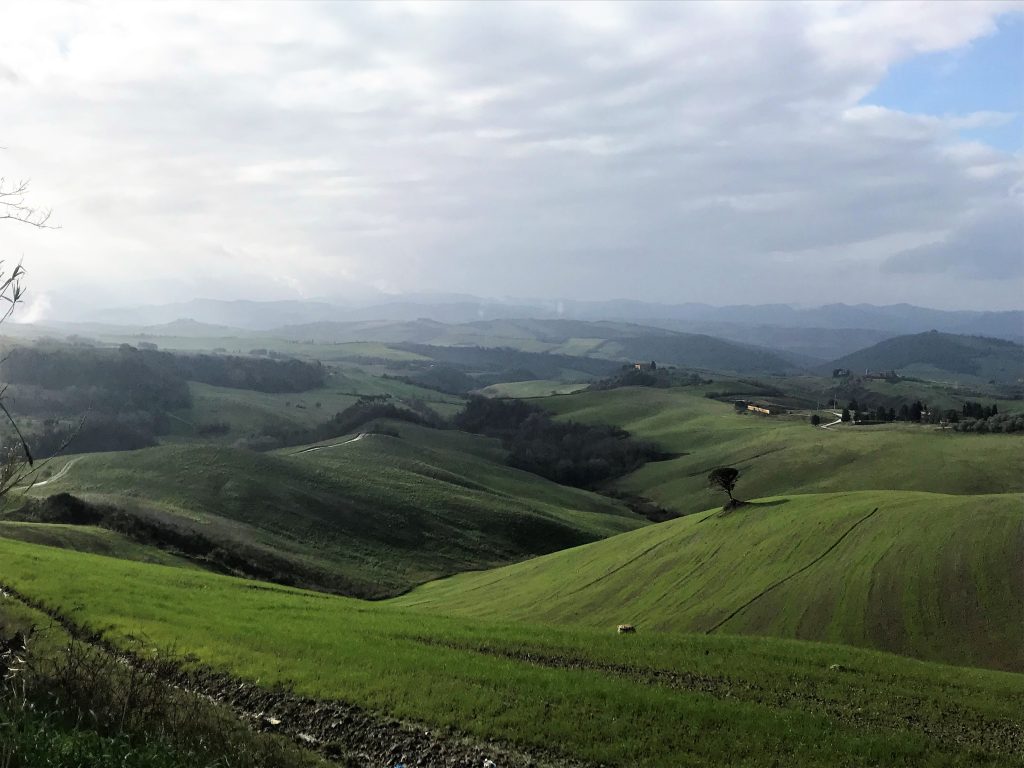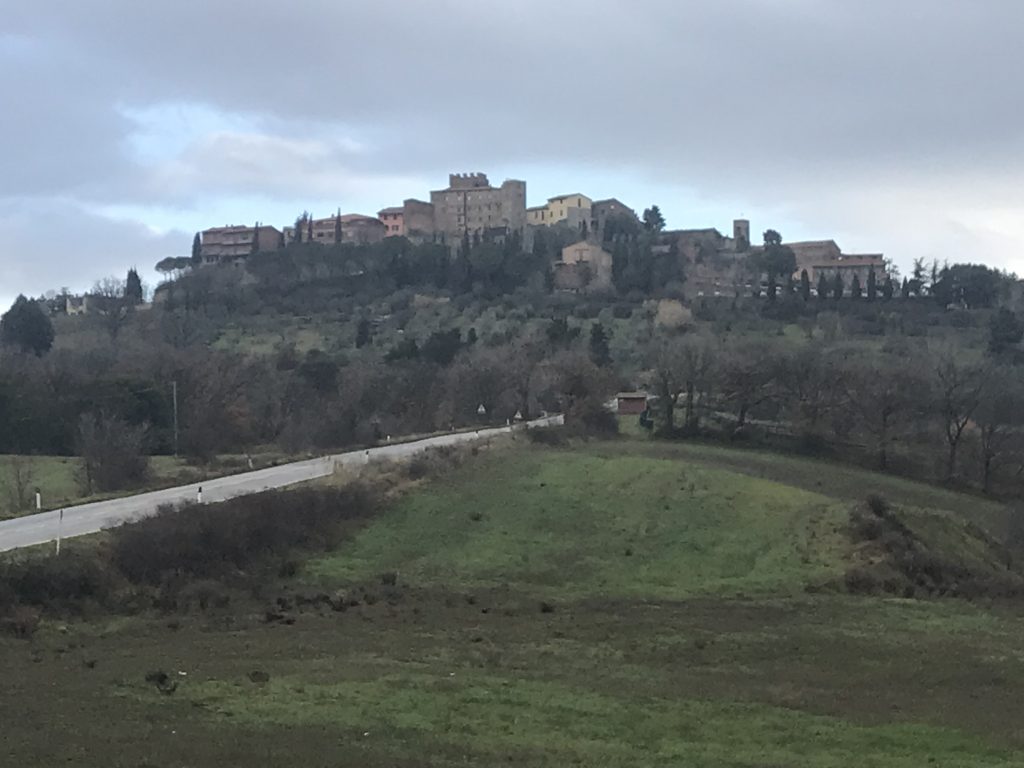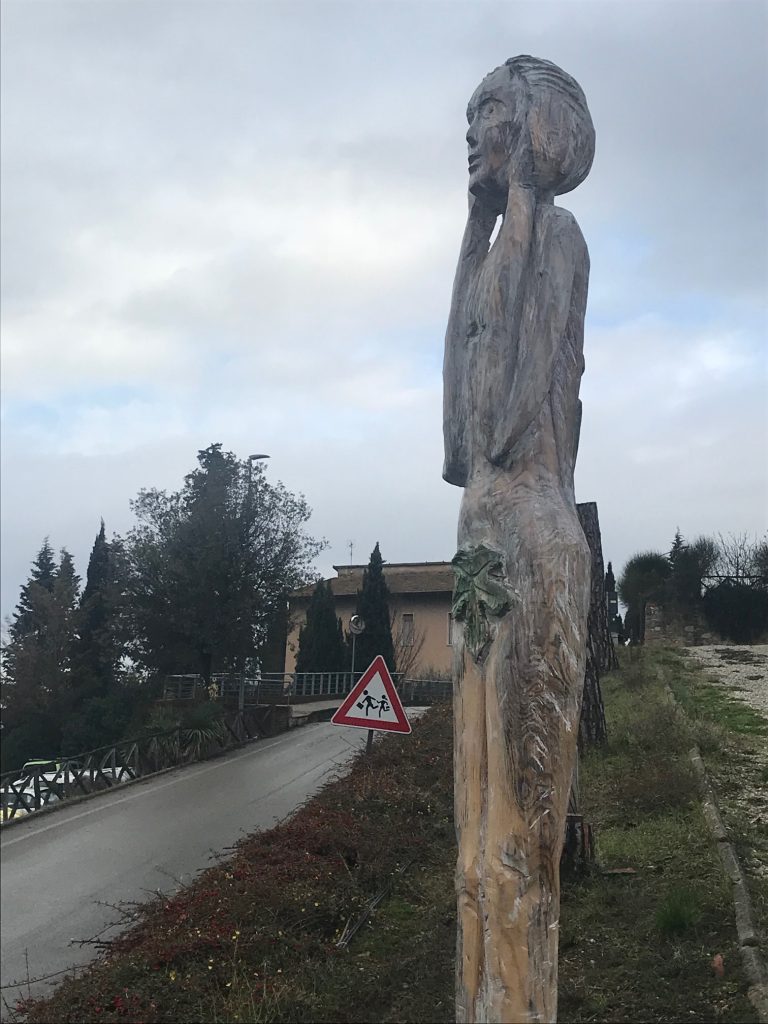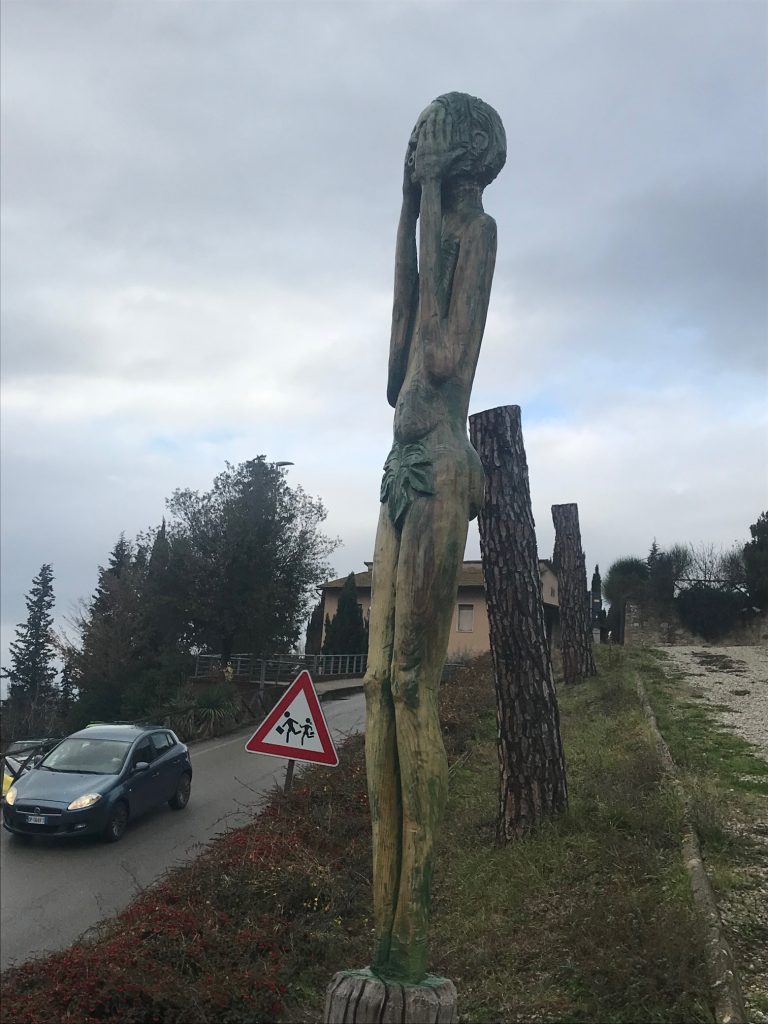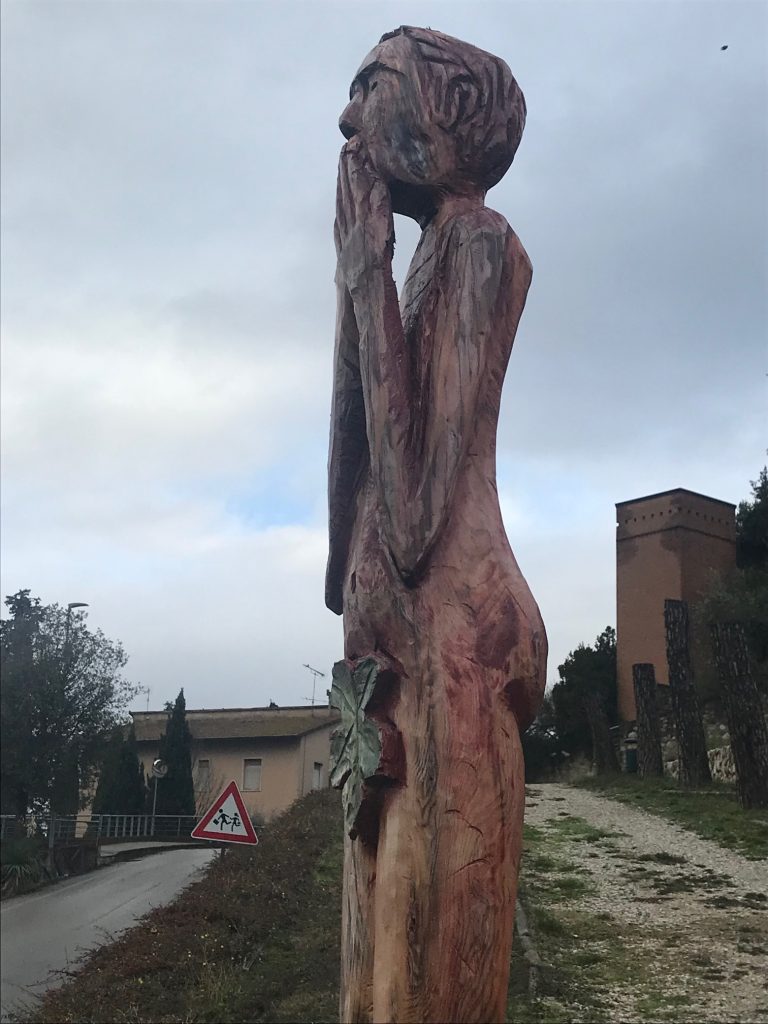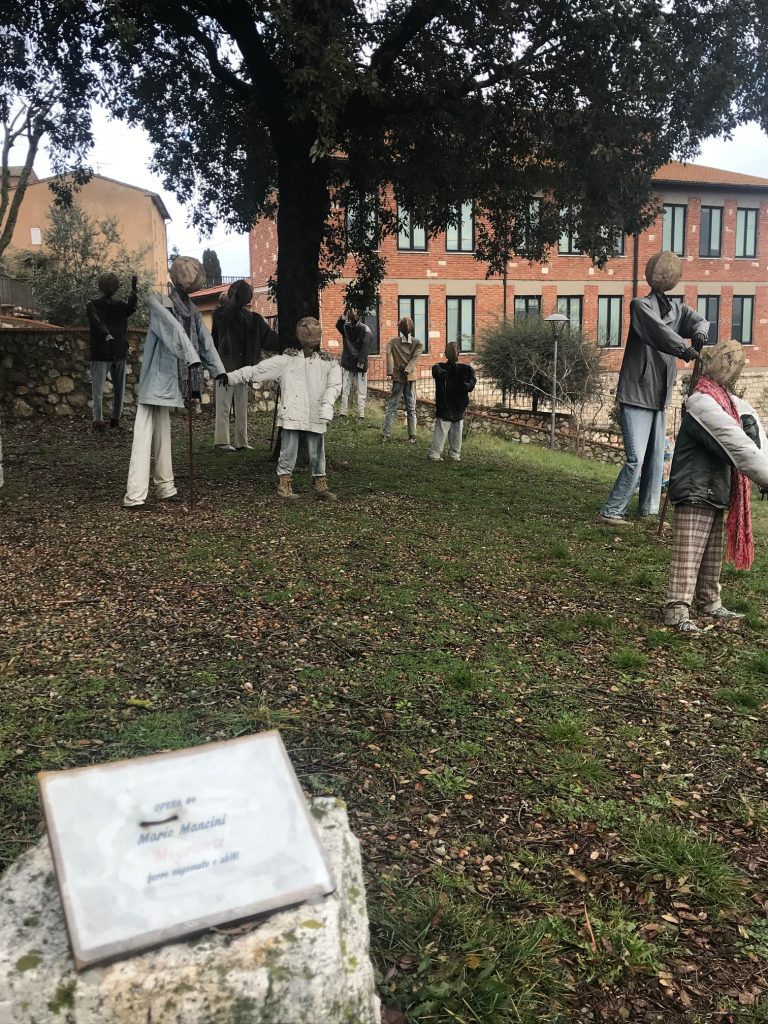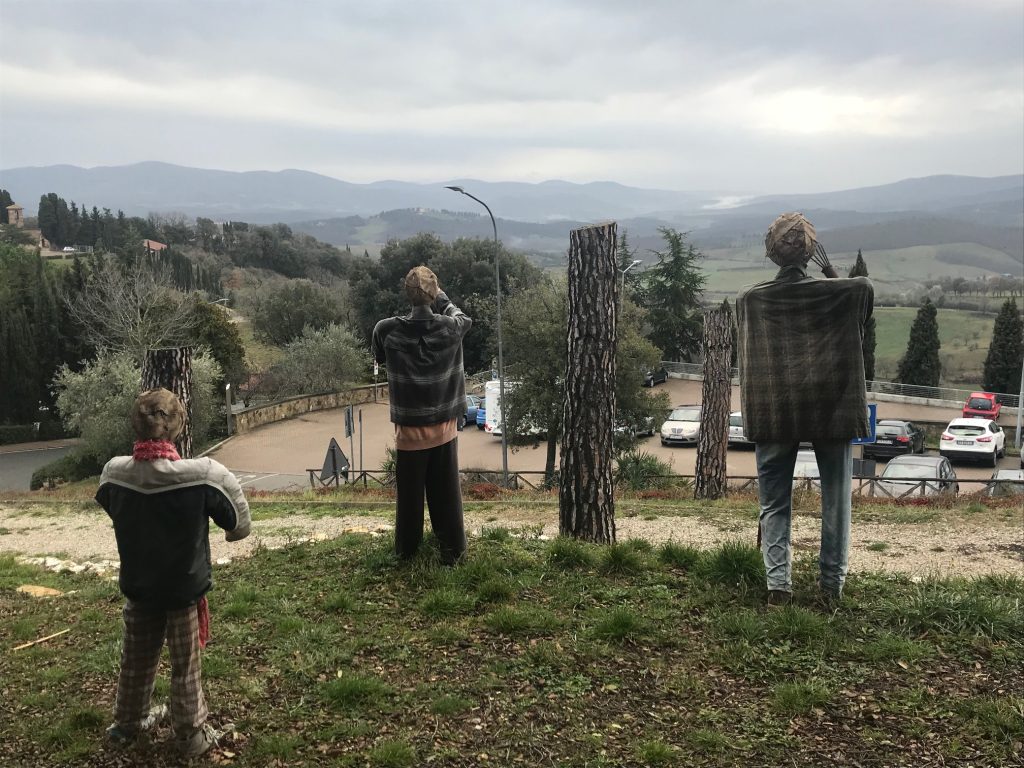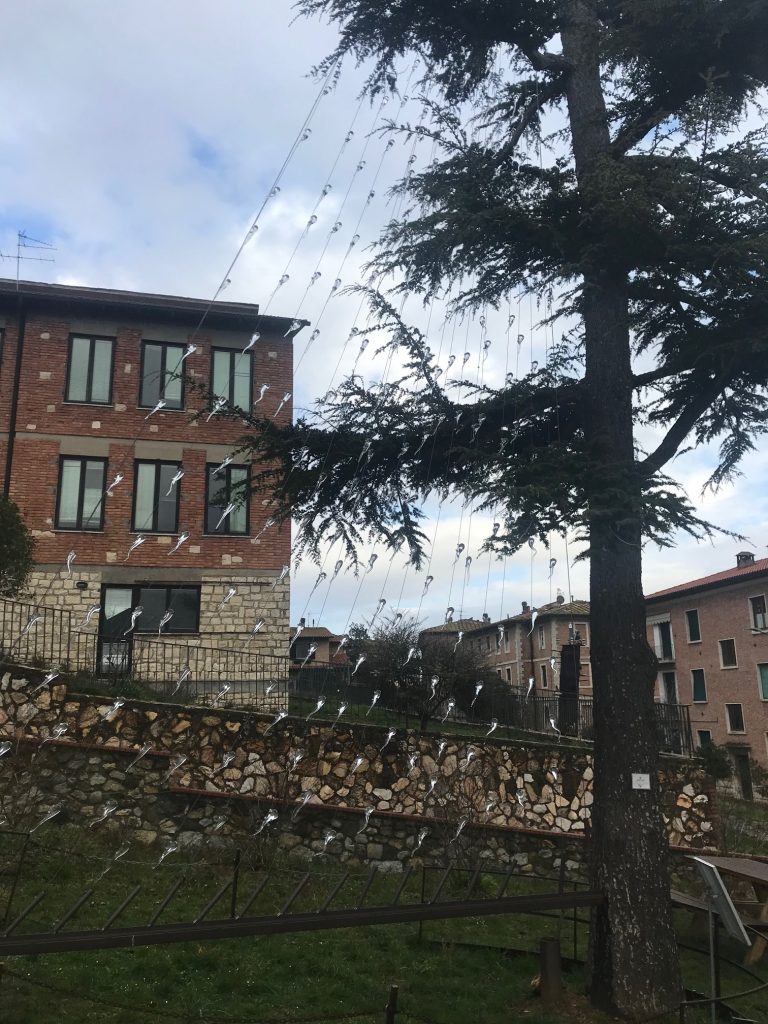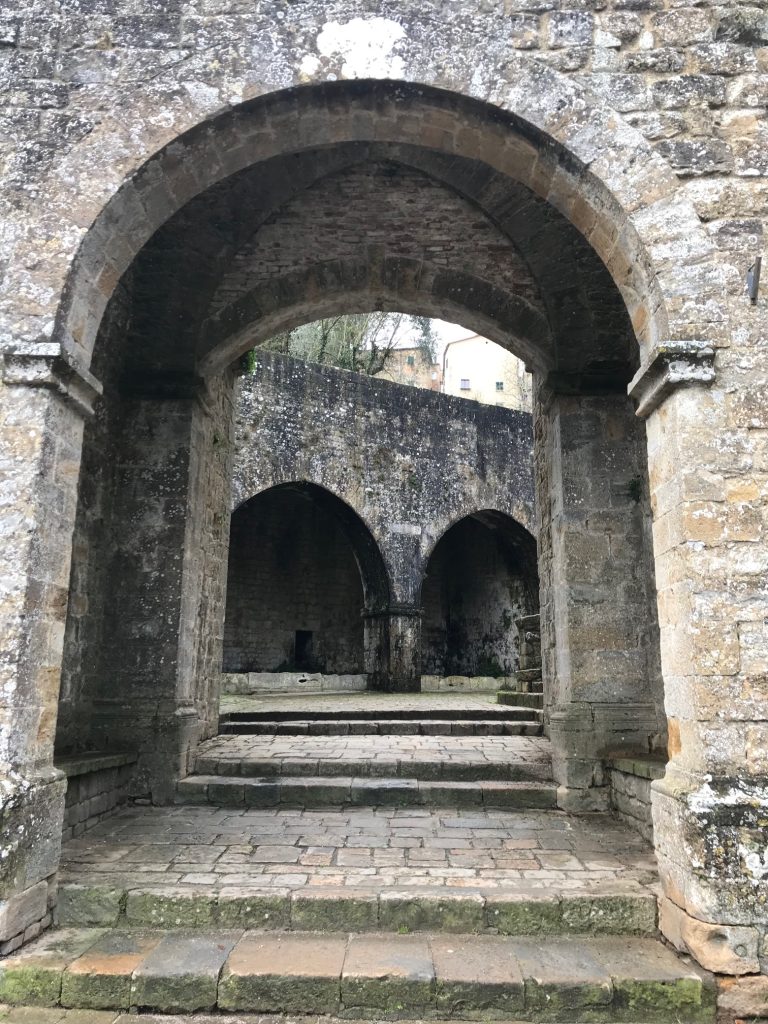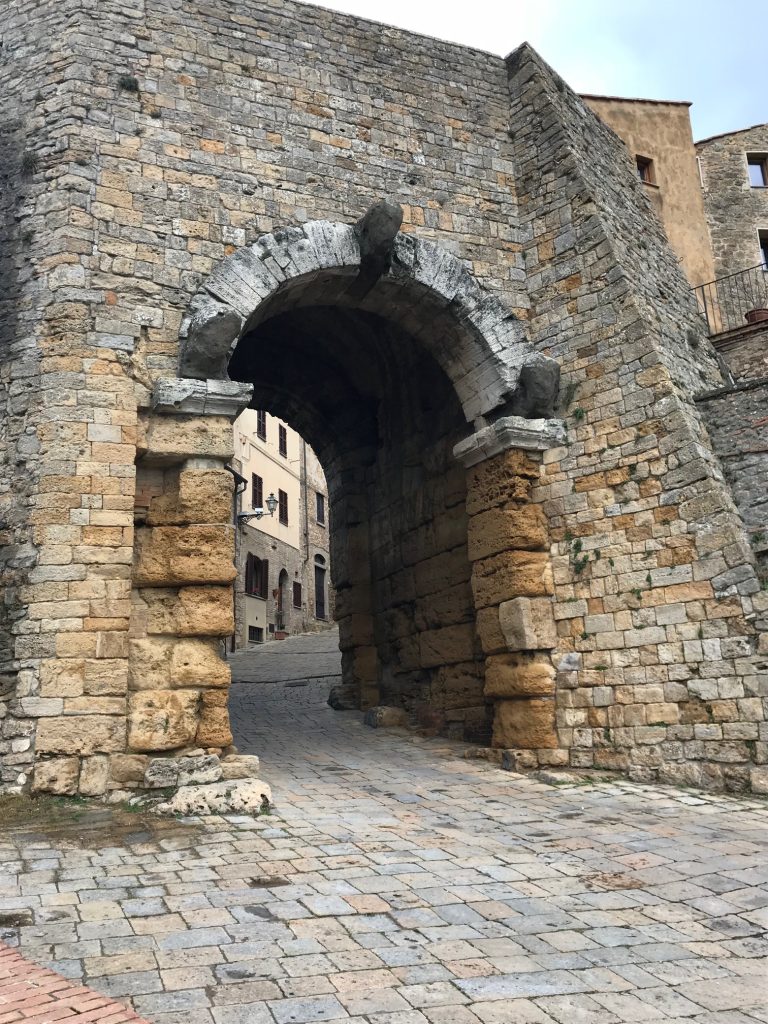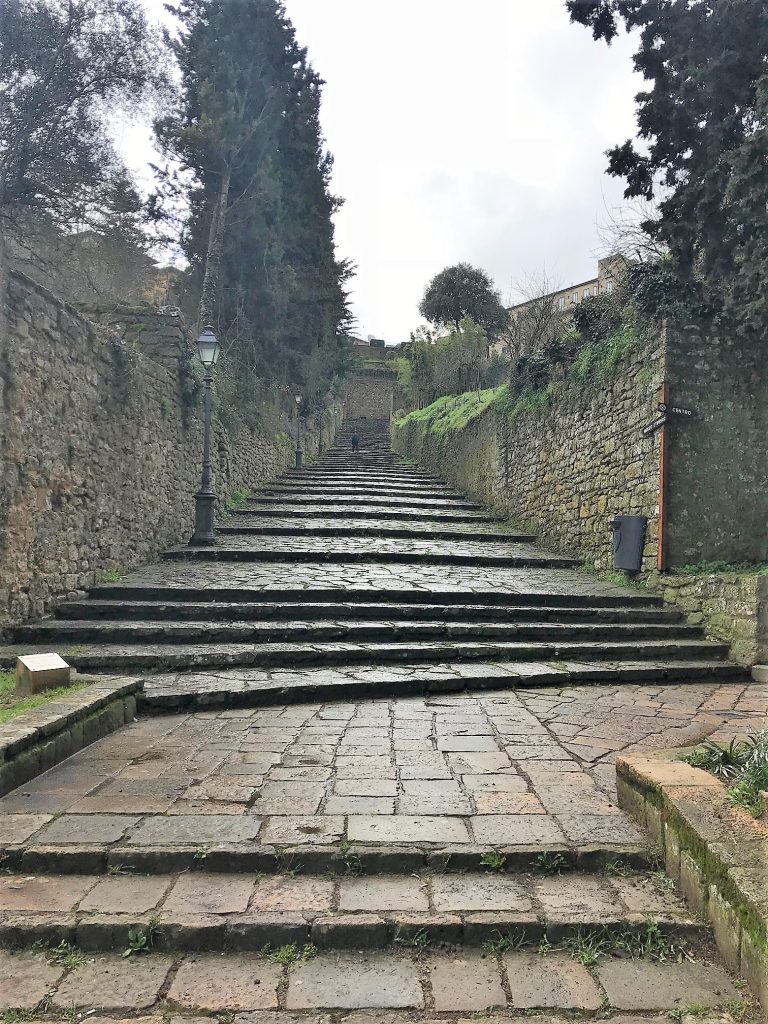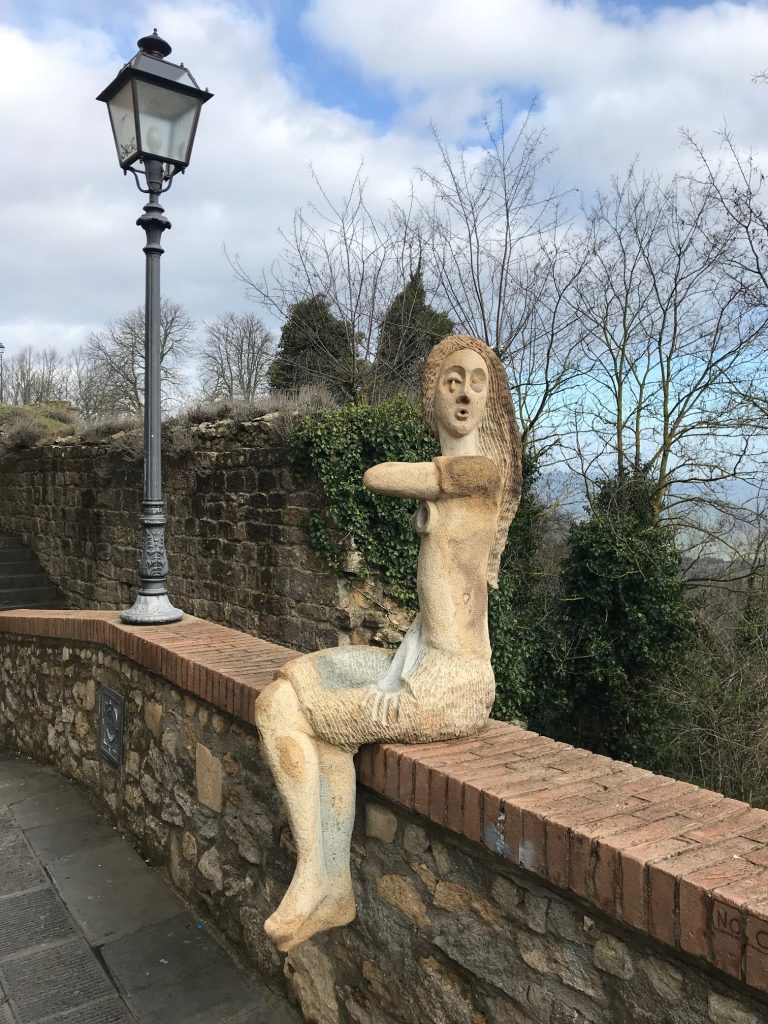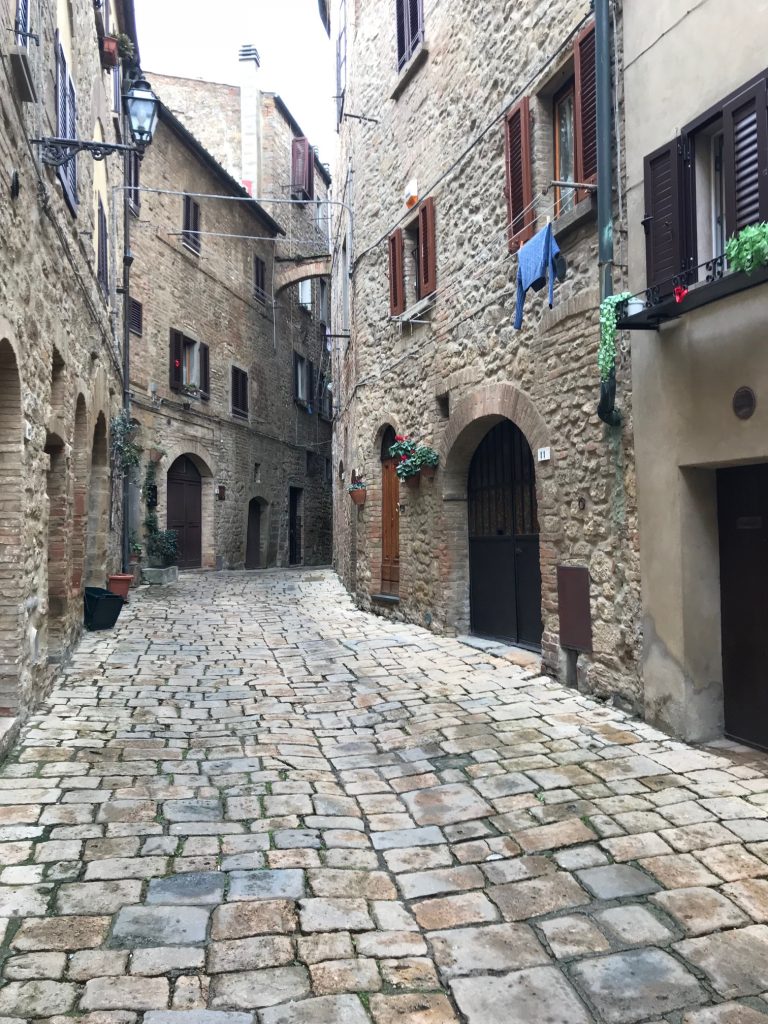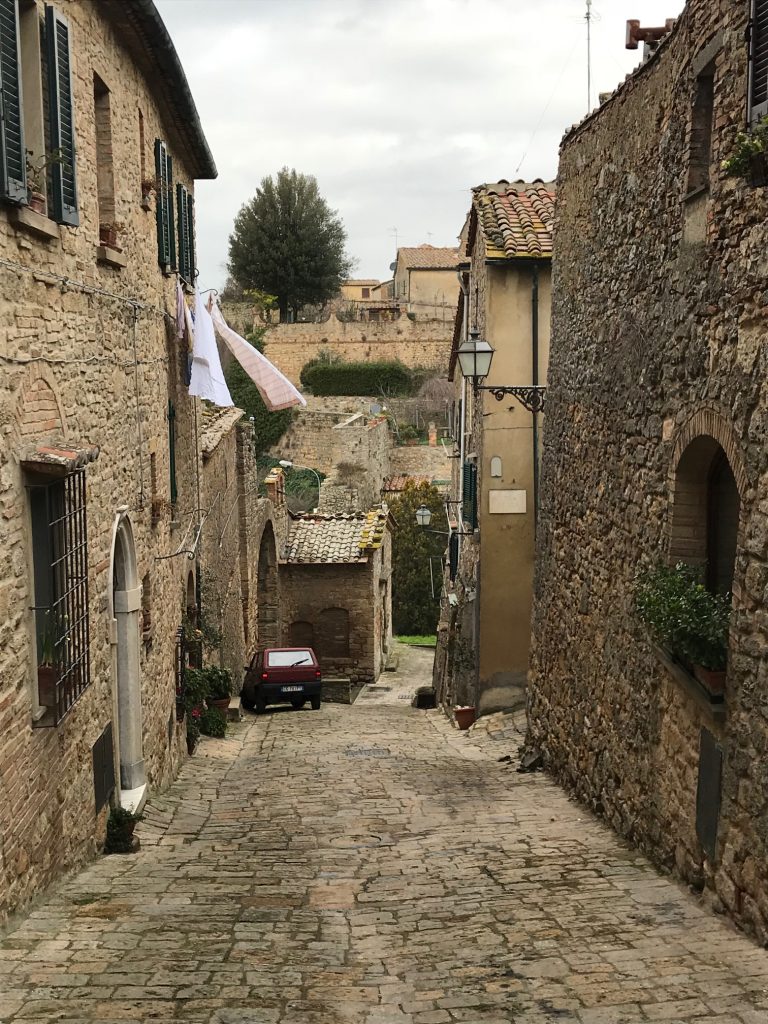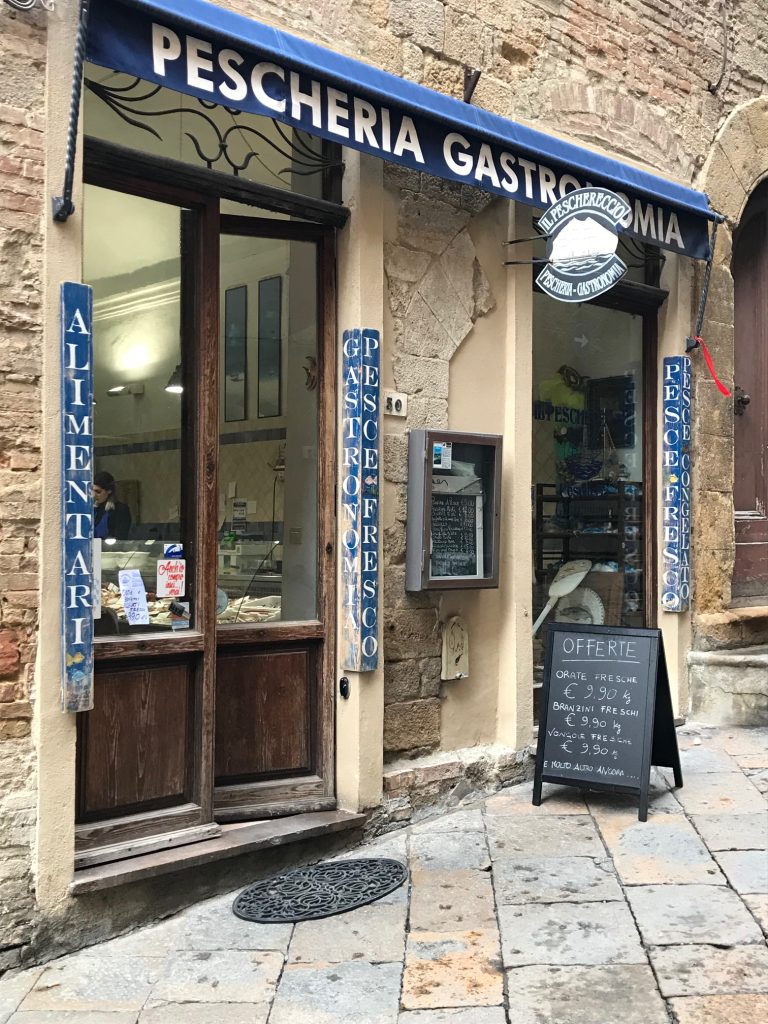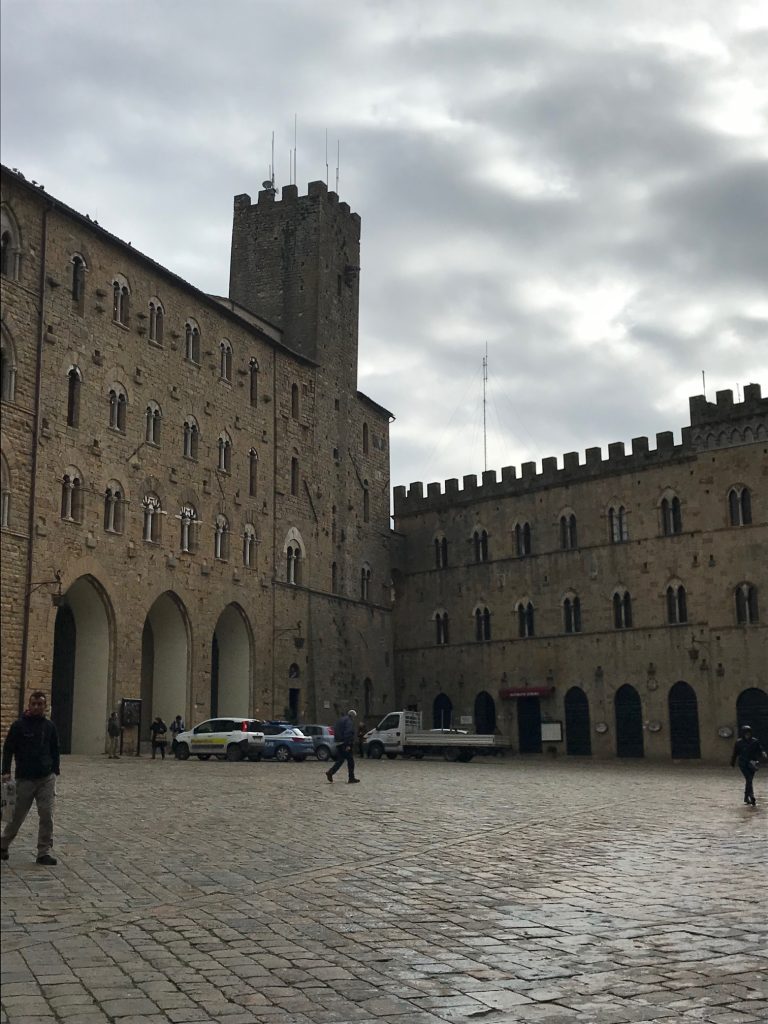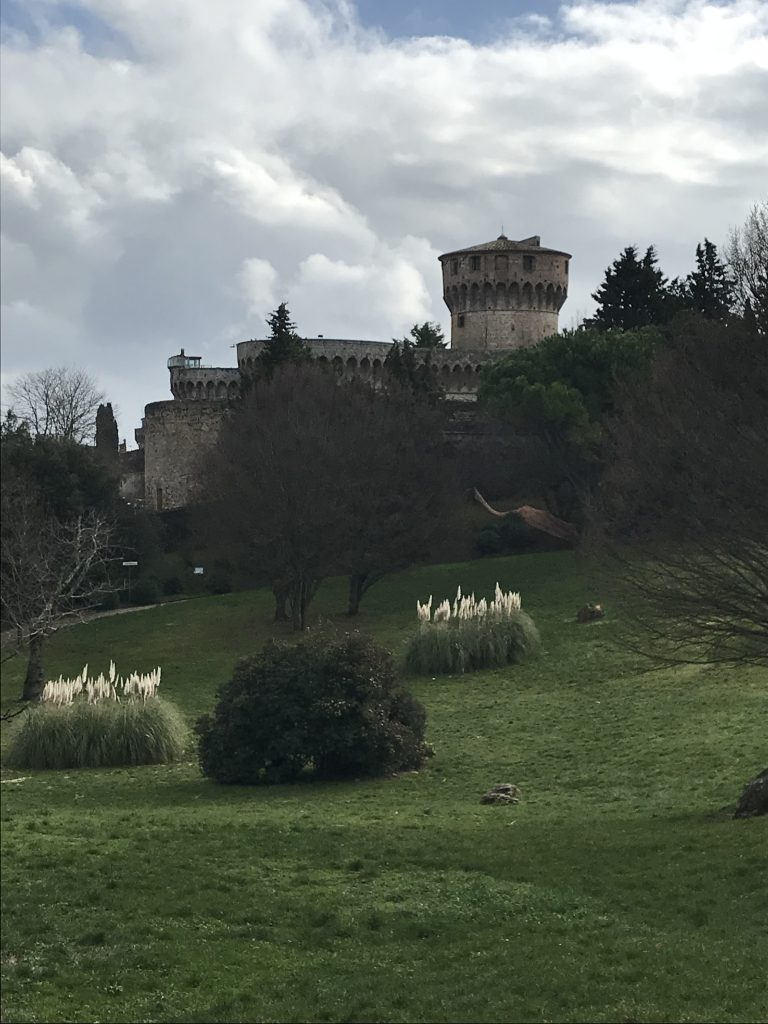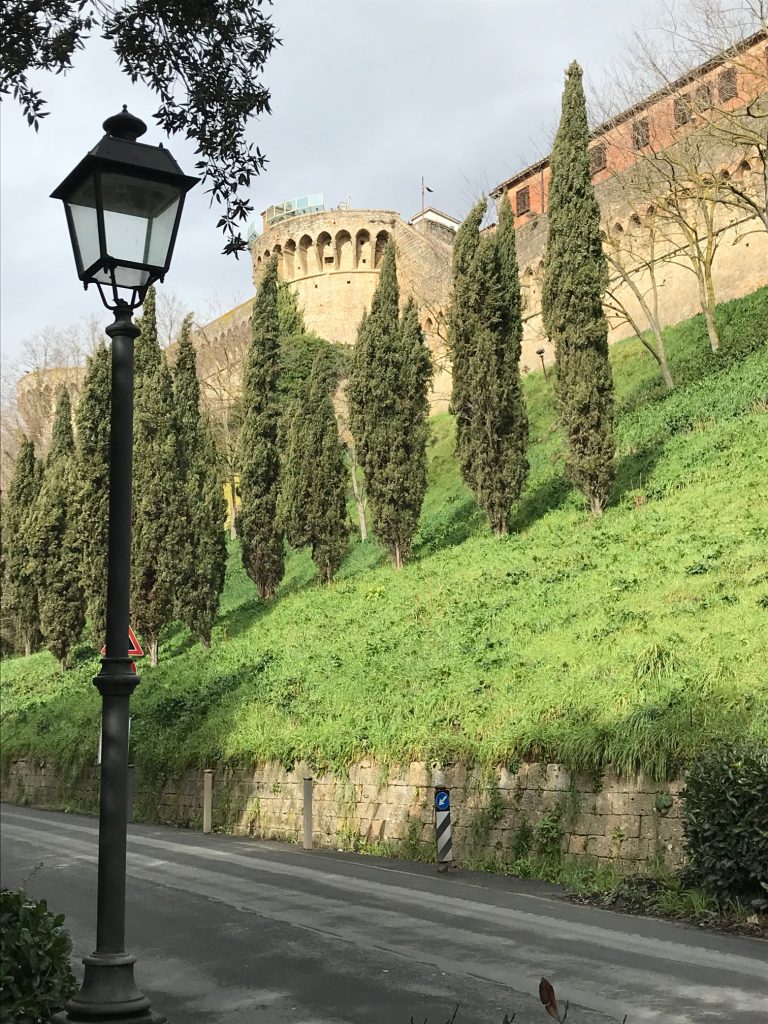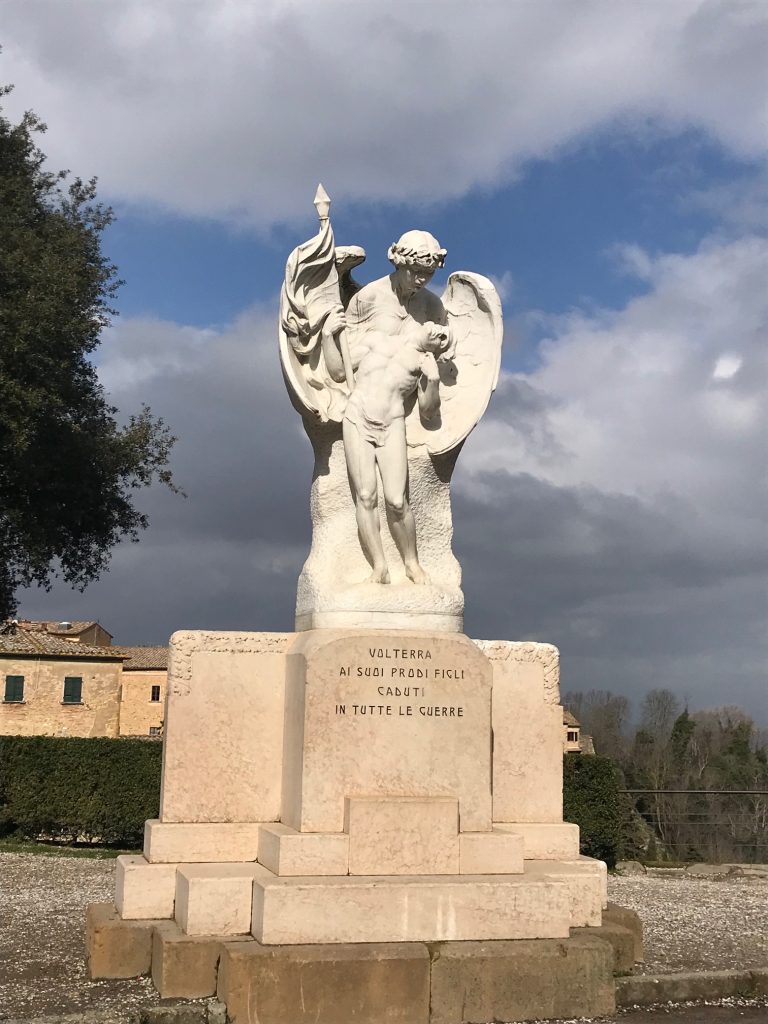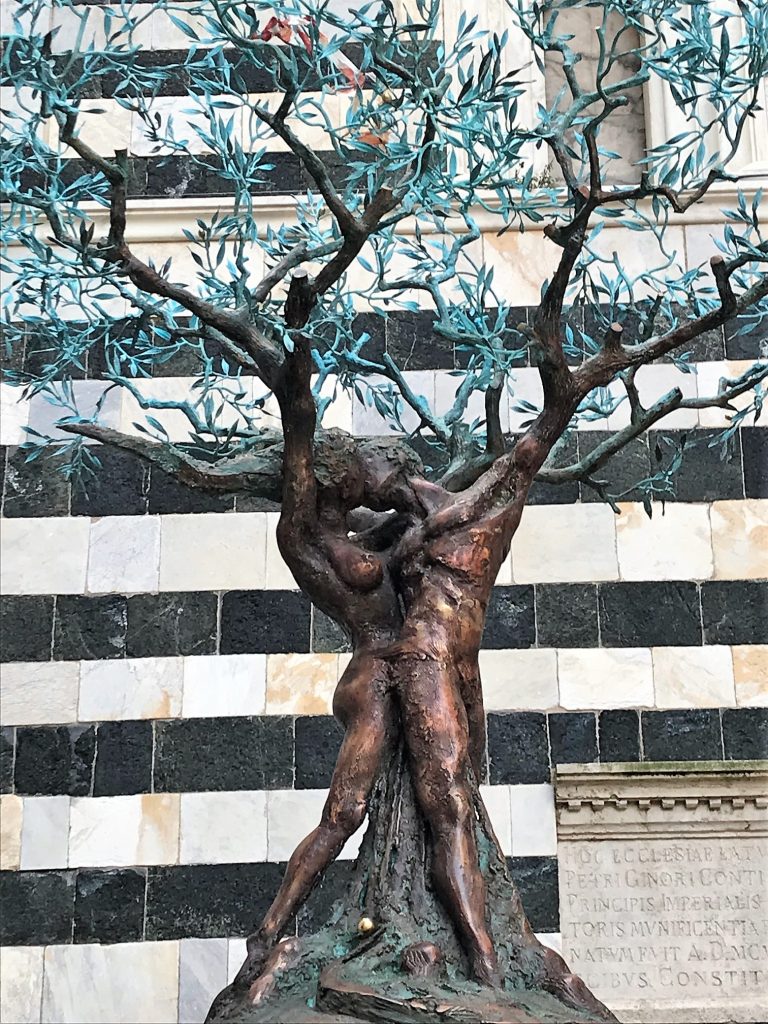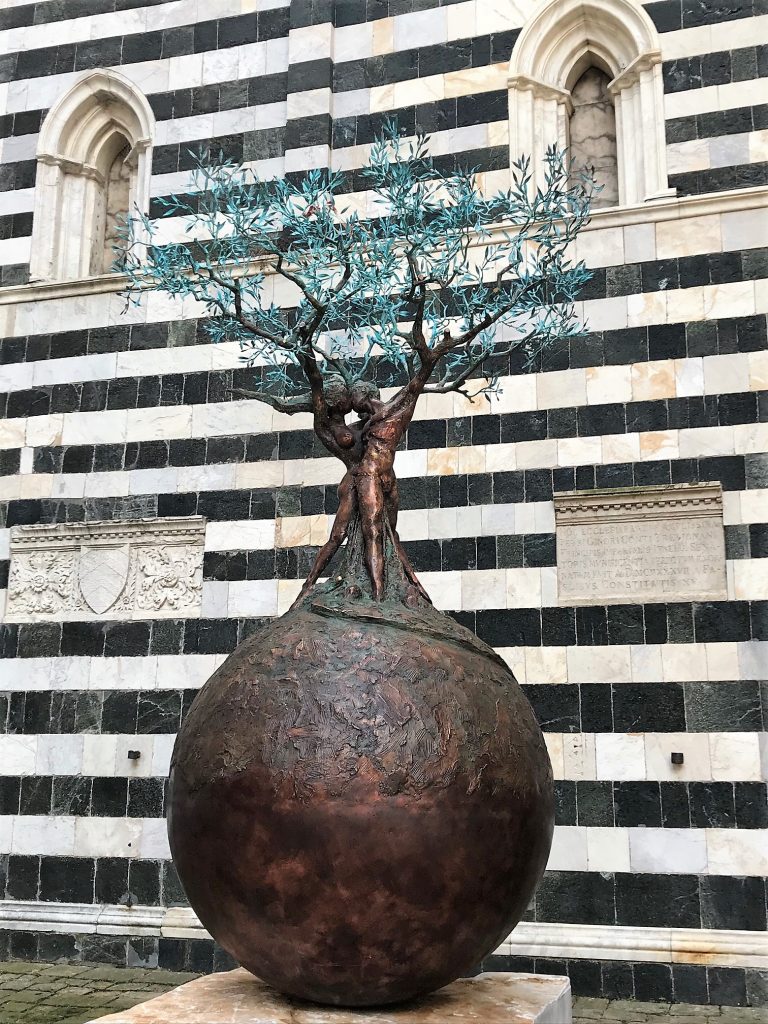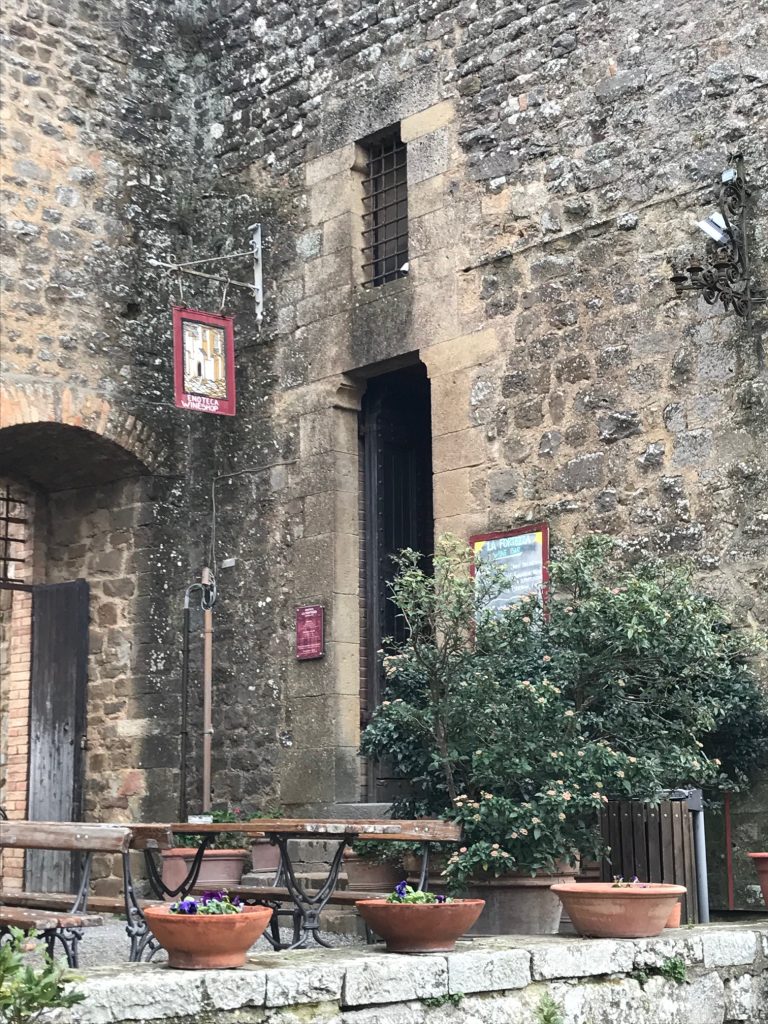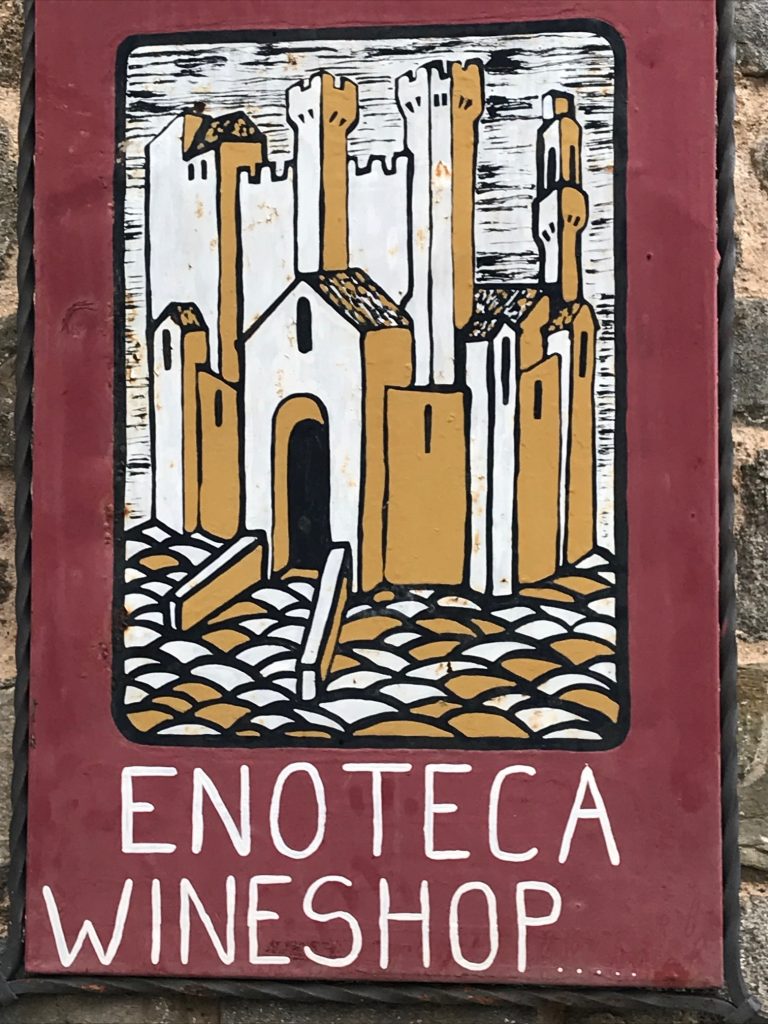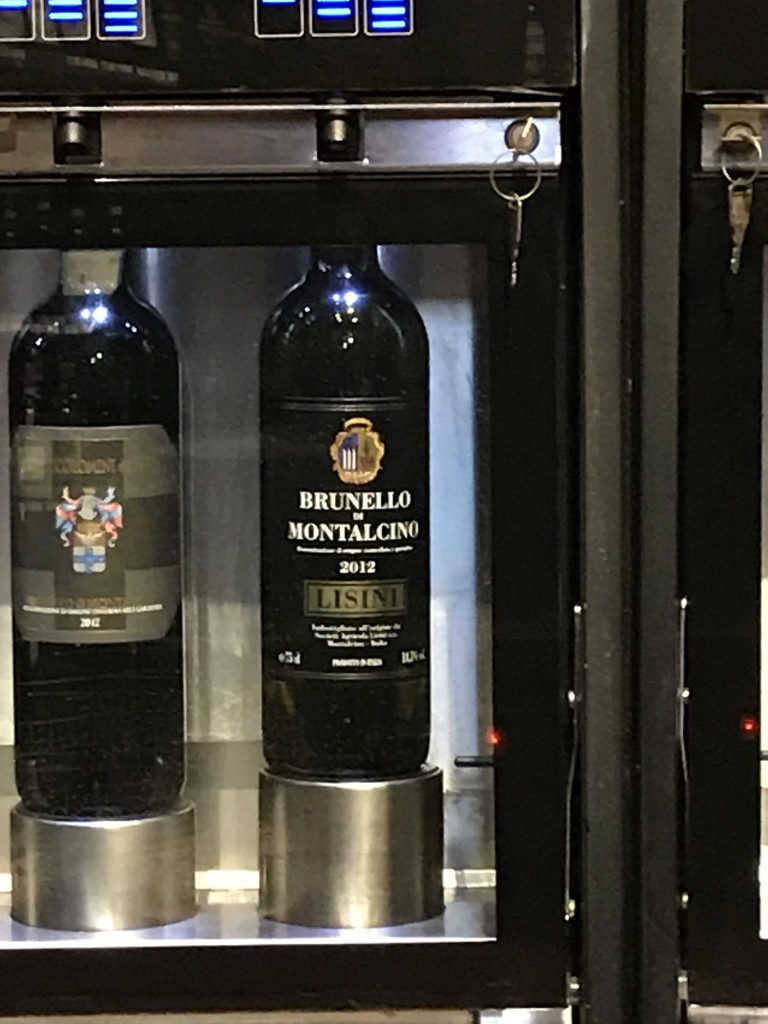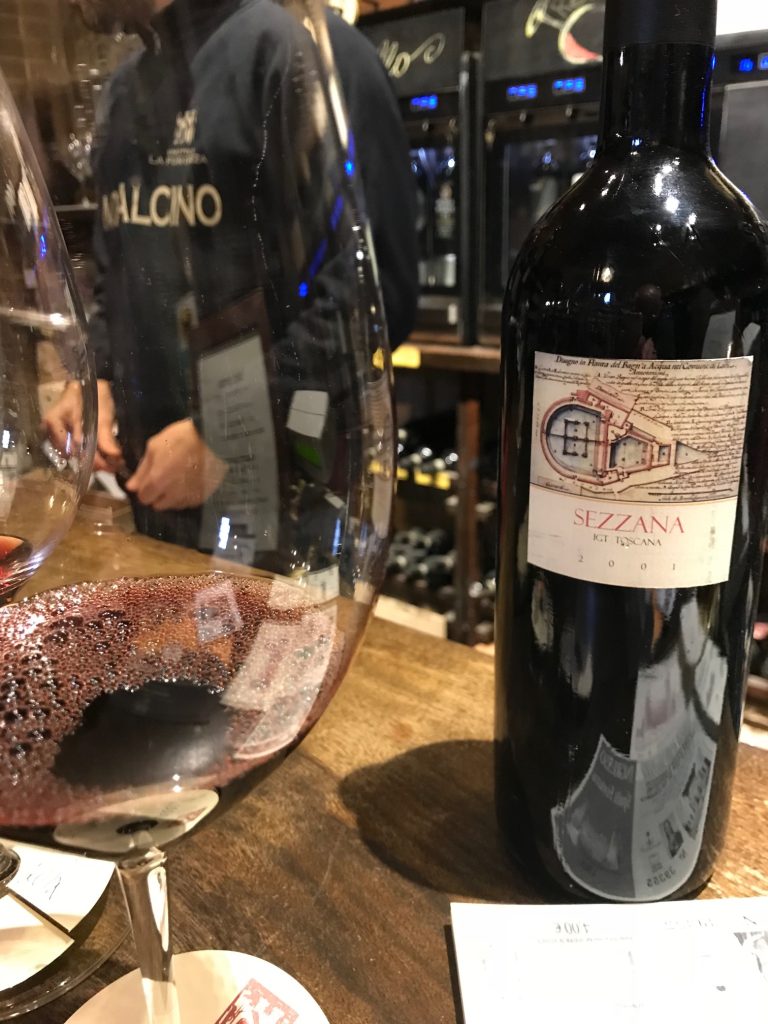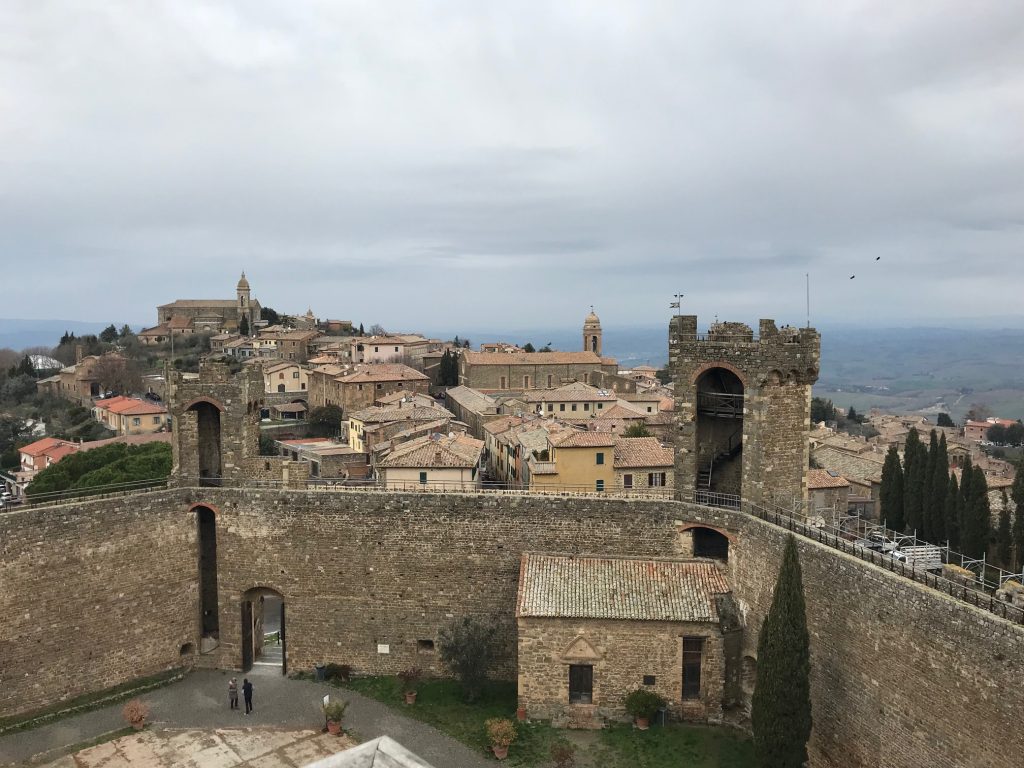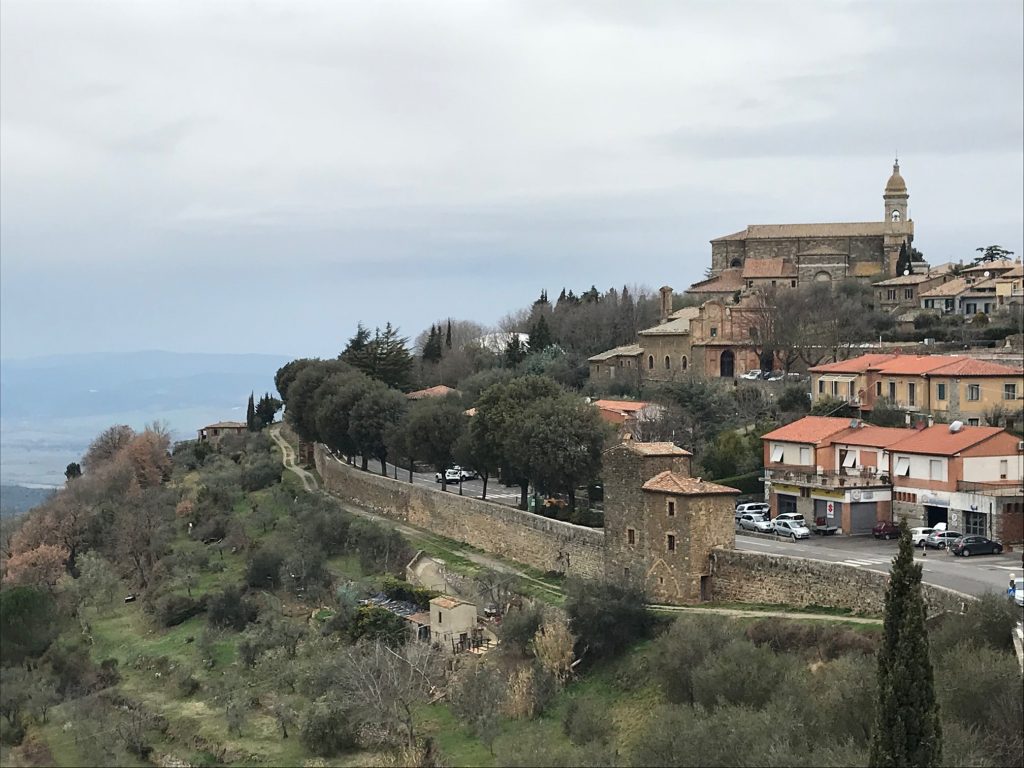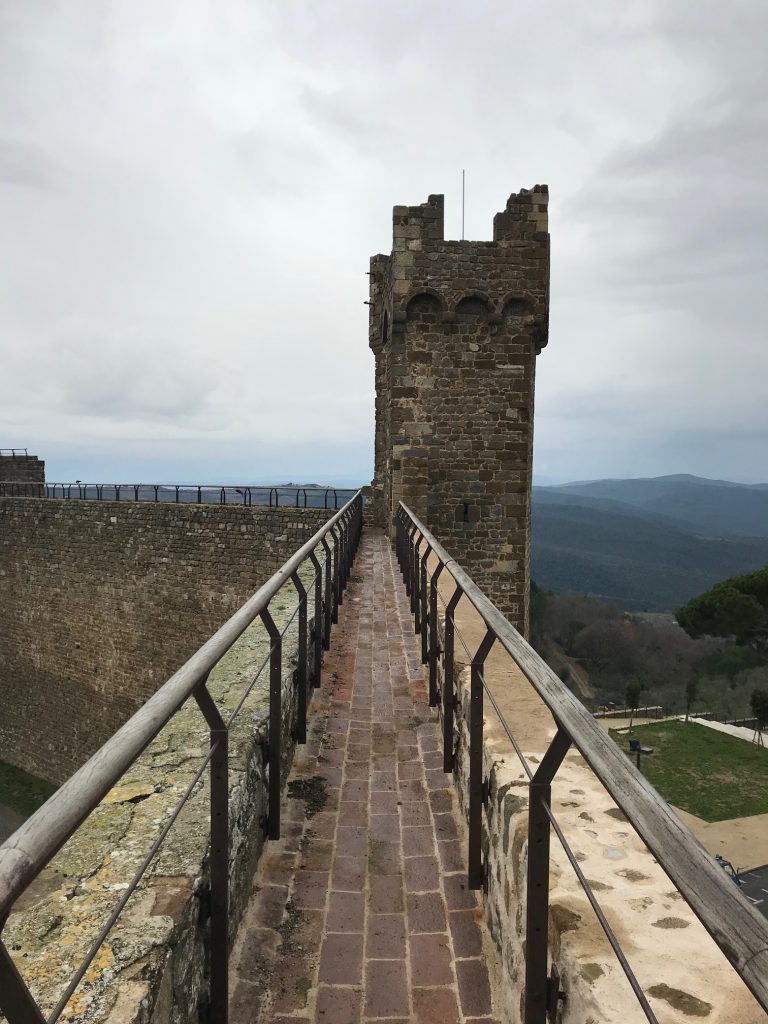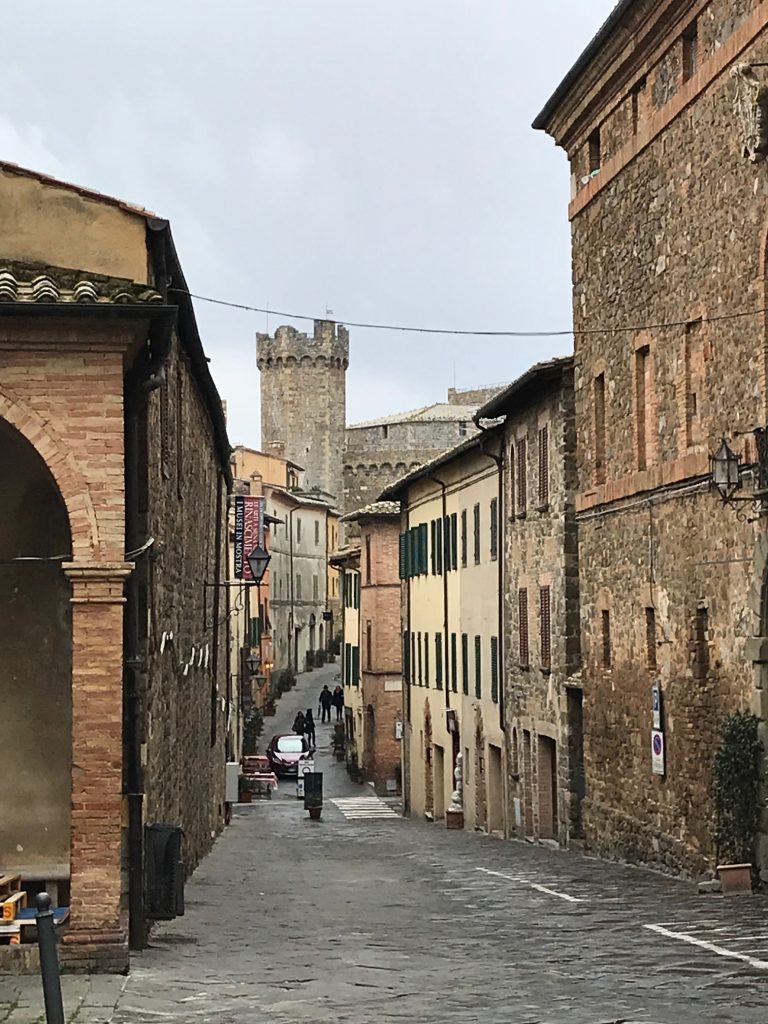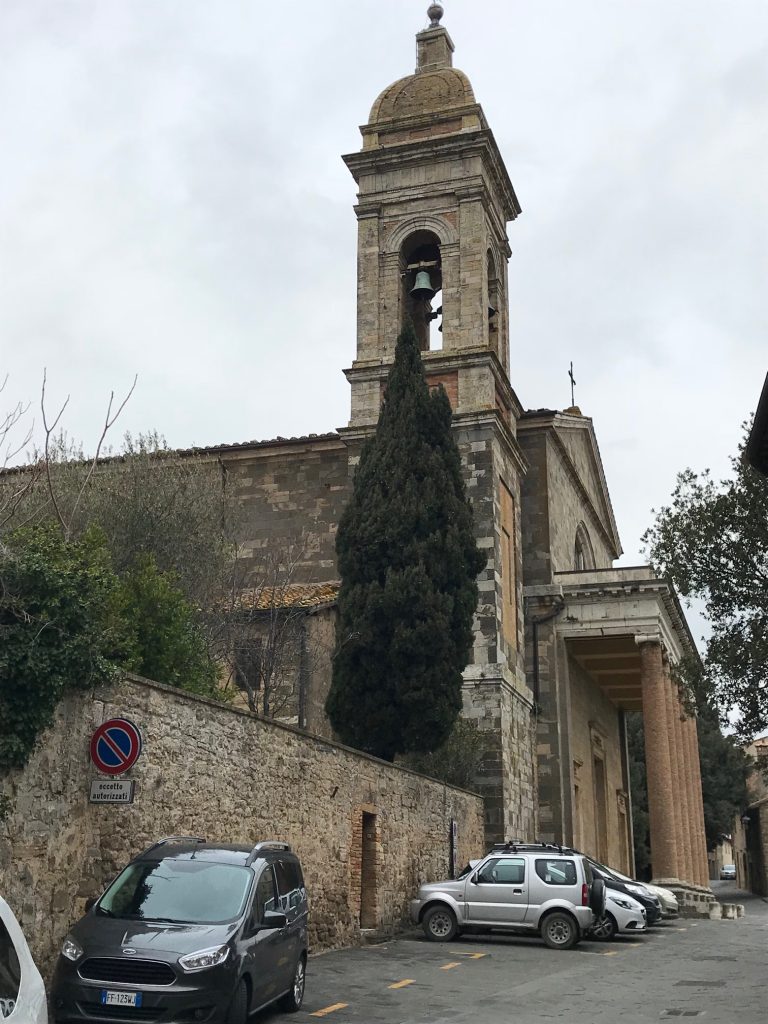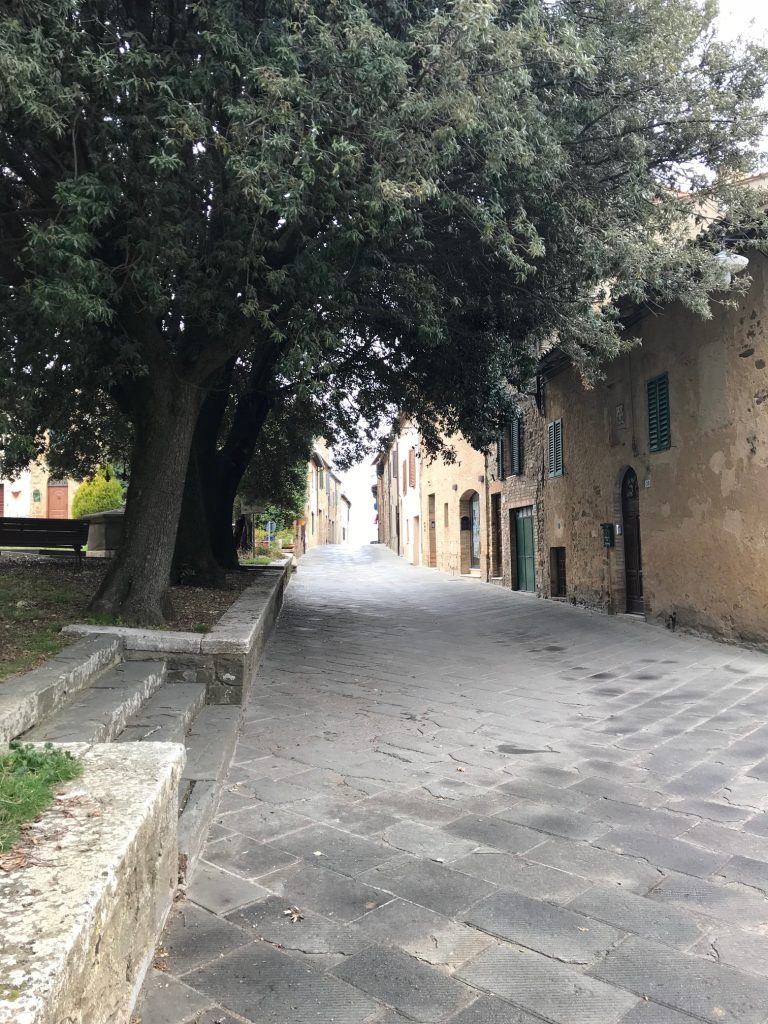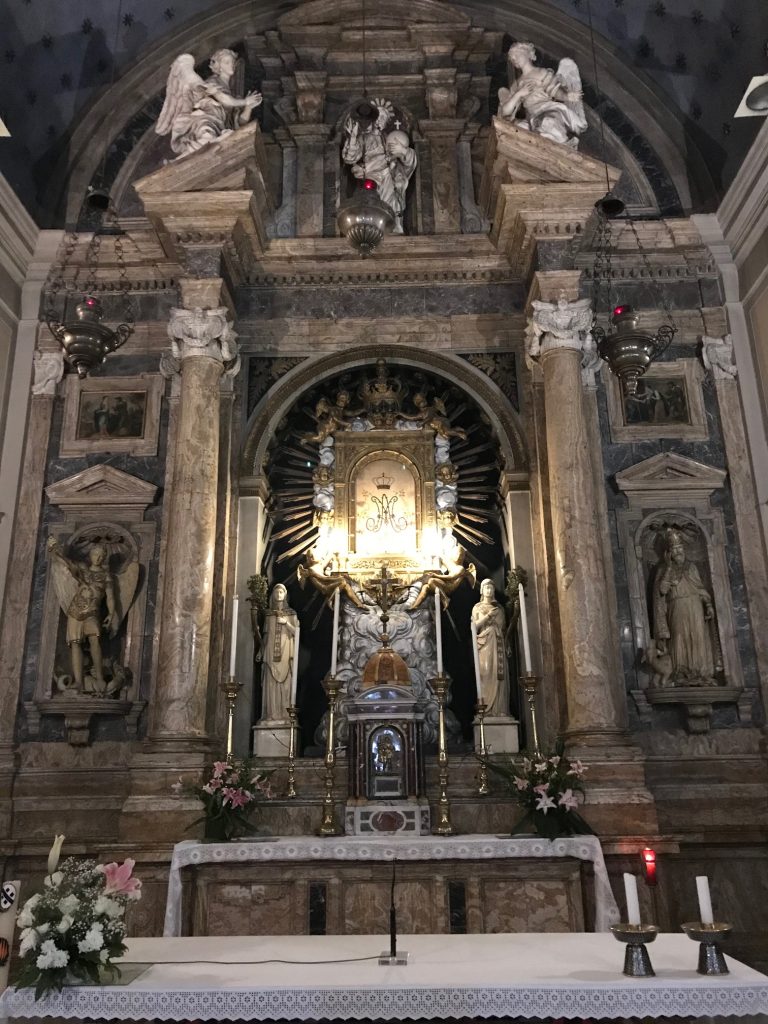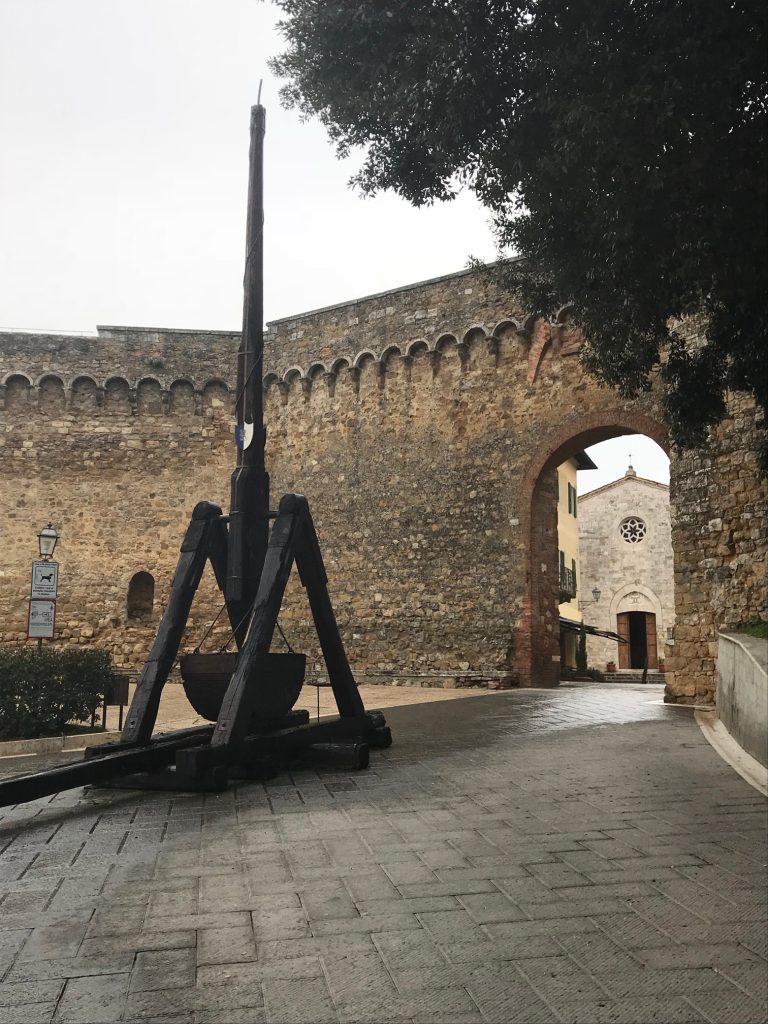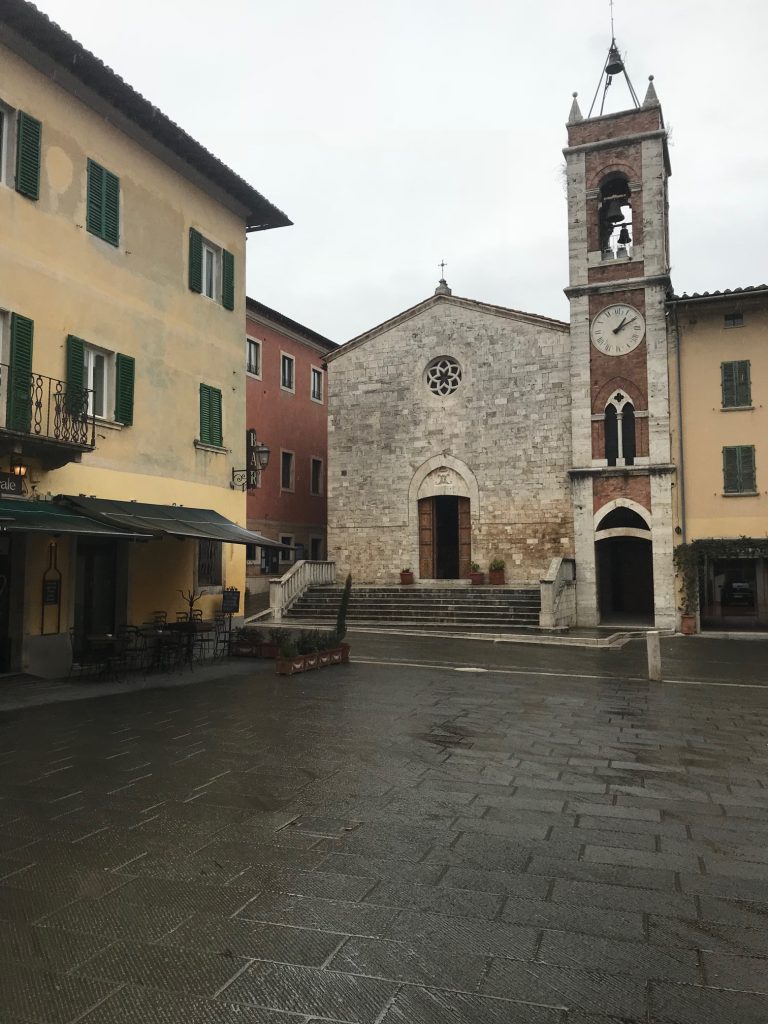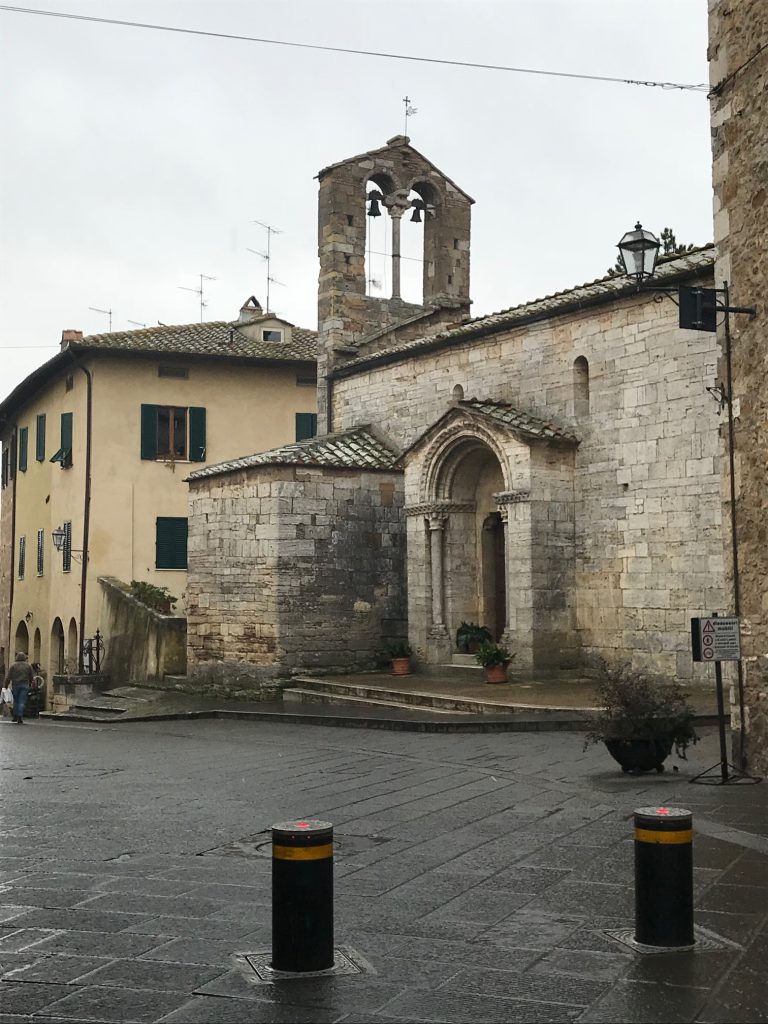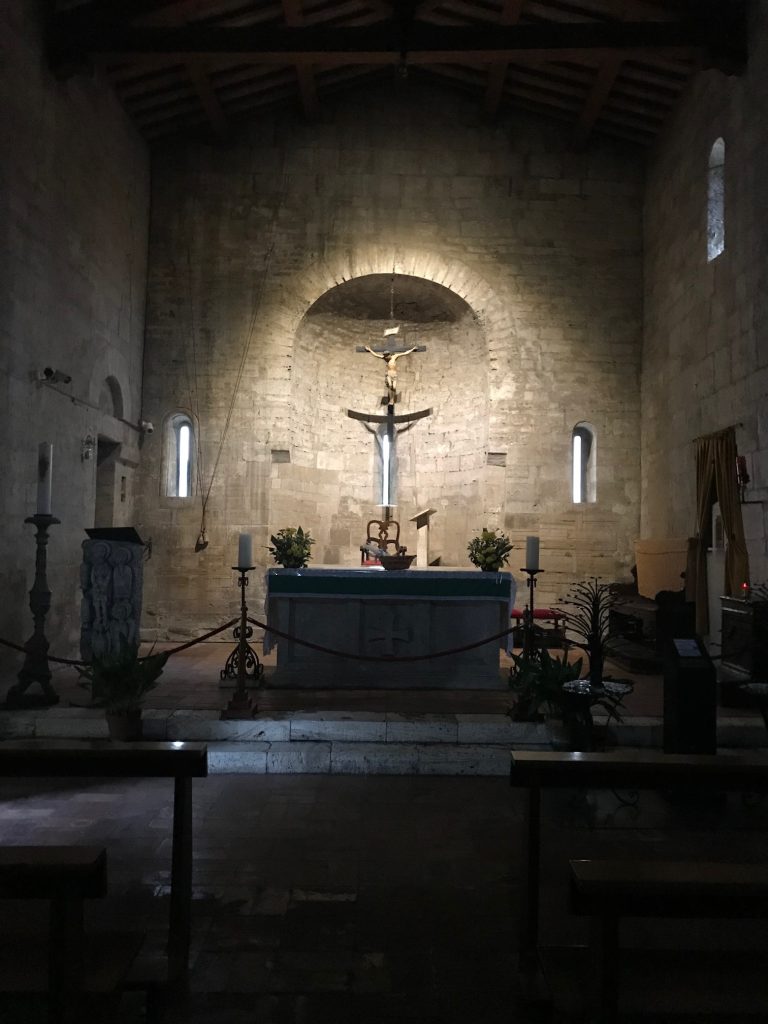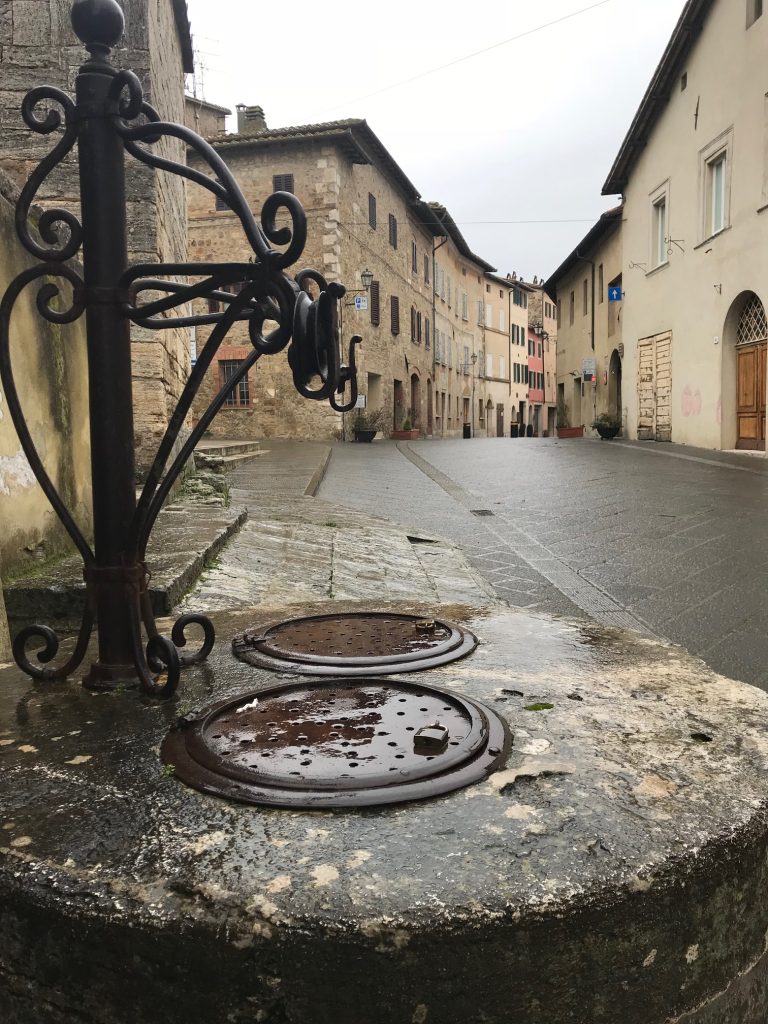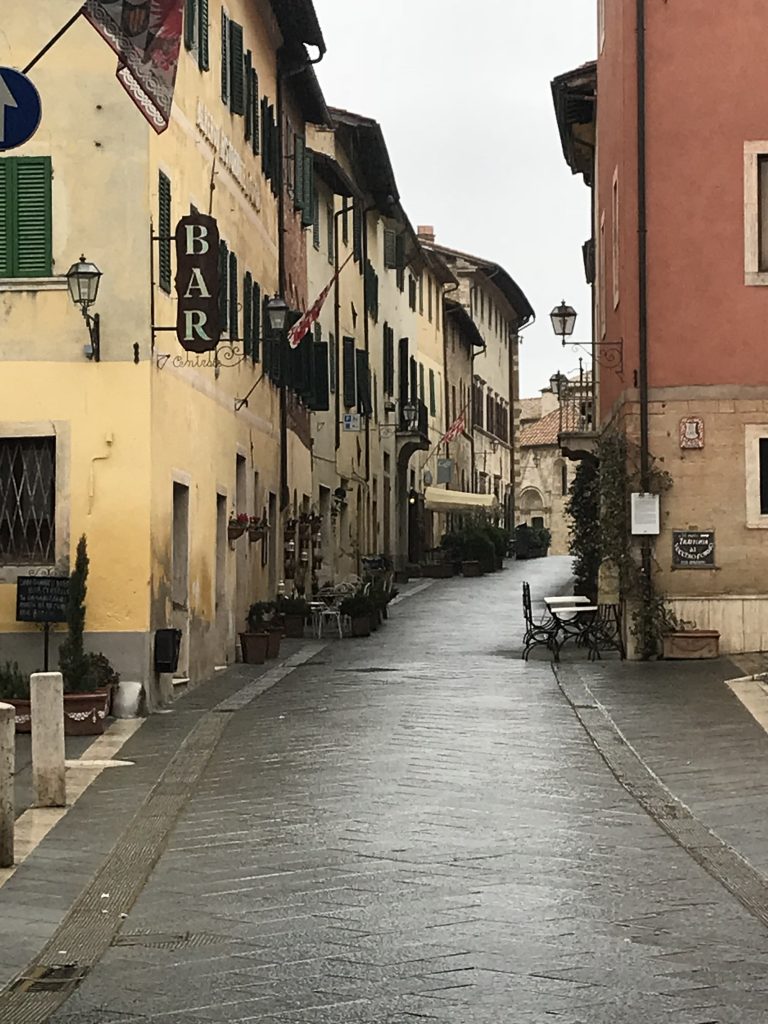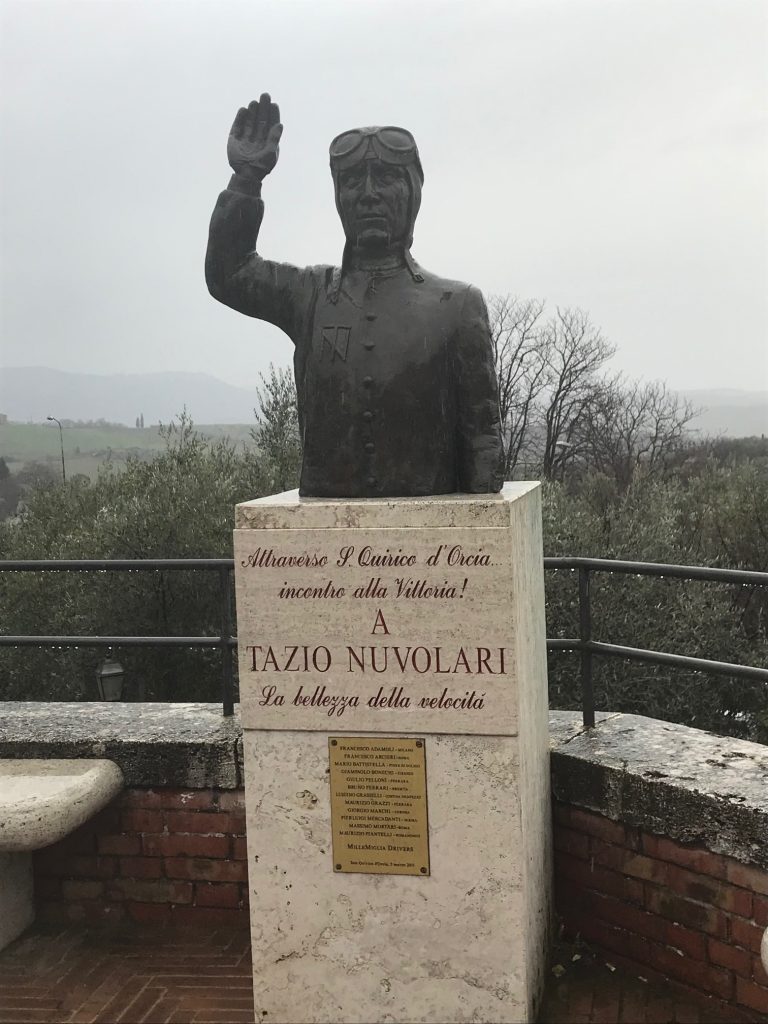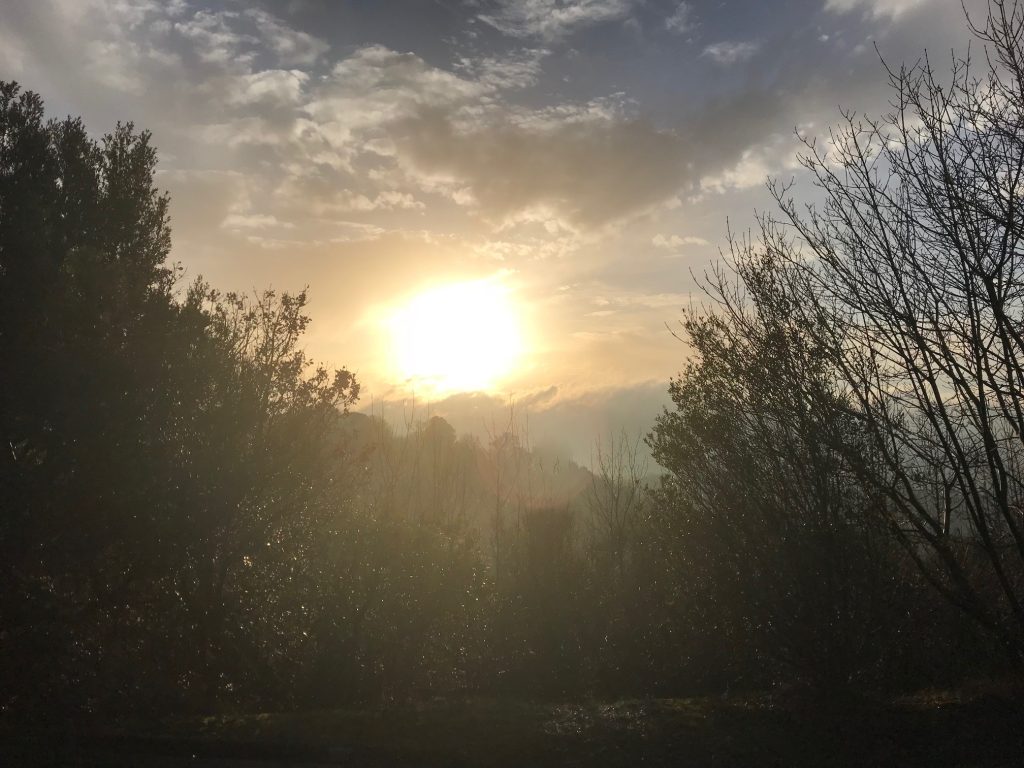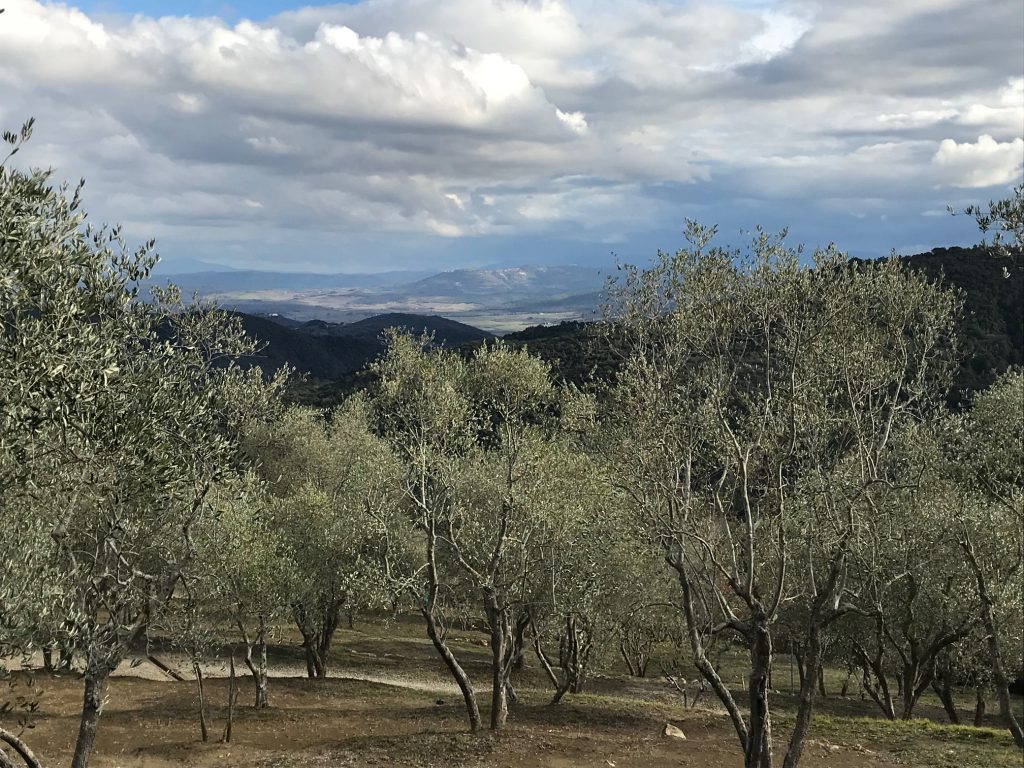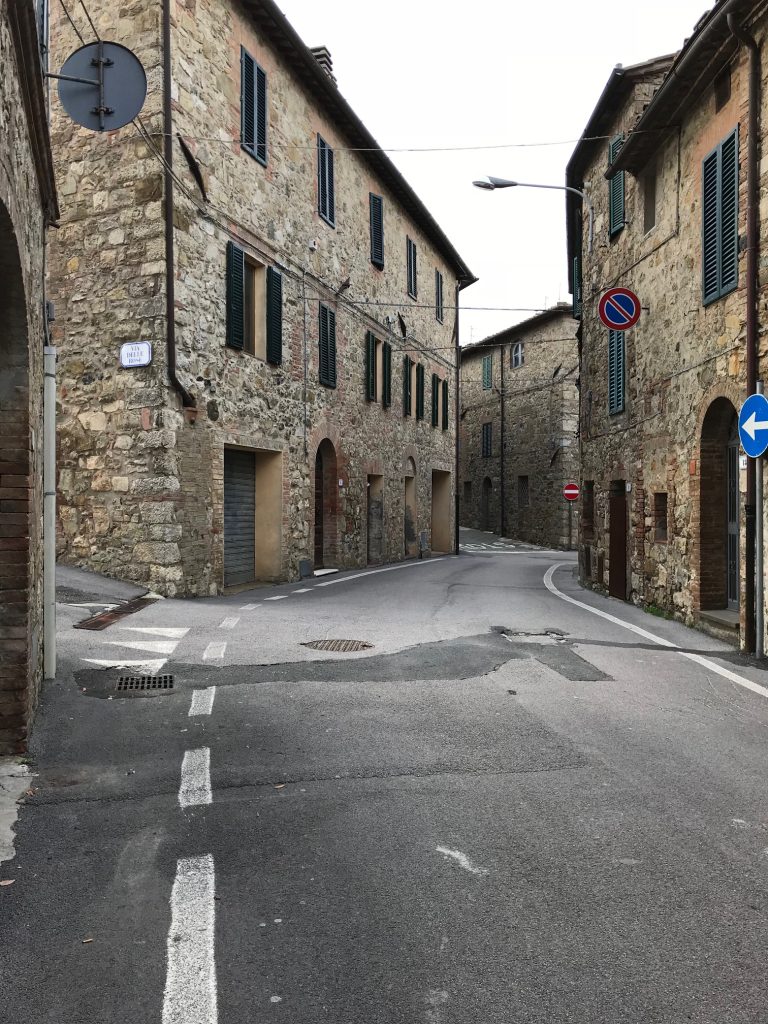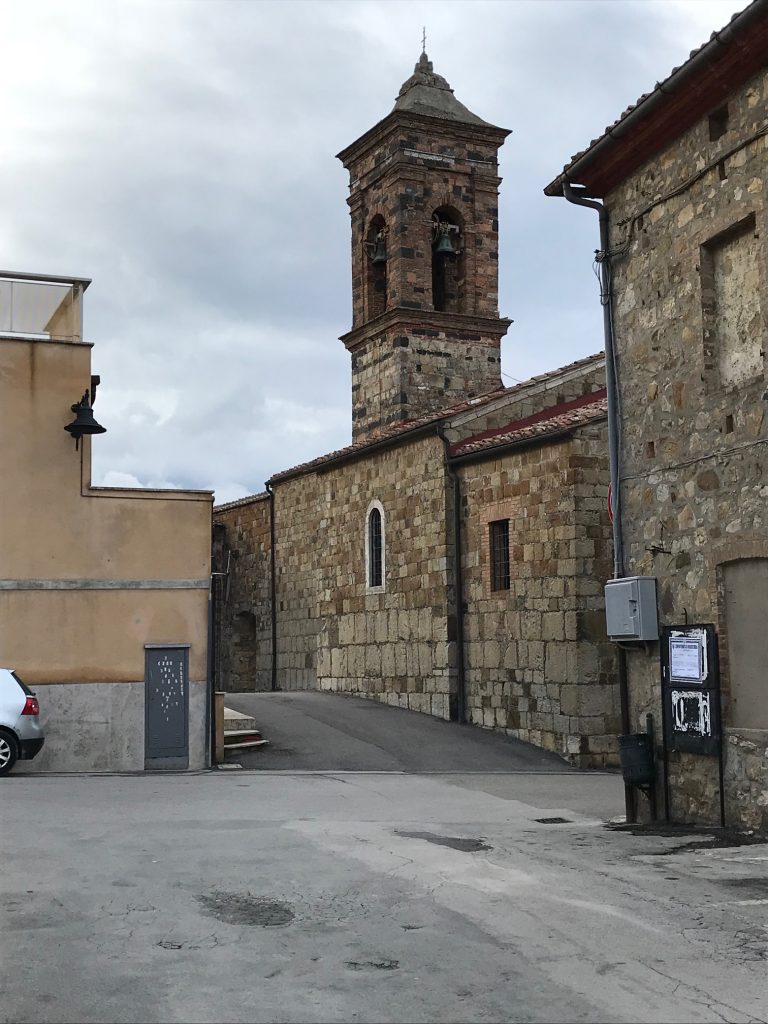Apologies. For many reasons (but mostly as a result of my website account having been temporarily suspended by Namecheap) it has been well over 3 weeks since I’ve been able to update the blog. During this time, we have continued our travels around Europe (it’s 22 June 2025 now and we are currently in the north eastern Dutch Province of Friesland) but; I’ve taken hundreds of photos and made copious notes about the places we have visited and; I’m reasonably confident I can bring the blog up to date in the not too distant future (barring any further unseen complications). Of course, the entries may be a bit shorter than normal.
I mentioned in my last entry (Suvereto, Tuscany, Italy) that Vanya has the bit between her teeth with regards to camp sites and had booked us into another Hu site (Hu Camping Orbetello – near Monte Argentario) which she wanted to check out. I think she sometimes forgets she is no longer a travel agent. No matter. Although nowhere near as impressive as it’s sister site (Hu Camping Norcenni in Figline Valdarno), there’s nothing wrong with Hu Camping Orbetello except it is a long walk from the campsite to the two places on the Monte Argentario peninsula which I most wished to see, namely Porto Santo Stefano and Porto Ercole. Result – I did a great deal of walking but ultimately missed out on Porto Ercole.
We made an early start from Figline Valdarno and travelled about 150 kilometres down through Grosseto to the campsite which is situated on a thin spit of land to the north of Monte Argentario. This thin stretch of land, which being made of sand is called a tombolo in these parts, separates the Laguna di Ponente from the Tyrrhenian Sea, which is part of the Med. Shortly after arrival I went walkabout along Strada Provinciale Giannella (SP161) which stretches the length of the tombolo and on into Porto Santo Stefano. It was a long, hot walk but it was easy enough until I reached the hamlet of Pozzarello; where the verge disappeared and I was compelled to walk along a very unsafe, narrow, winding road full of would be Italian F1 drivers. It wasn’t a long stretch of road and it soon gave way to a pedestrian path which followed the long disused railway line into the town but, it really wasn’t pleasant.



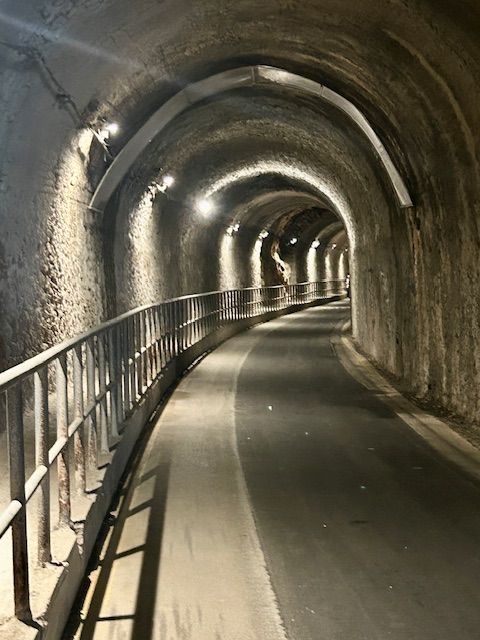
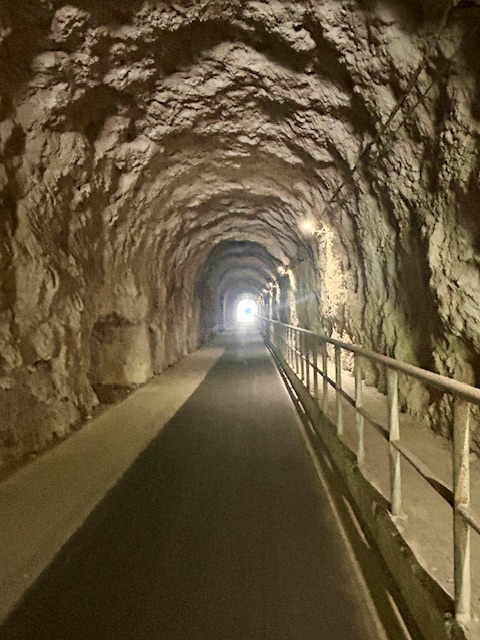
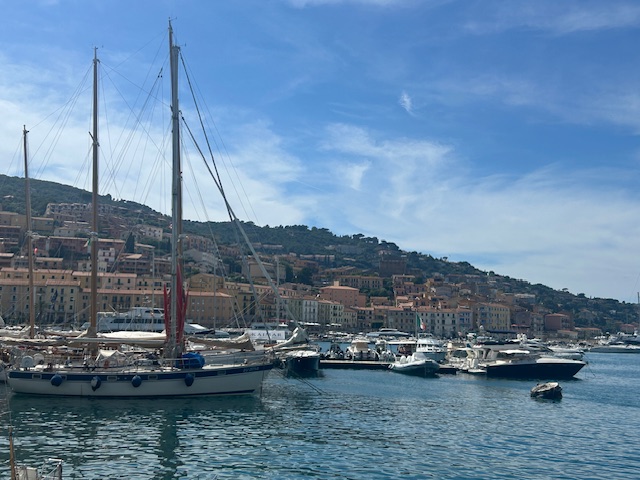
Monte Argentario and Porto Santo Stefano are sometimes referred to as Tuscany’s answer to the Amalfi Coast. Certainly, much of the peninsula’s coastline is picturesque and some of it’s villages are as arresting as those on the Amalfi Coast but… Porto Santo Stefano? Definitely not. Porto Santo Stefano is a small, pretty town with some considerable character but it doesn’t have the charm of the Amalfi Coast towns (e.g. Positano, Ravello, Maiori or Amalfi, etc). No, I think Porto Santo Stefano, with it’s abundant wealth and privilige, is better compared with Liguria’s Portofino or, more accurately, Rapallo. Neither Rapallo nor Porto Santo Stefano have the quiet sophistication of Portofino and/but, unlike tiny Portofino, their harbours can accommodate numerous large, very expensive motorboats. I feel a rant coming on.

Porto Santo Stefano’s beaches are fine (of those in and immediately around the town, Spiaggia La Cantoniera stands out) but; what I enjoy most about Porto Santo Stefano is it’s lively waterfront promenade (the Passeggiata lungo el Porto) which is dotted with just the right variety of cafes, bars and restaurants; a few shops (including two really impressive fish counters) and; two ice cream booths (selling the very best Italian ice creams). It’s a great place to sit and watch the world go by.
On the down side, there are far to many ostentatious motorboats cluttering not only the town’s TWO port areas (the old Porto Vecchio and the new Porto del Valle) but almost every available remaining inch of the beautiful quayside. The quayside should be reserved for traditional fishing boats, not giant motorboats and; the overweening owners of these behemoths should be instructed to anchor them offshore or, at least, to keep them in the port areas and leave the quayside for local fishing boats. I mean, how is anyone supposed to take decent photographs with these monstrosities obstructing any and all decent photo opportunities? Rant over. I think I need to stop and have a glass of wine.
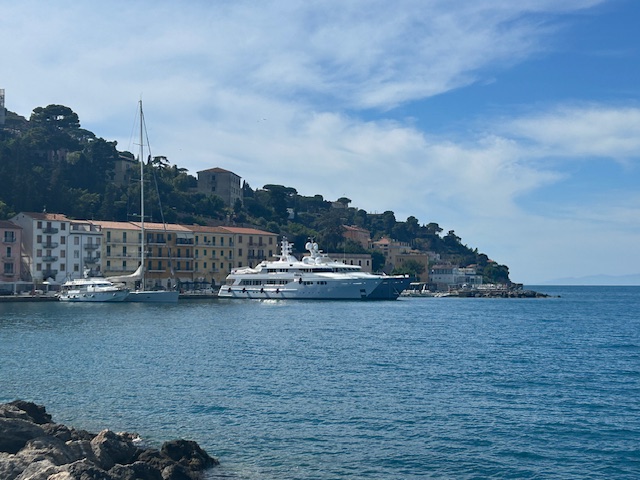
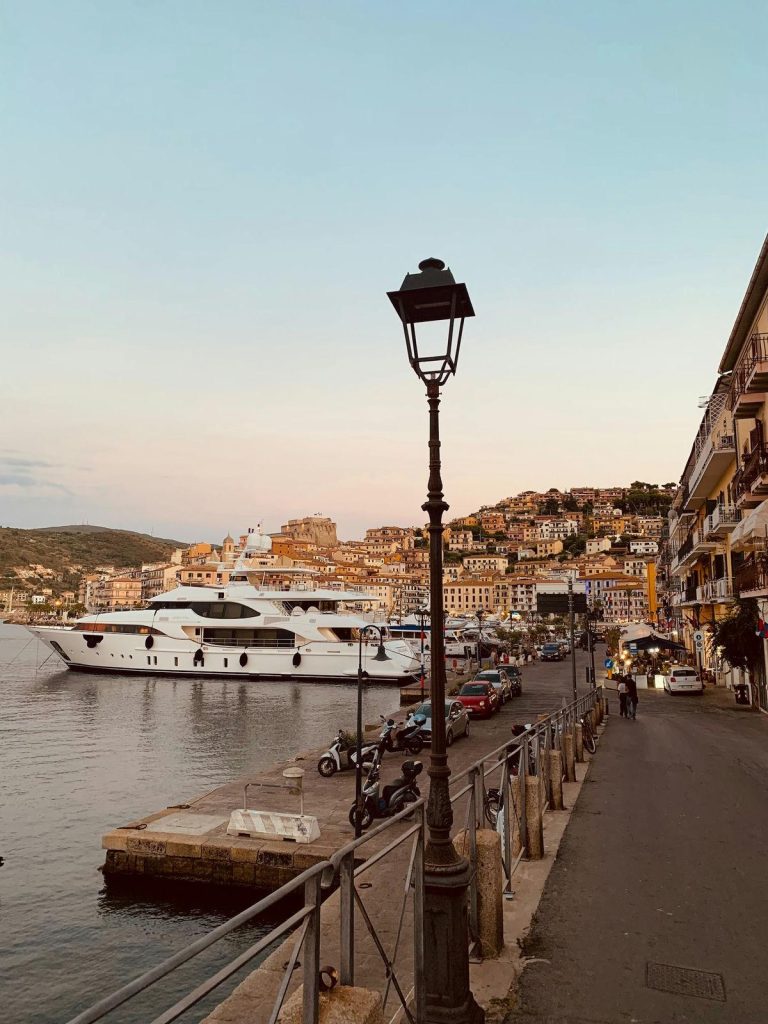
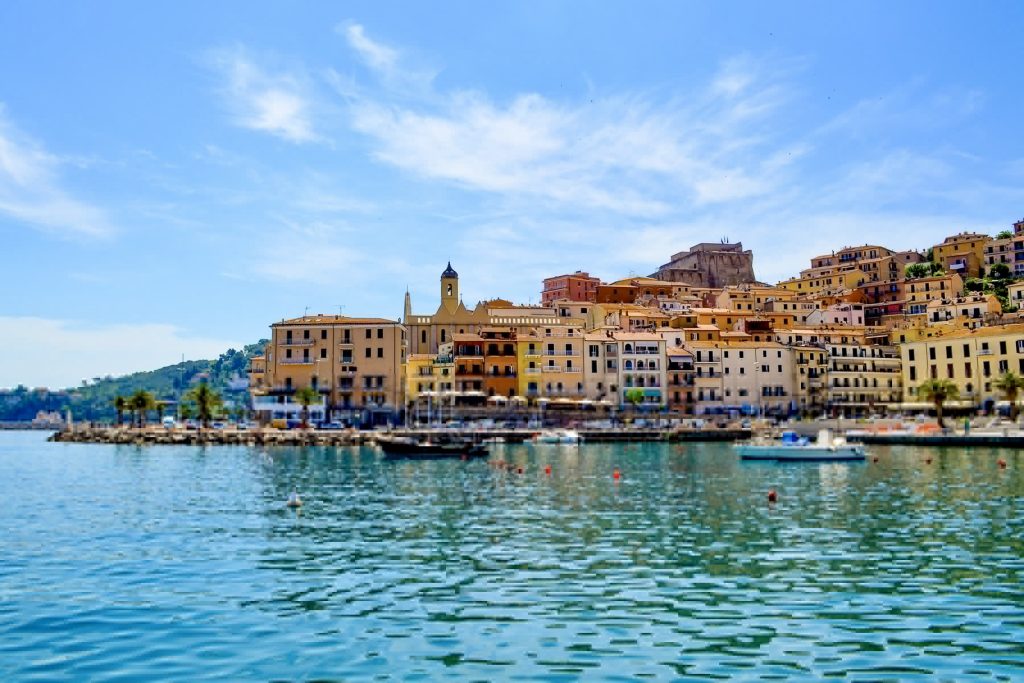
The walk into town in the day’s heat took more out of me than I thought and I spent far too long sitting, enjoying a very large beer (and an ice cream) on the seafront. I did find the energy to wander some of the old town up and around the 17th century Spanish Fortress but I wasn’t inclined to enter the fortress which contains a small museum but, for the most part, is now given over to cultural events and exhibitions. I also took a quick look inside the town’s principal church, the Chiesa Santo Stefano, but; with the long walk back to the camp site ahead of me, there was never going to be enough time to visit Porto Ecole. I understand Porto Ecole is considerably smaller and quieter than Porto Santo Stefano and I think I would prefer that but that will have to wait until another day.

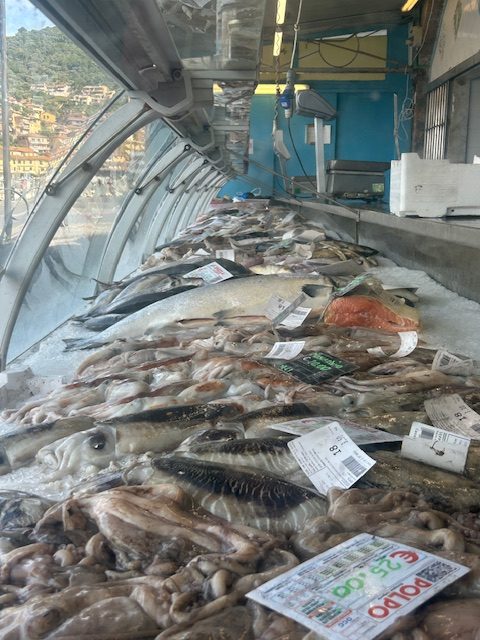
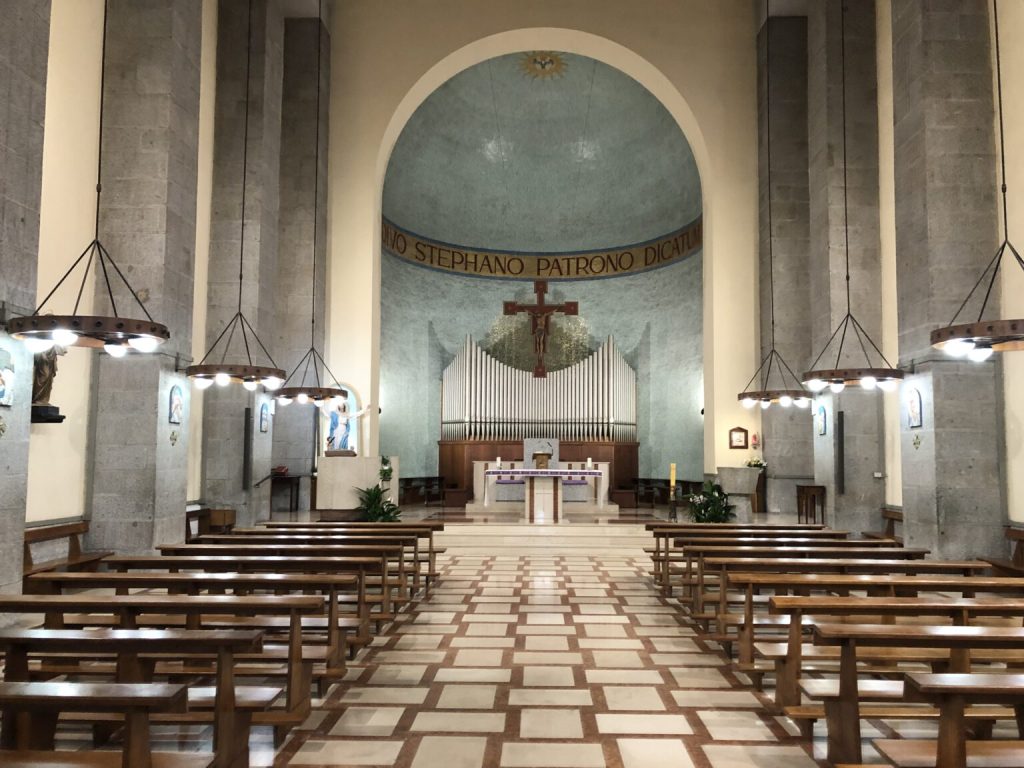
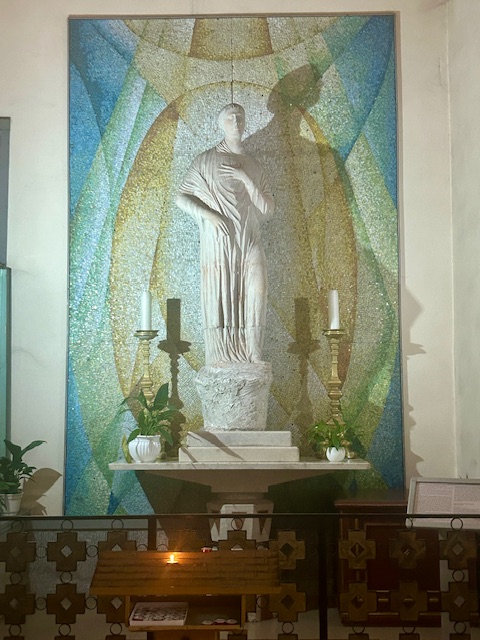
The last word goes to the camp site. It’s beaches are great…
